It’s commendable when a car design team comes up with an idea that defies convention, but while it has sometimes paid off, the envelope can be pushed either too early, or the wrong way entirely.
From electric cars that came too soon, to concepts to change the face of mobility as a whole, these are the outlandish cars that tried in vein to be inventive.
Sinclair C5
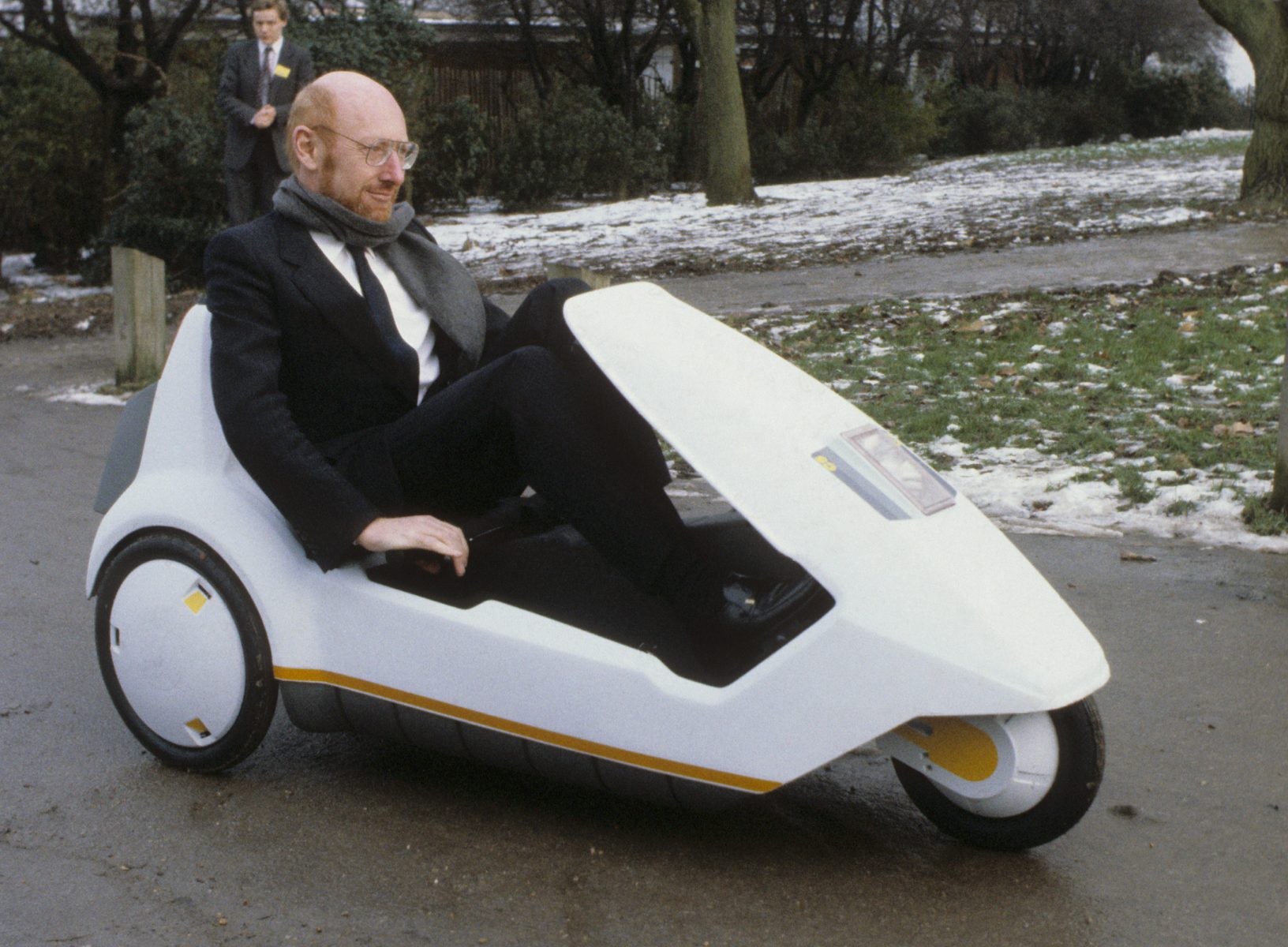 Sir Clive Sinclair made headway in the early days of computing with his eponymous company and products like the ZX Spectrum, but not all ventures equated to success for the entrepreneur.
Sir Clive Sinclair made headway in the early days of computing with his eponymous company and products like the ZX Spectrum, but not all ventures equated to success for the entrepreneur.
His interest in electric cars resulted in the formation of Sinclair Vehicles, which debuted the pedal-assisted C5 in January 1985. Production had stopped by August, and the company as a whole went into liquidation in November, after sales and reviews of the early EV proved equally poor.
While the C5 still retains something of a cult following today, don’t expect a revival any time soon; the concept is likely not best suited to the modern world of legislation and lawsuits.
General Motors EV 1
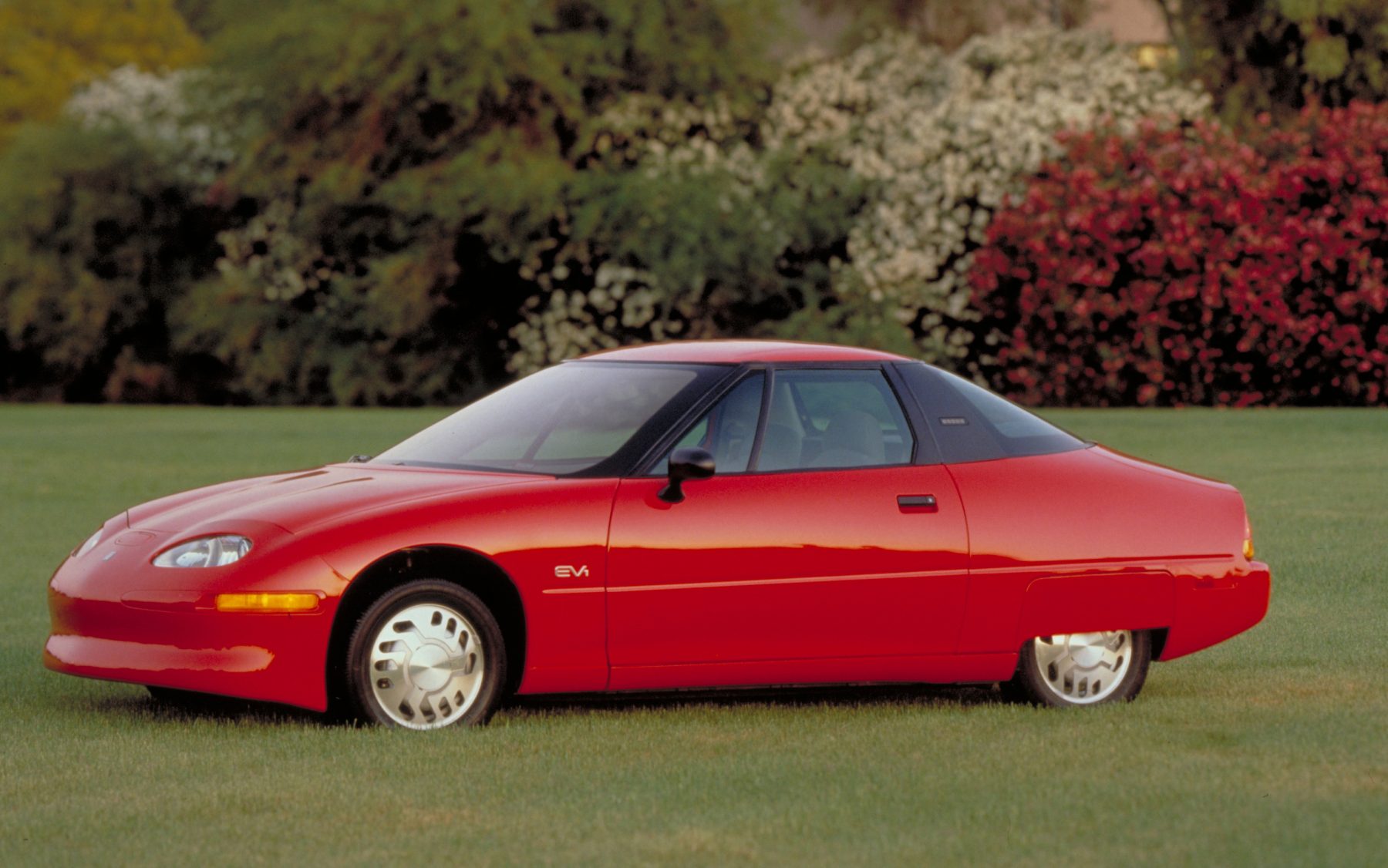 With a touted electric range as high as 160 miles (for post-1999, second-generation cars), and charging times that still don’t read terribly today, the General Motors EV 1 looked like a real leap-forward in emissions-free motoring when it debuted in 1996.
With a touted electric range as high as 160 miles (for post-1999, second-generation cars), and charging times that still don’t read terribly today, the General Motors EV 1 looked like a real leap-forward in emissions-free motoring when it debuted in 1996.
The cars were distributed to the public on a lease basis, and in 2002, all of the cars were pulled from the road. Controversially, a majority were then destroyed, while others would arrive at educational establishments or museums in deactivated form.
While those who leased the cars understandably didn’t want to let them go, an alleged cost to GM of $250,000 per car versus a $300 per month lease fee may go some way to explaining the project’s demise.
Nissan GT-R LM Nismo
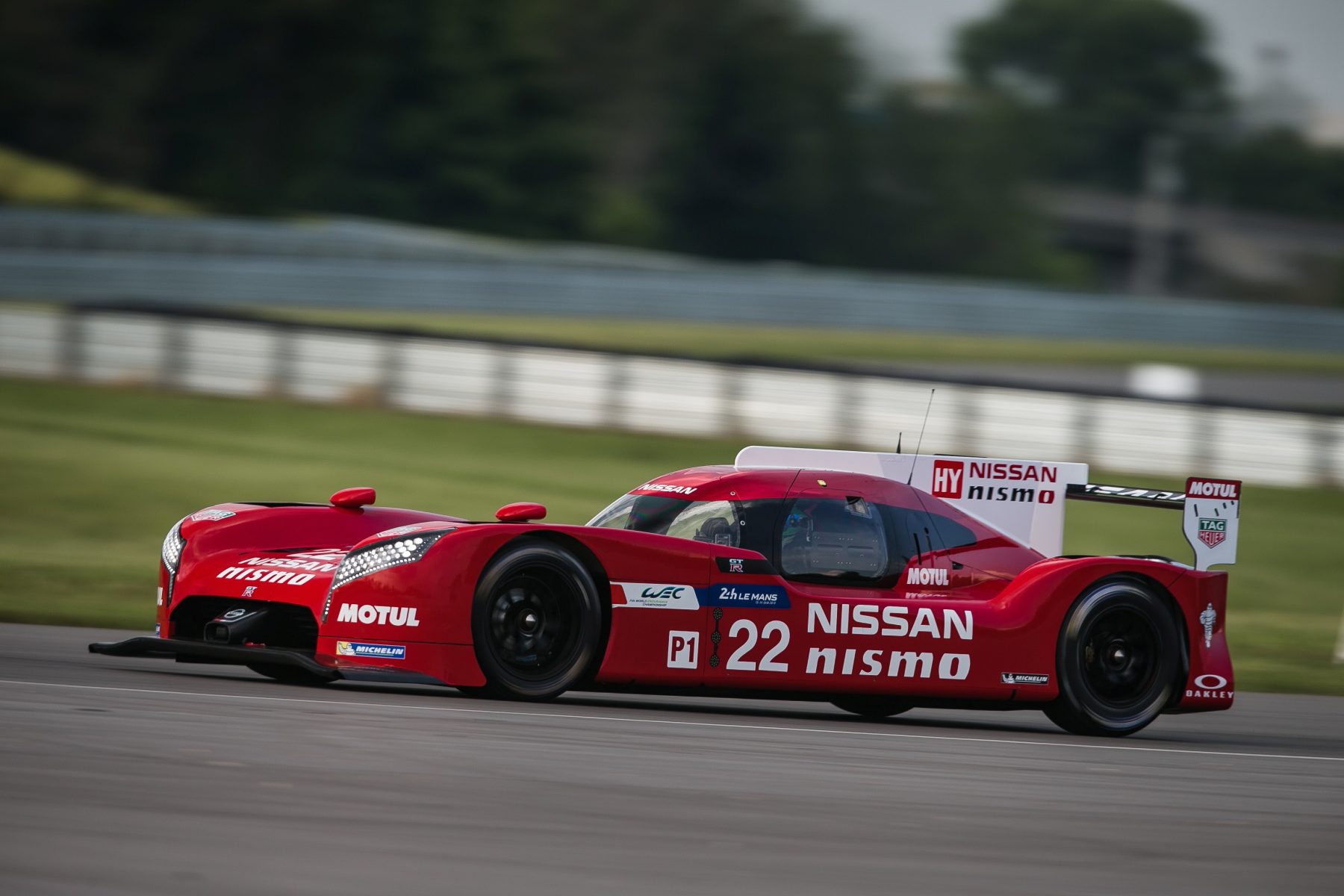 It is rare that we feature racing cars in lists of this nature, but it’s equally rare for a manufacturer this big to make something this radical, and for it to go this badly wrong. Nissan was hardly coy with the project, either; the GT-R LM Nismo even played a starring role in a Super Bowl advert in 2015.
It is rare that we feature racing cars in lists of this nature, but it’s equally rare for a manufacturer this big to make something this radical, and for it to go this badly wrong. Nissan was hardly coy with the project, either; the GT-R LM Nismo even played a starring role in a Super Bowl advert in 2015.
That year’s Le Mans 24 Hours saw the racing debut of the car, which was unique among its premiere (LMP1) class rivals for being front-engined. It also delivered its internal combustion engine power to the front wheels, with an electric motor delivering power to the rear axle.
Unfortunately, development for the GT-R was troubled, and on race weekend the car was 20 seconds per lap off the pace. None of the three entries were classified as finishers, and while development continued until the year’s end, the project was cancelled before it ever raced again.
Proton Gen-2
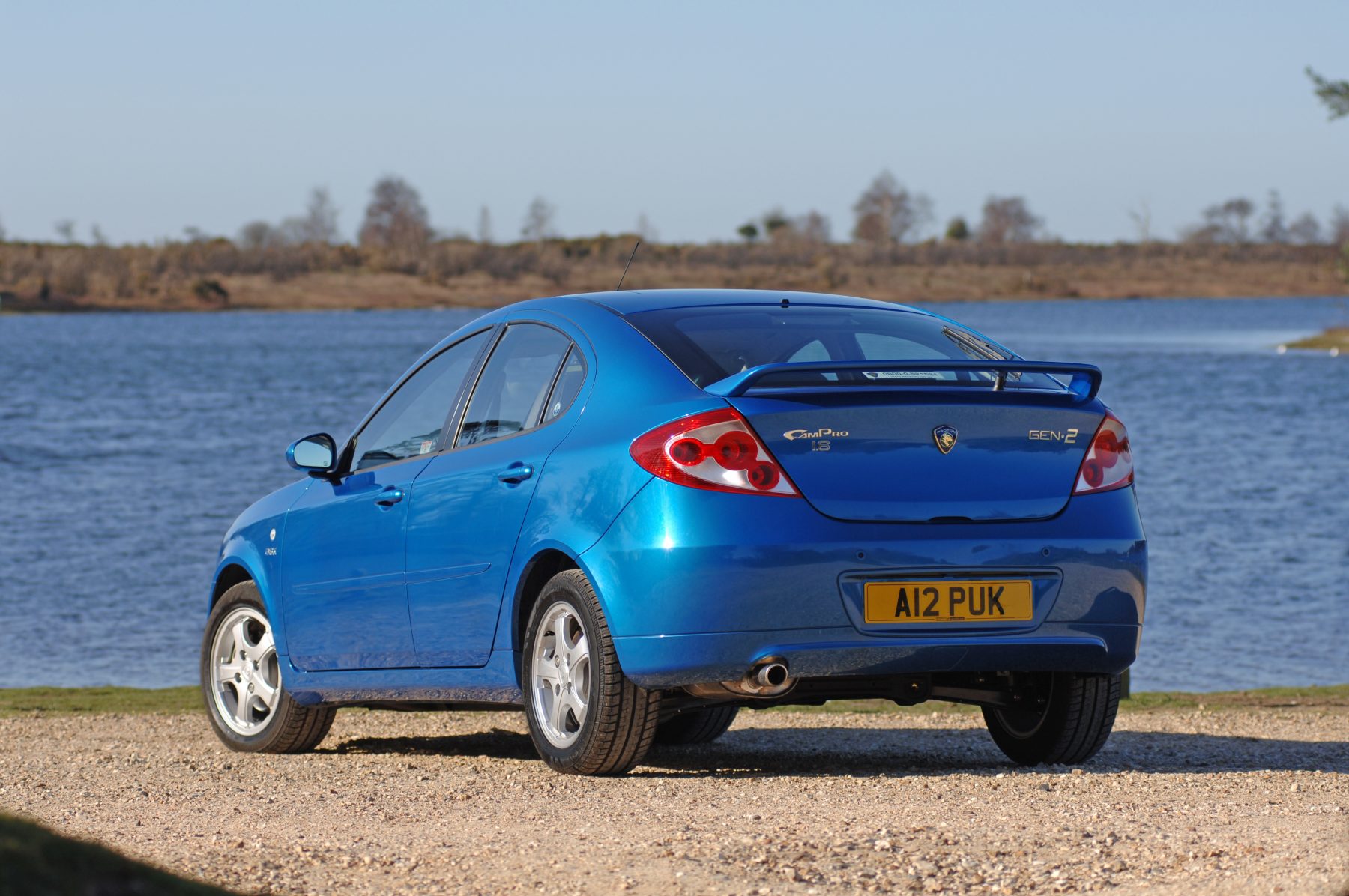 Sold in the UK as a unique ‘dual-fuel’ car, the Gen-2 could accept either petrol or LPG. The fact that it could be fuelled on the latter was touted as the main selling point for the Proton, which was a problem for two reasons.
Sold in the UK as a unique ‘dual-fuel’ car, the Gen-2 could accept either petrol or LPG. The fact that it could be fuelled on the latter was touted as the main selling point for the Proton, which was a problem for two reasons.
Firstly, LPG wasn’t readily available at many fuel stations when the Gen-2 arrived in 2008 – and it still isn’t a decade on – plus, beyond the duel-fuel gimmick, it wasn’t a particularly great car.
DMC DeLorean
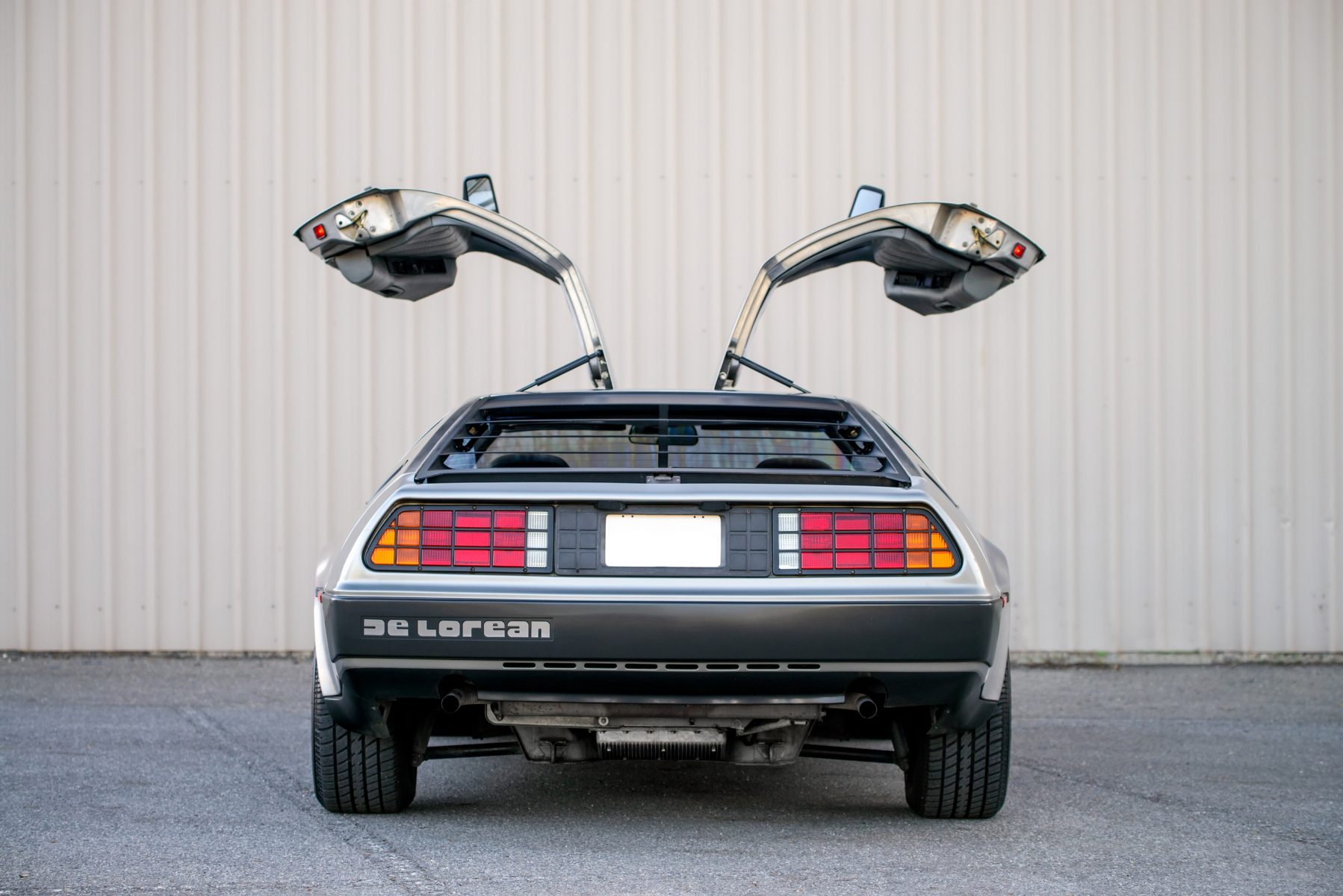 The worst thing a manufacturer can do is yell from the rooftops about proposed innovations, and then fail to deliver.
The worst thing a manufacturer can do is yell from the rooftops about proposed innovations, and then fail to deliver.
The DeLorean was supposed to feature a Wankel rotary engine, and the chassis was to be built using a new manufacturing method dubbed elastic reservoir moulding. However, both of these plans, as well as other outlandish ideas, had to be scrapped, and the car was instead almost completely re-engineered.
A brief production run of what proved to be an underpowered, far from perfect vehicle persisted from 1981 to 1983 in Northern Ireland. From there, it was destined to be a history book footnote, until Marty McFly arrived to propel the car to 88mph and perpetual cult icon status.
Aston Martin Lagonda
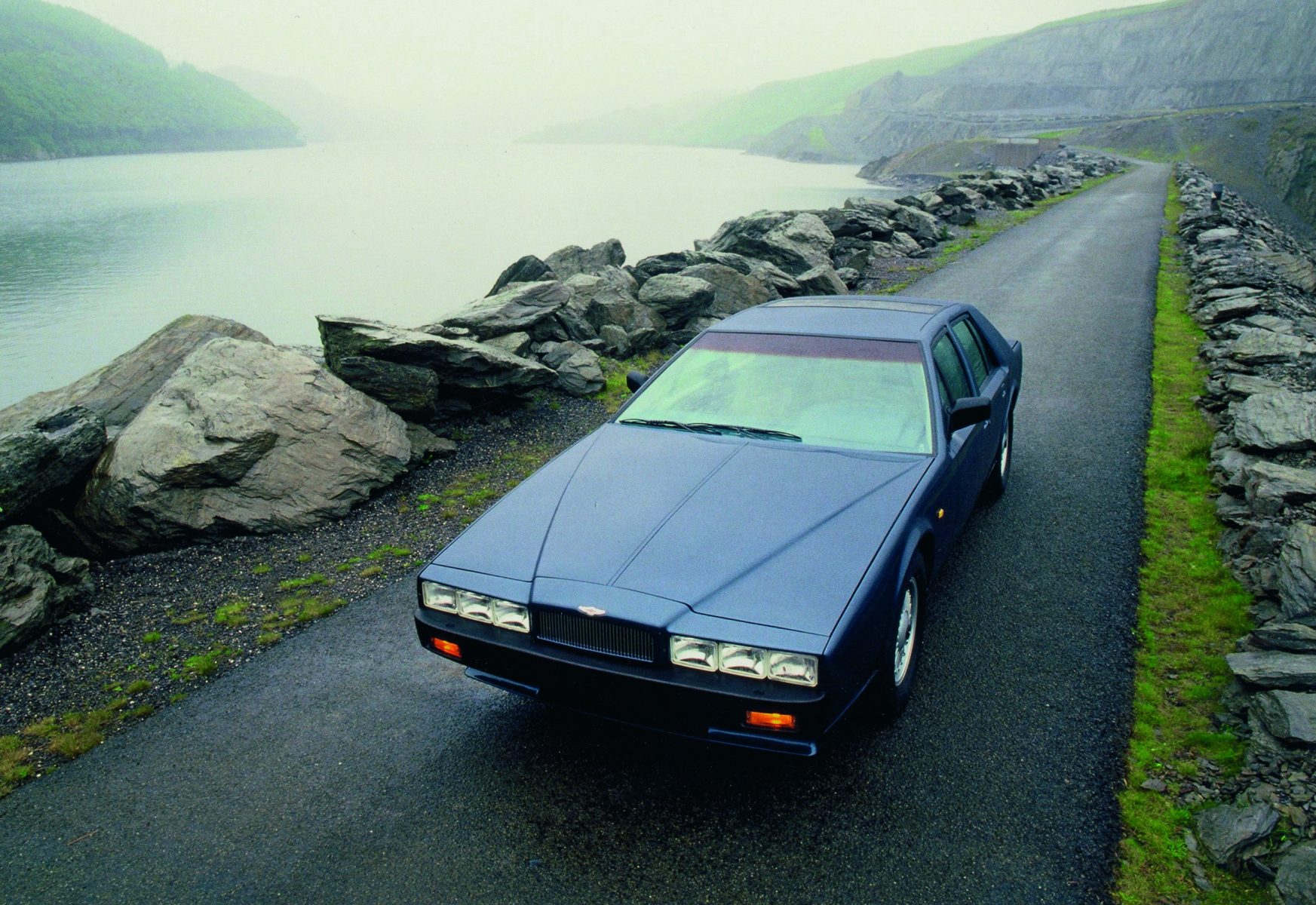 With a look that can generously be described as bold, the Lagonda really owed it to itself to be as radical as its design would have you believe. And to Aston Martin’s credit, it certainly tried.
With a look that can generously be described as bold, the Lagonda really owed it to itself to be as radical as its design would have you believe. And to Aston Martin’s credit, it certainly tried.
With LED dashboard displays, touch pad controls, a gas plasma display and plenty of other quintessentially 1970s innovations, the interior of the Lagonda was straight out of a Tomorrow’s World episode.
Unfortunately, these innovations were as unreliable as they were bewildering to customers, and despite soldiering on from 1974 until 1990, well under 1,000 were built and sold.

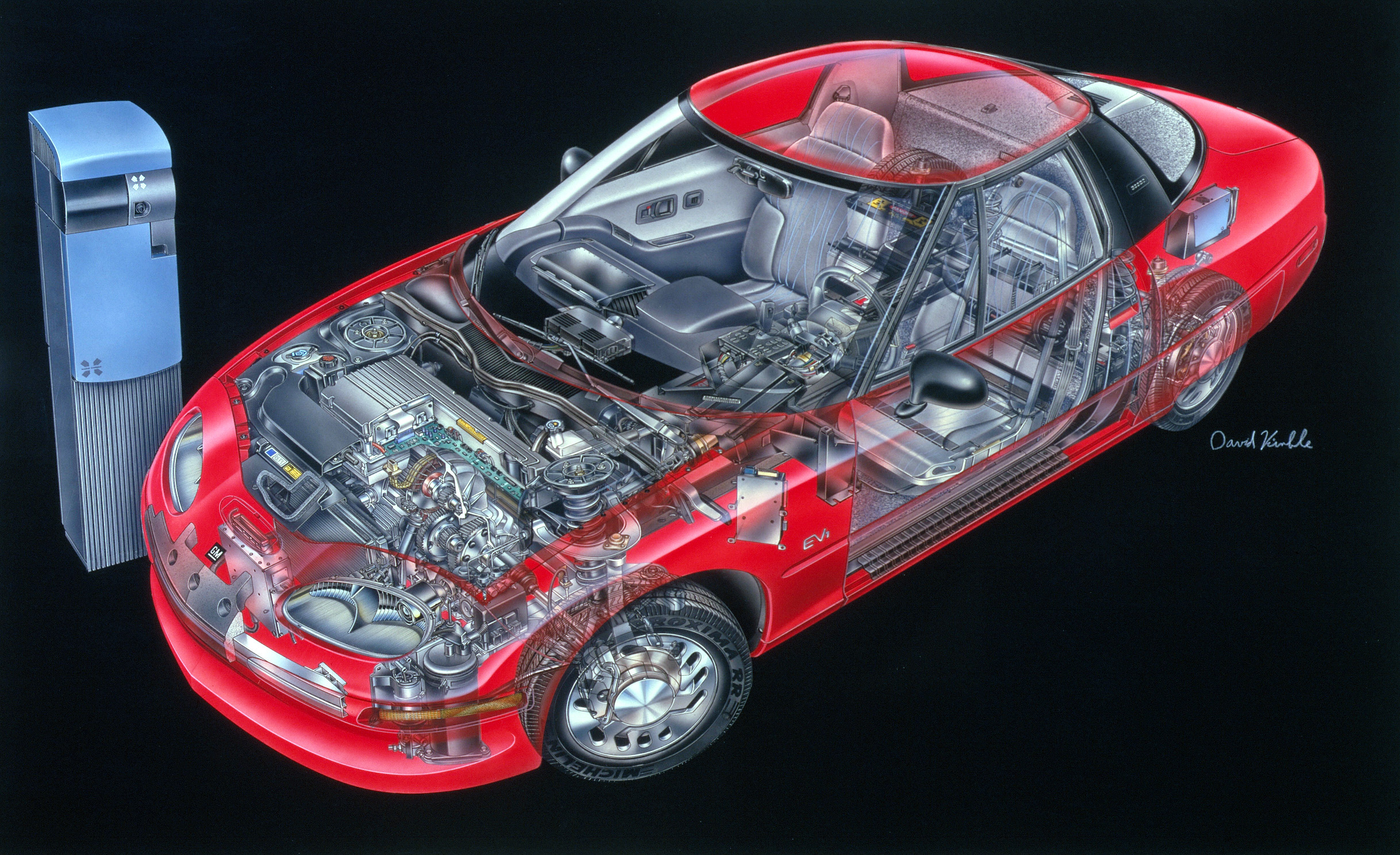
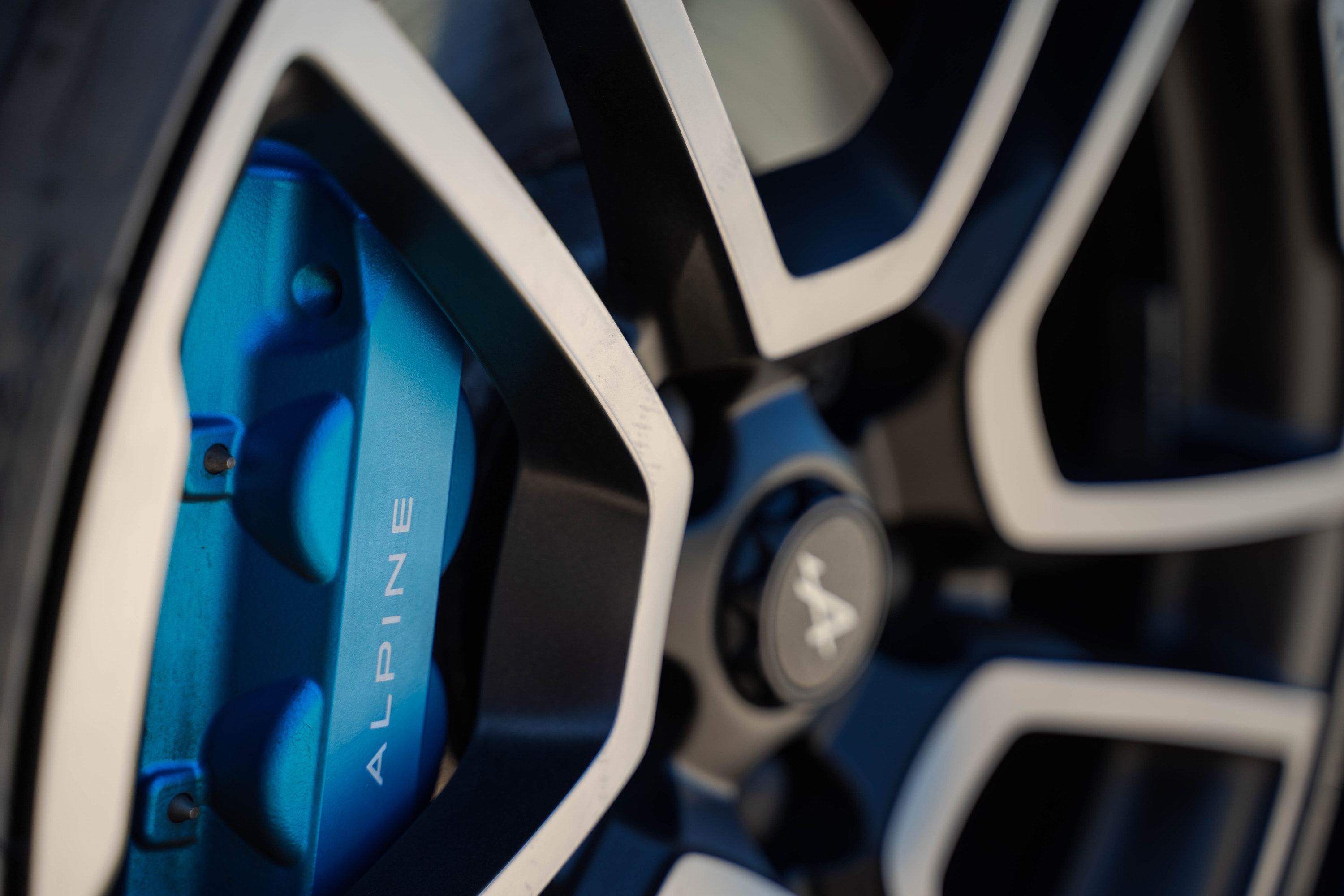
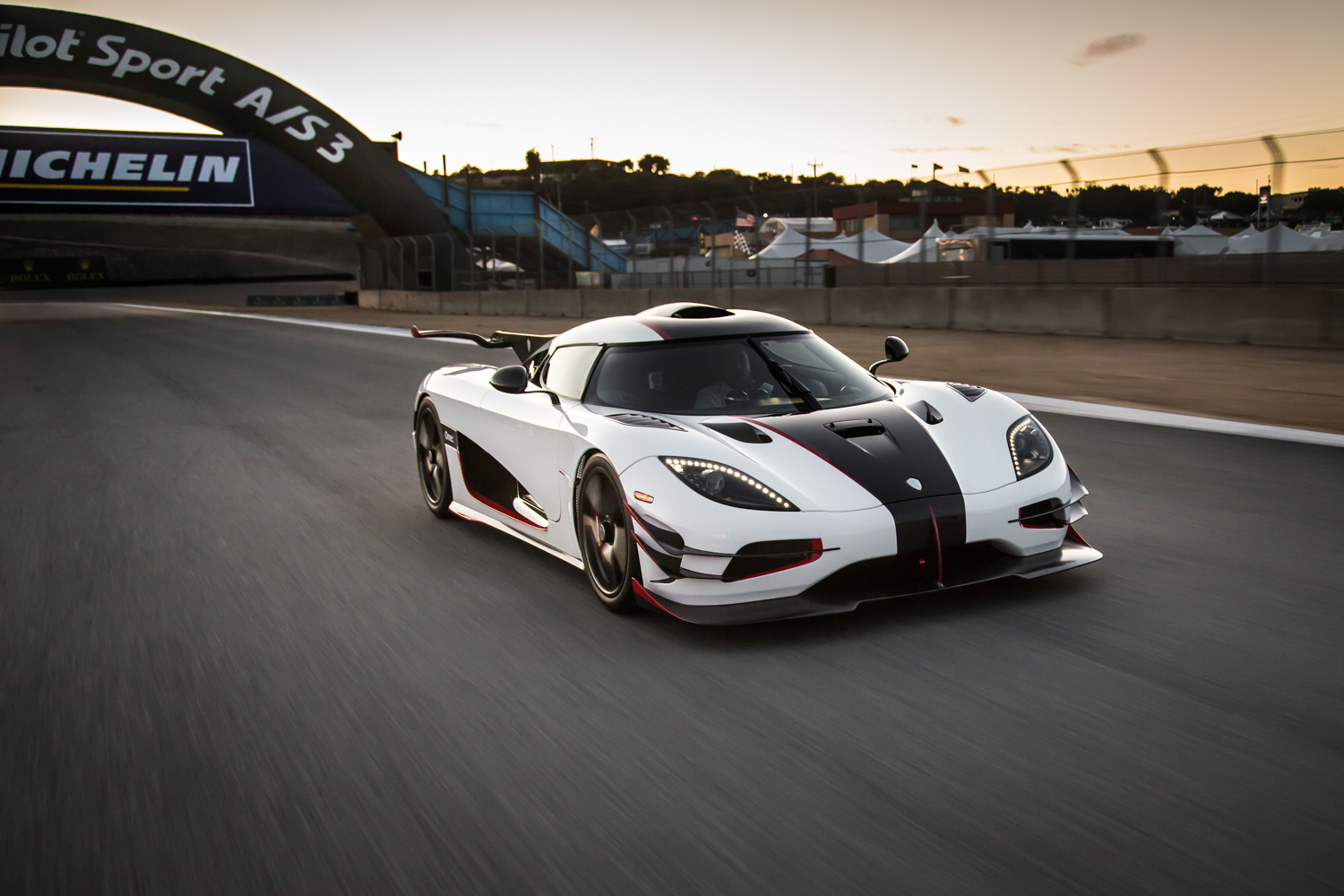
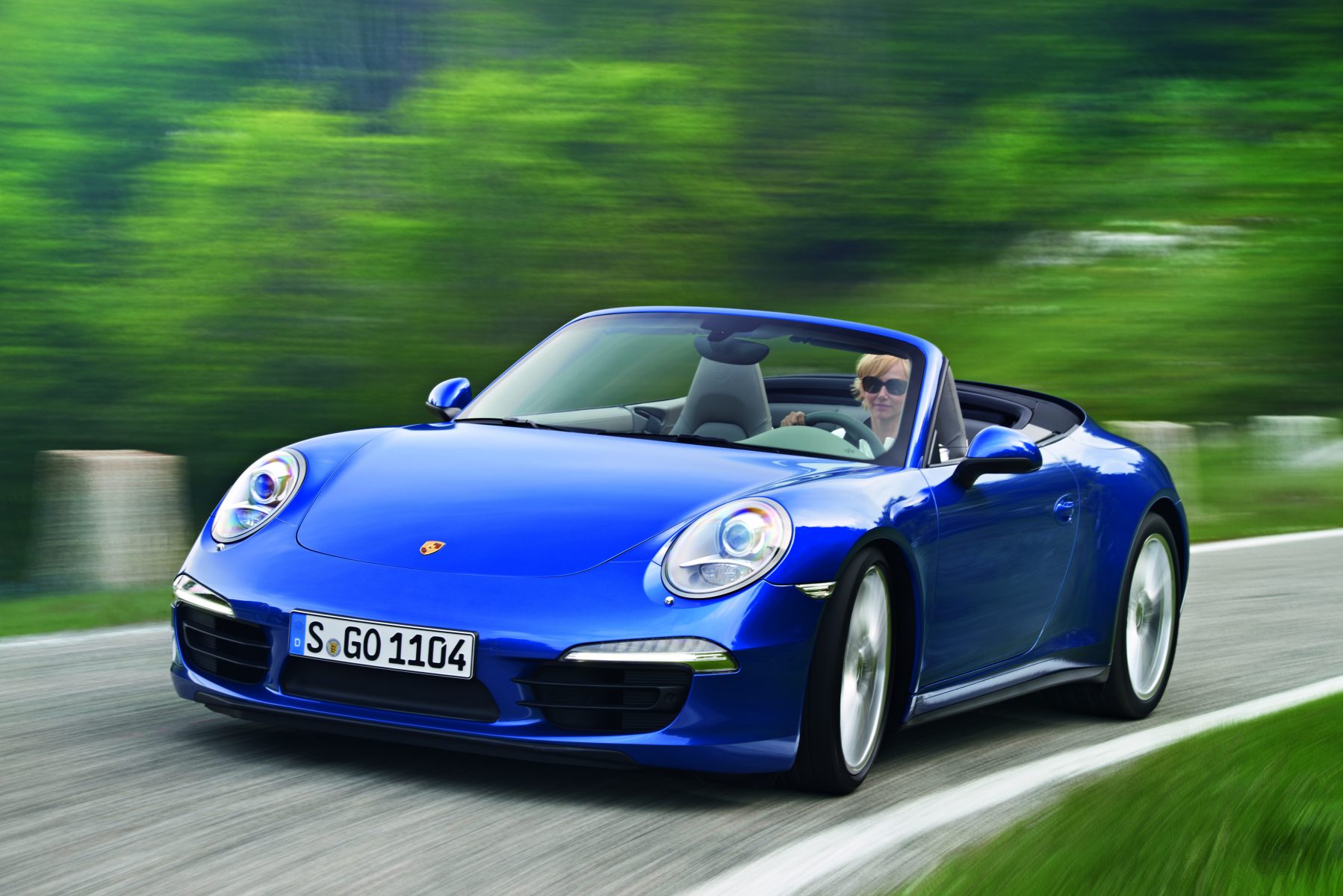 Contrary to what appears to be popular belief, the ‘E’ at the end of Porsche is not silent. However, this doesn’t stop many dropping a syllable from the iconic sports car firm’s name when they see a ‘Porsch’ on the road.
Contrary to what appears to be popular belief, the ‘E’ at the end of Porsche is not silent. However, this doesn’t stop many dropping a syllable from the iconic sports car firm’s name when they see a ‘Porsch’ on the road. 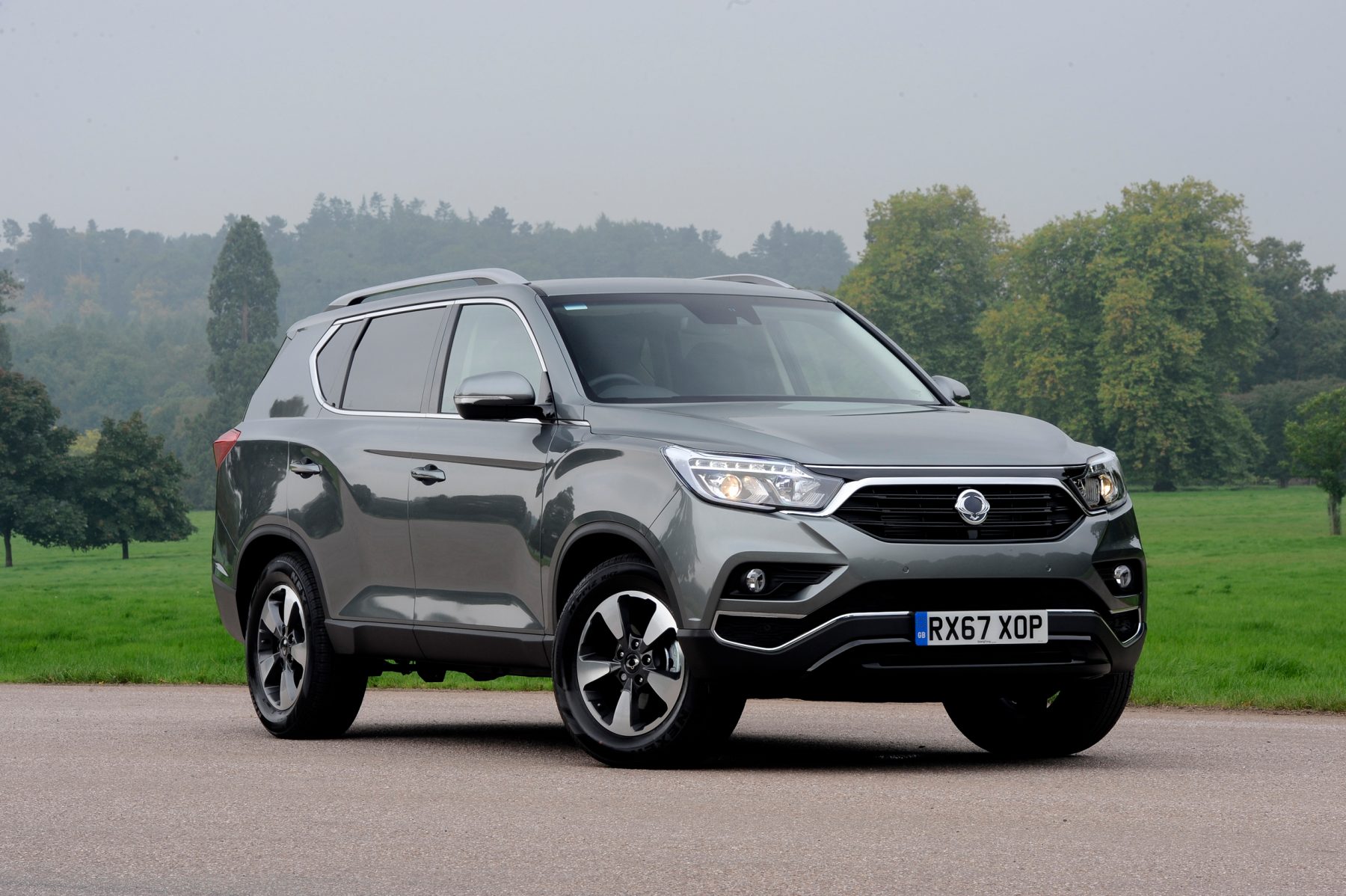 This Korean brand’s first two letters should be pronounced as one, but try telling that to an overwhelming majority of English speakers, and it doesn’t quite command the following of Porsche to correct everyone en masse.
This Korean brand’s first two letters should be pronounced as one, but try telling that to an overwhelming majority of English speakers, and it doesn’t quite command the following of Porsche to correct everyone en masse.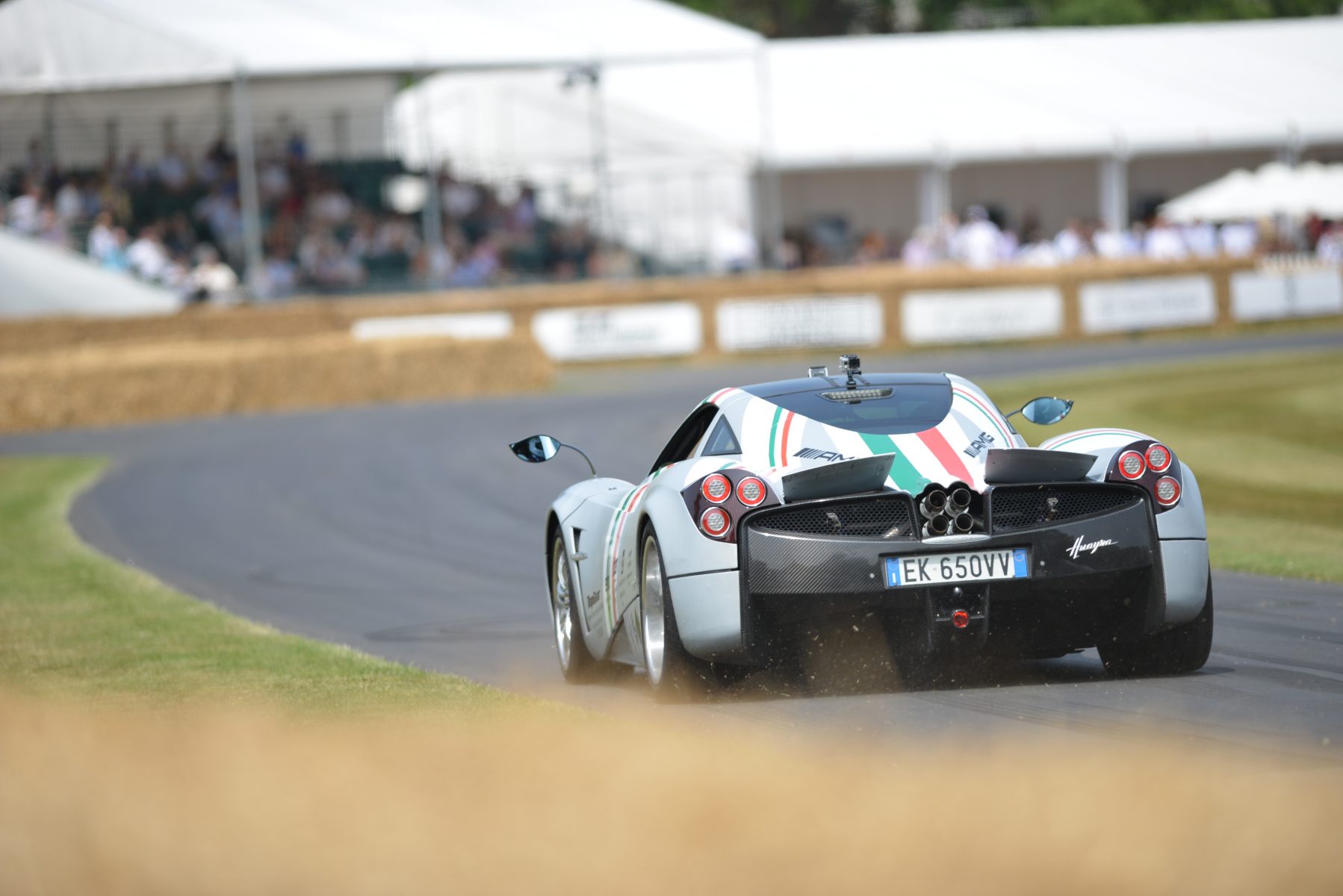 Have you ever dreamt of being so rich that you can buy a hypercar with a name most people can’t even say? If so, the successor to the Zonda is the vehicle for you.
Have you ever dreamt of being so rich that you can buy a hypercar with a name most people can’t even say? If so, the successor to the Zonda is the vehicle for you.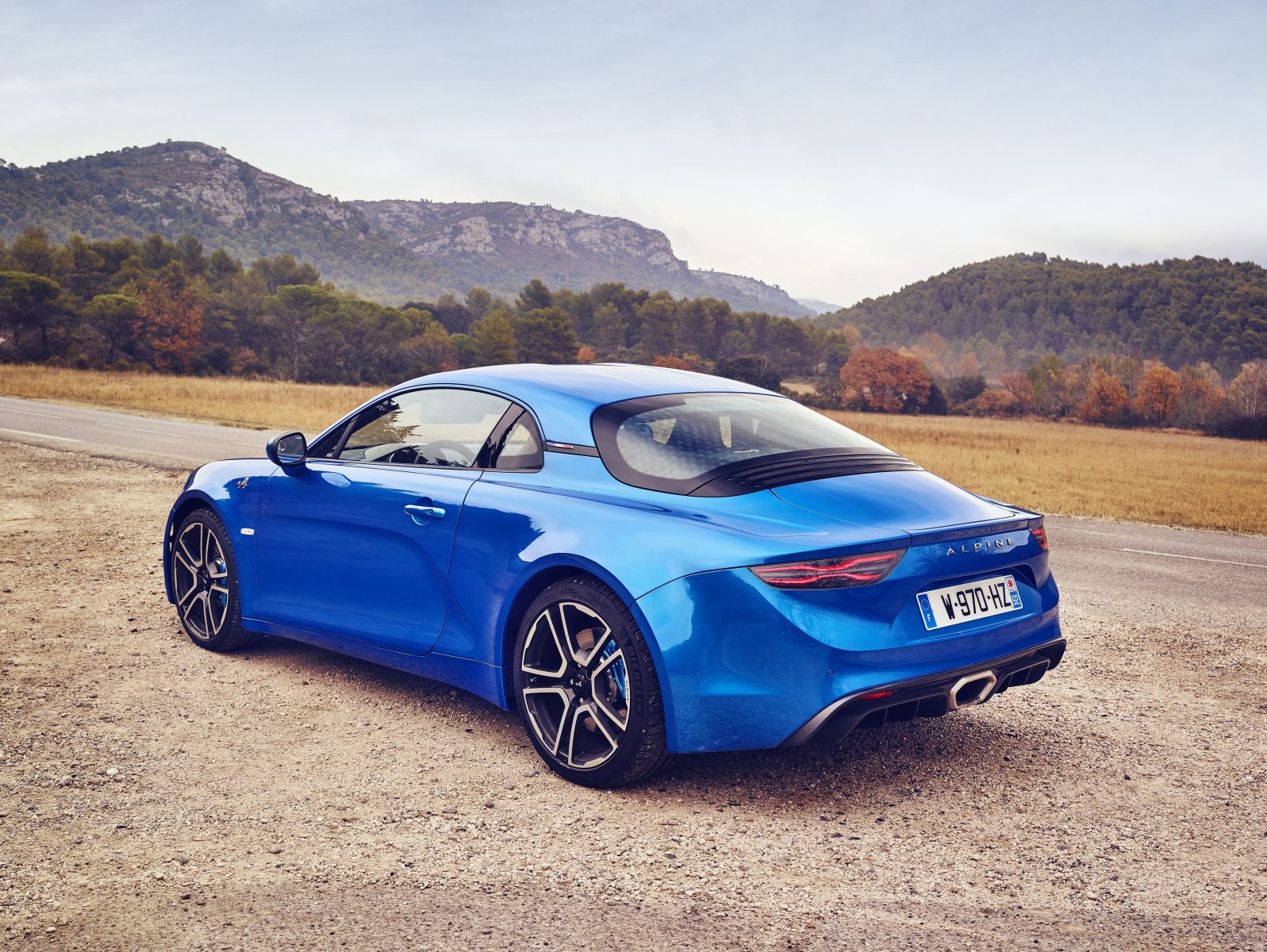 The recently-revived French sports car outfit is another firm that could run an entire advertising campaign based solely on teaching people to say its name properly.
The recently-revived French sports car outfit is another firm that could run an entire advertising campaign based solely on teaching people to say its name properly.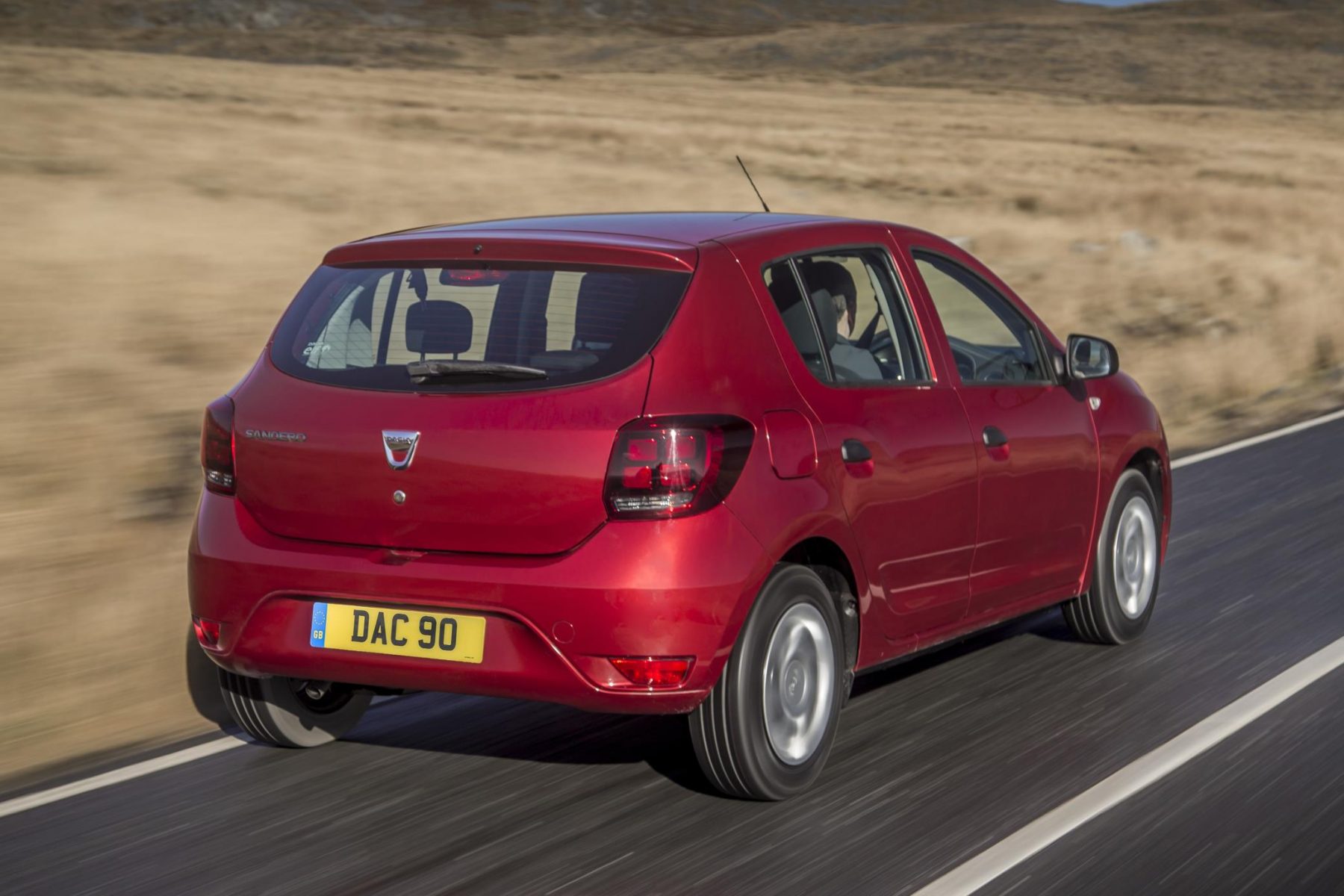 The blame for this common error can be placed firmly on the doorstep of one James May, whose long-term obsession with the cheap and cheerful ‘Day-see-a’ Sandero introduced Top Gear’s massive audience to Renault’s Romanian budget brand.
The blame for this common error can be placed firmly on the doorstep of one James May, whose long-term obsession with the cheap and cheerful ‘Day-see-a’ Sandero introduced Top Gear’s massive audience to Renault’s Romanian budget brand. 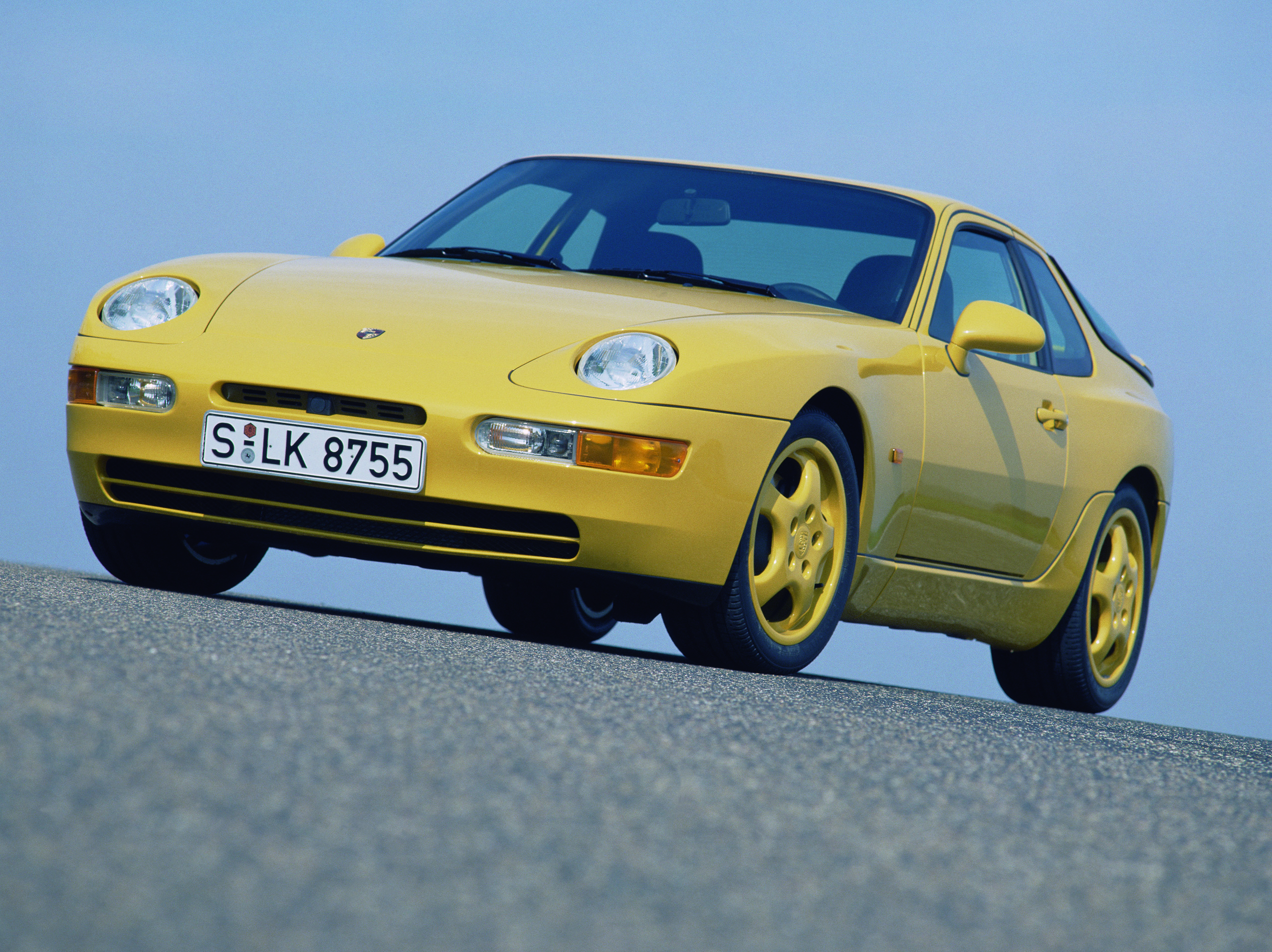
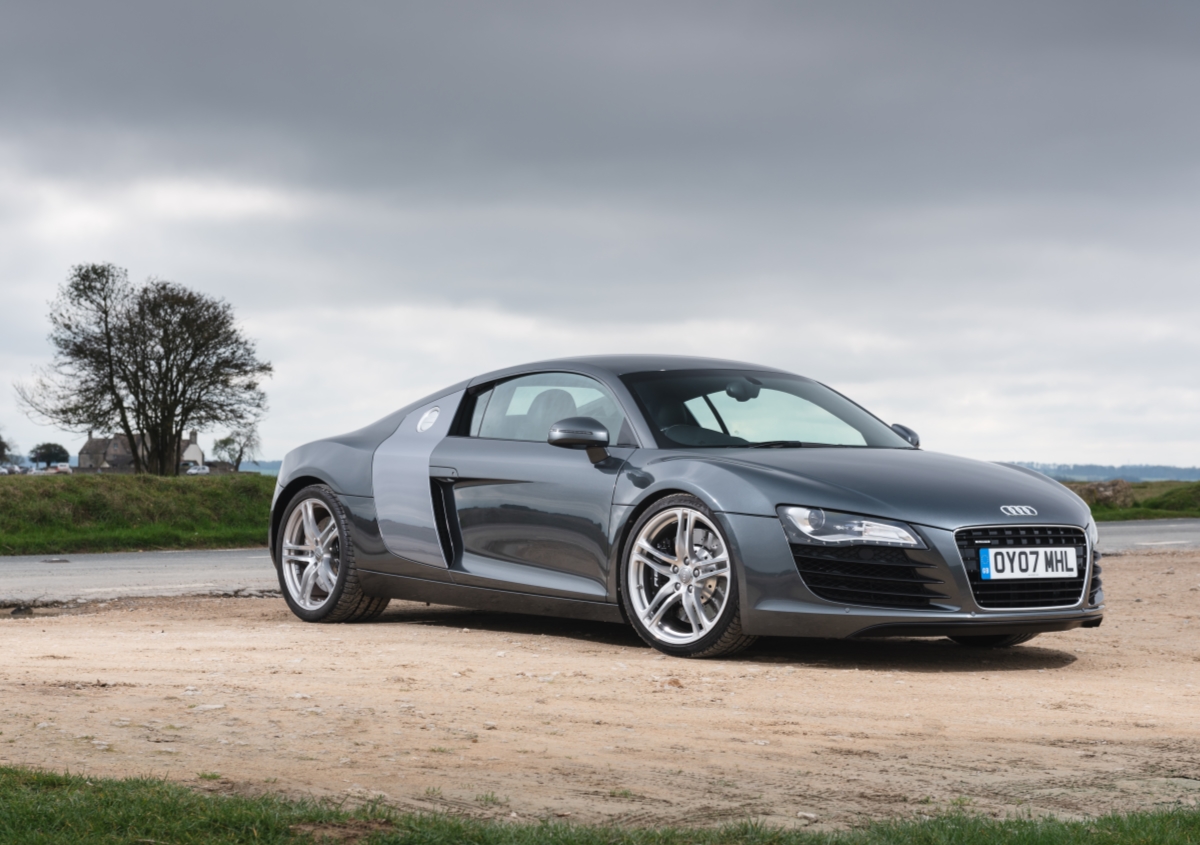
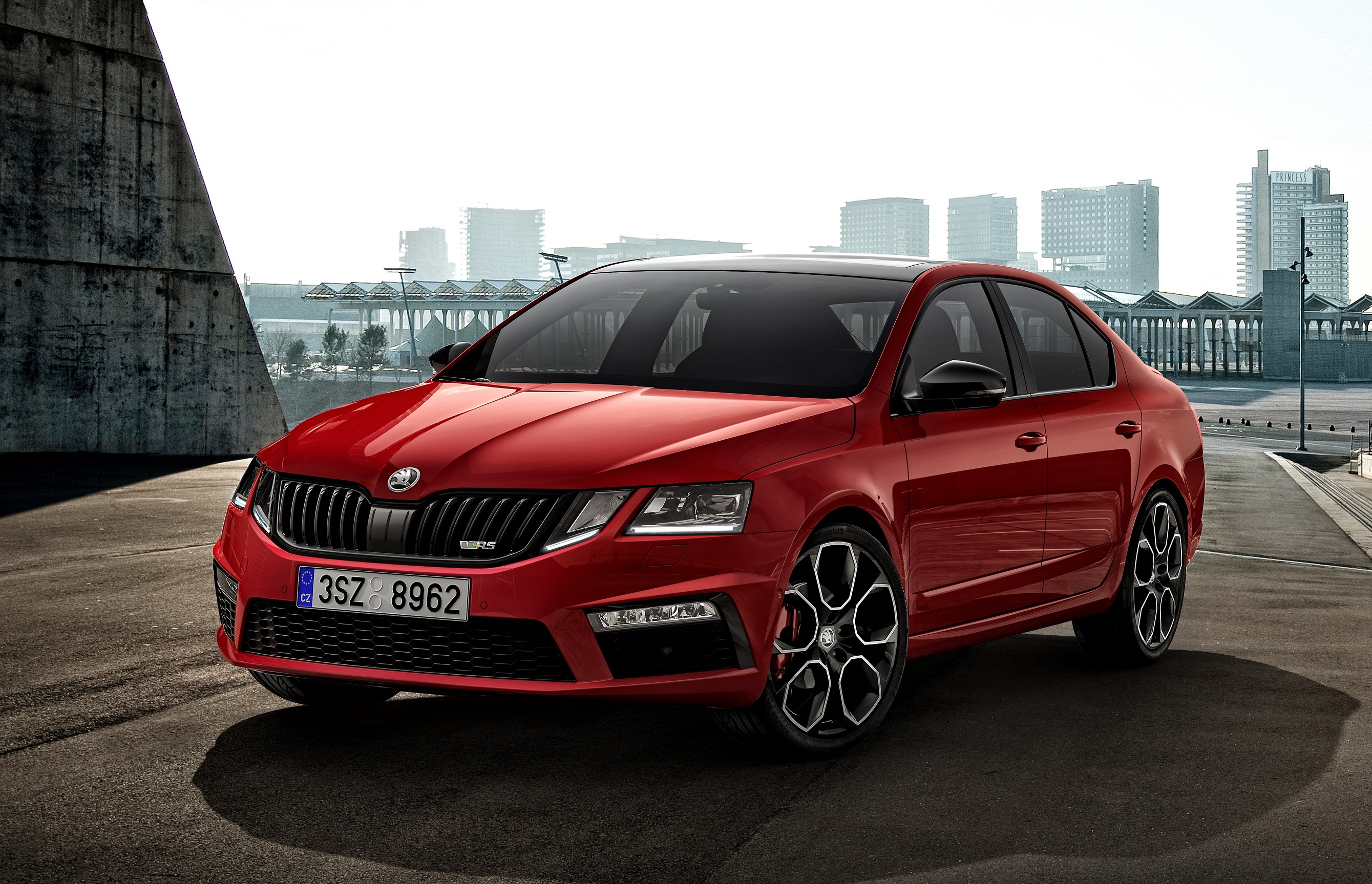
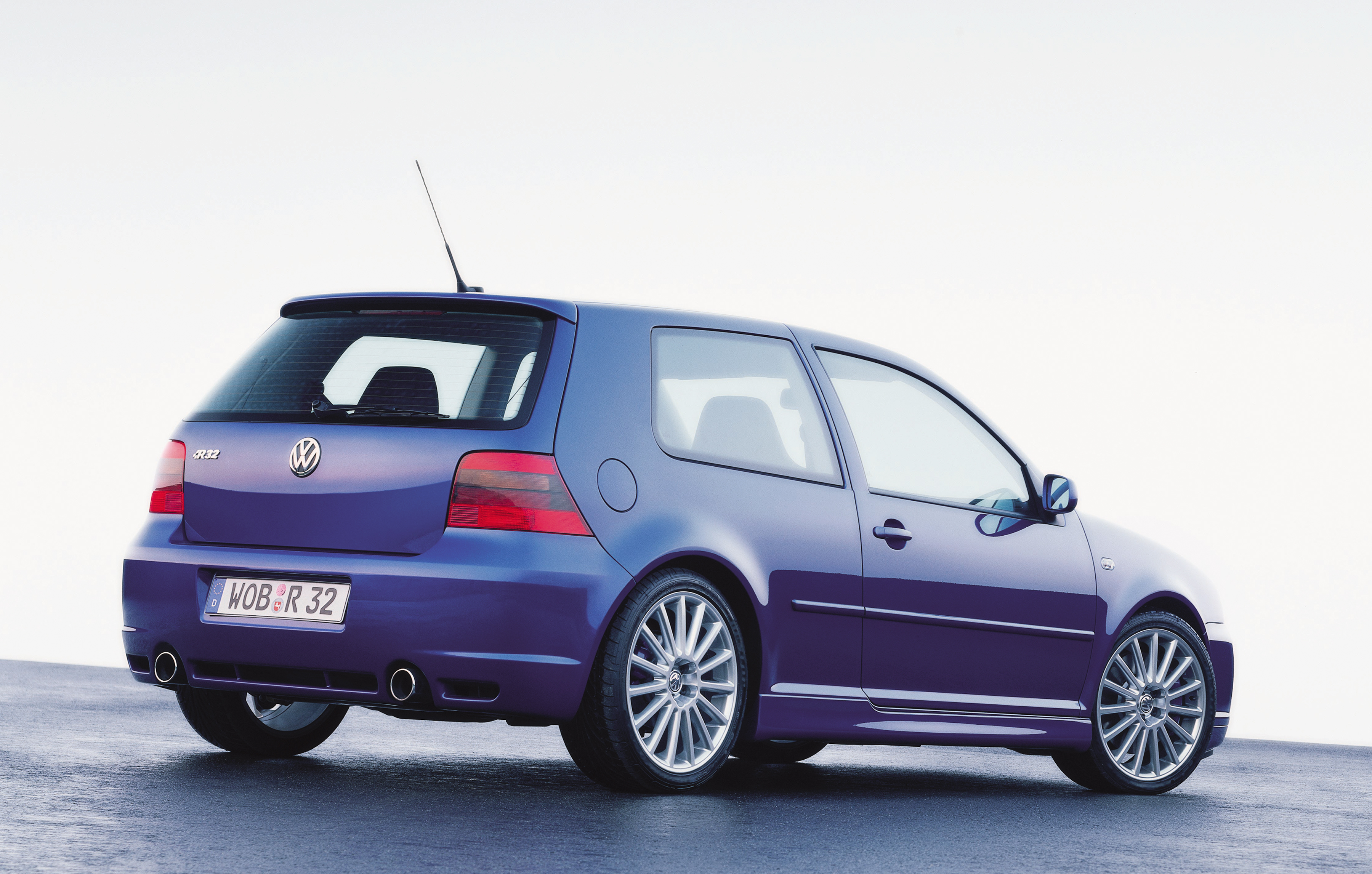
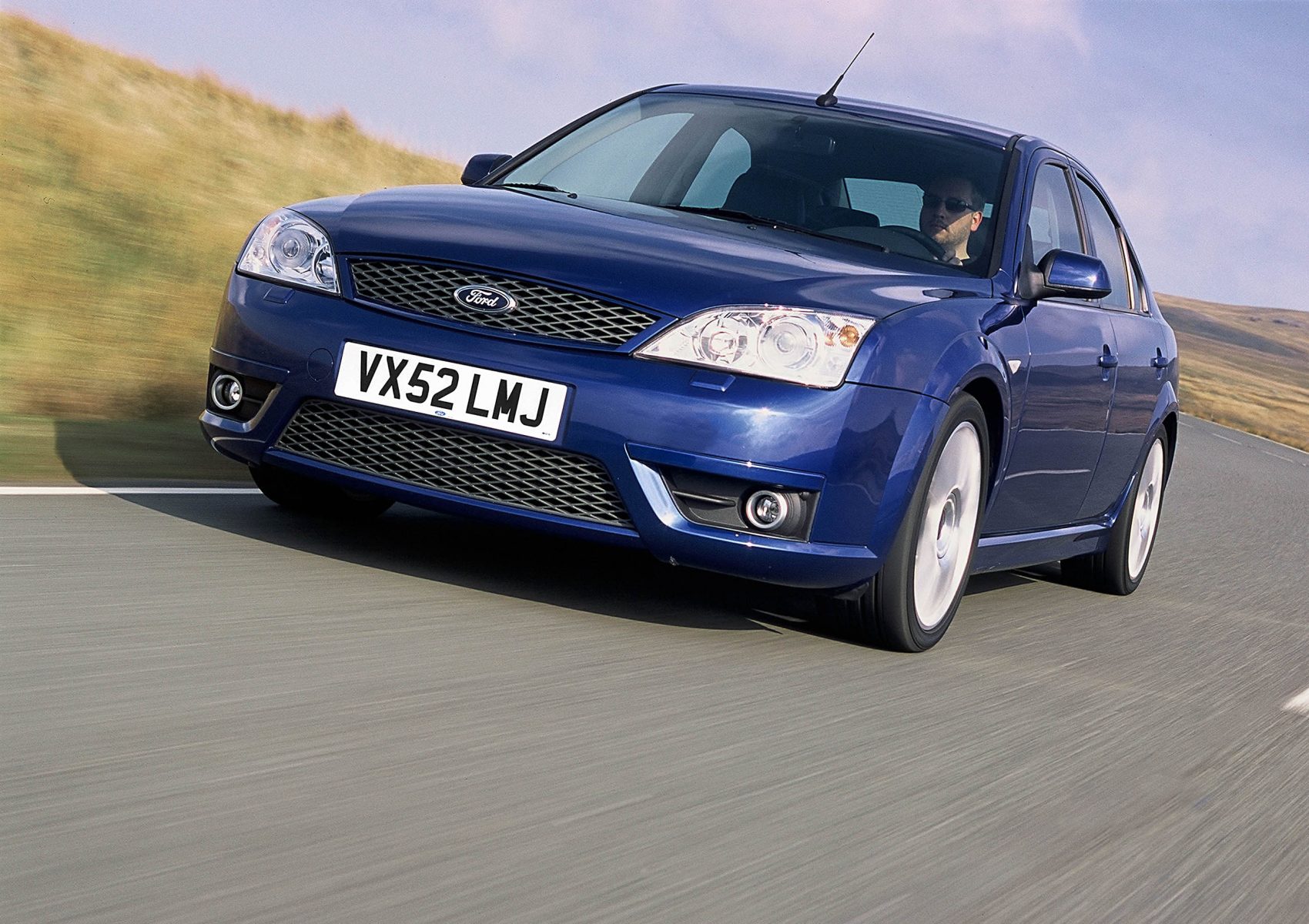
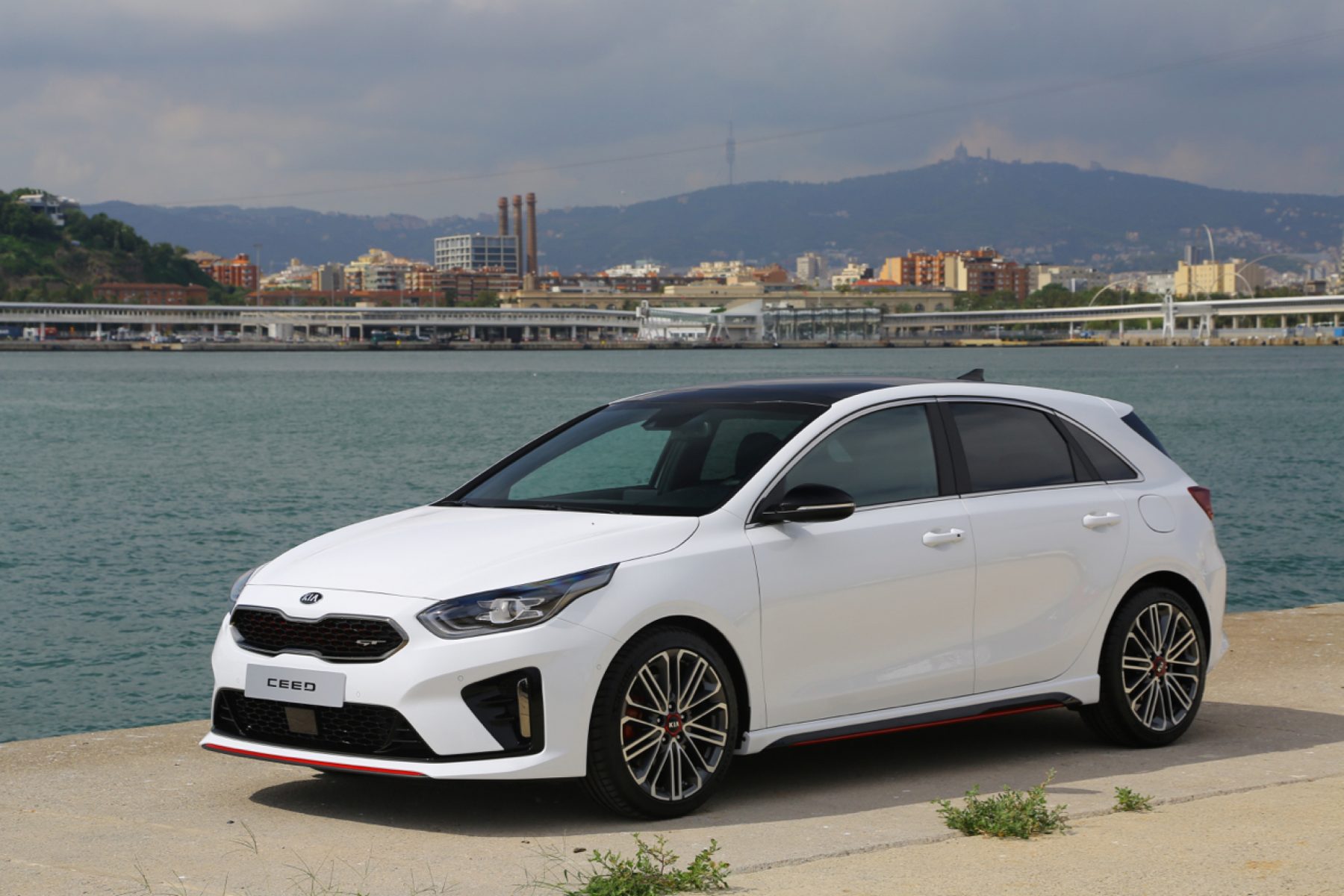
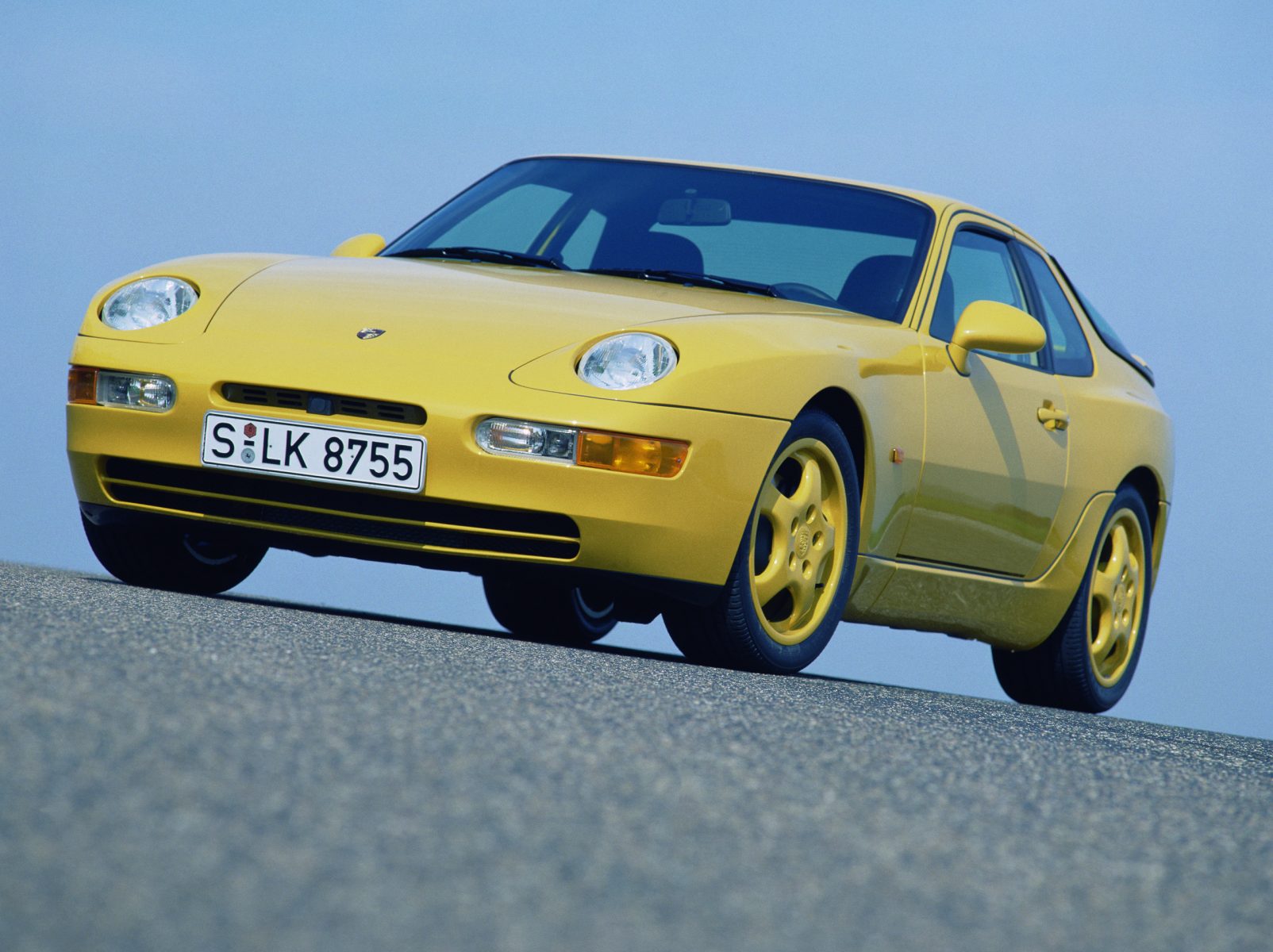
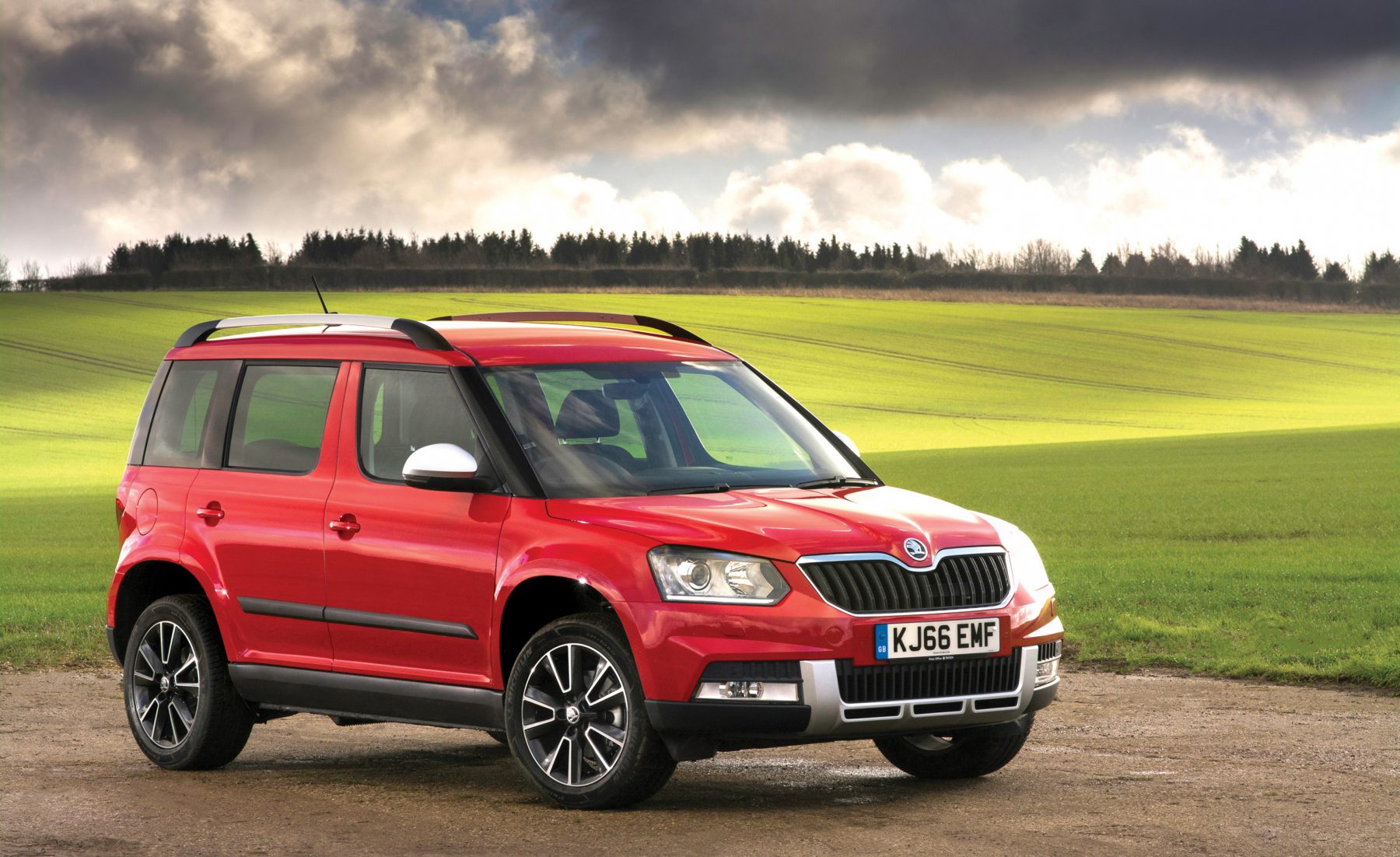
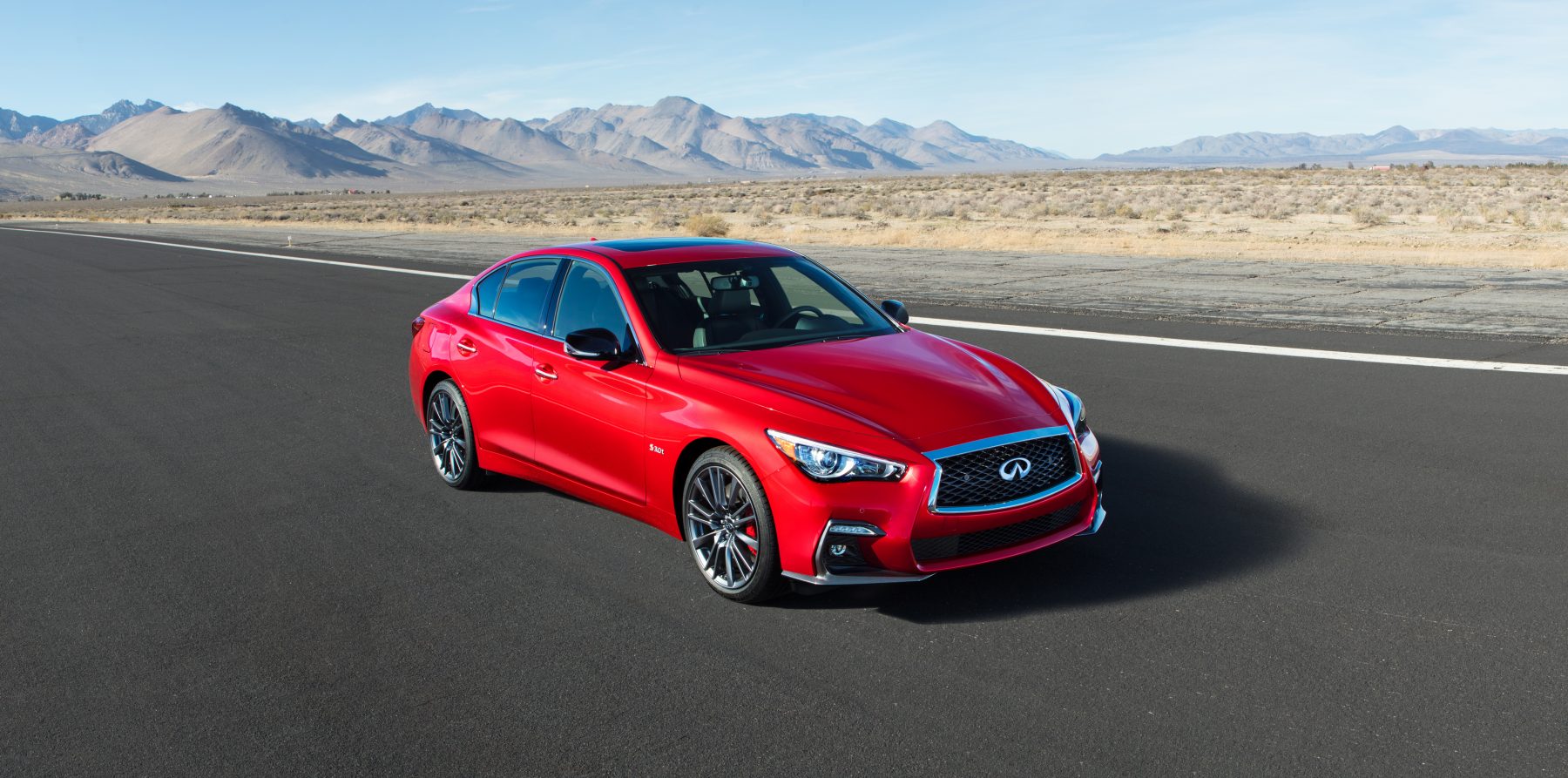
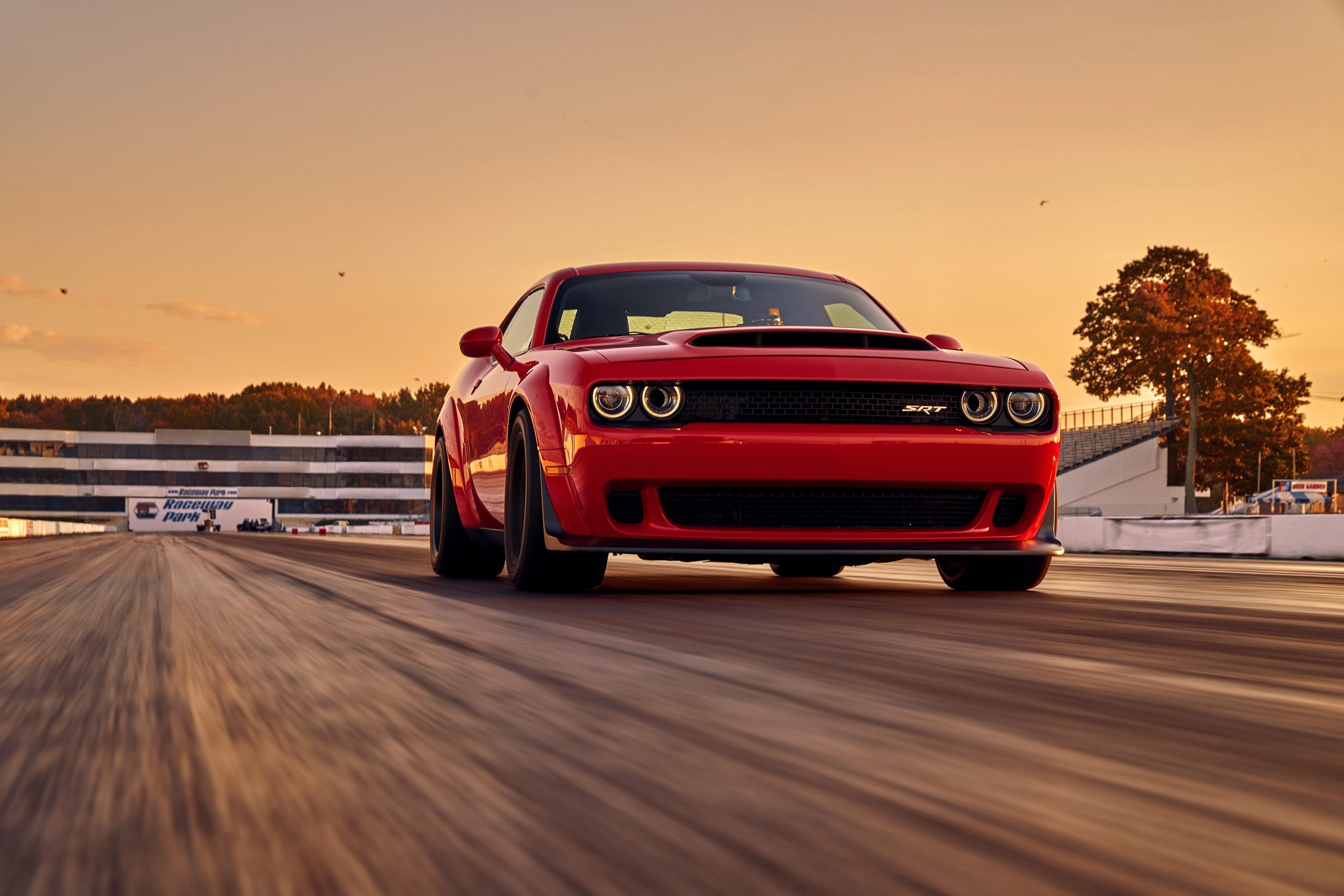
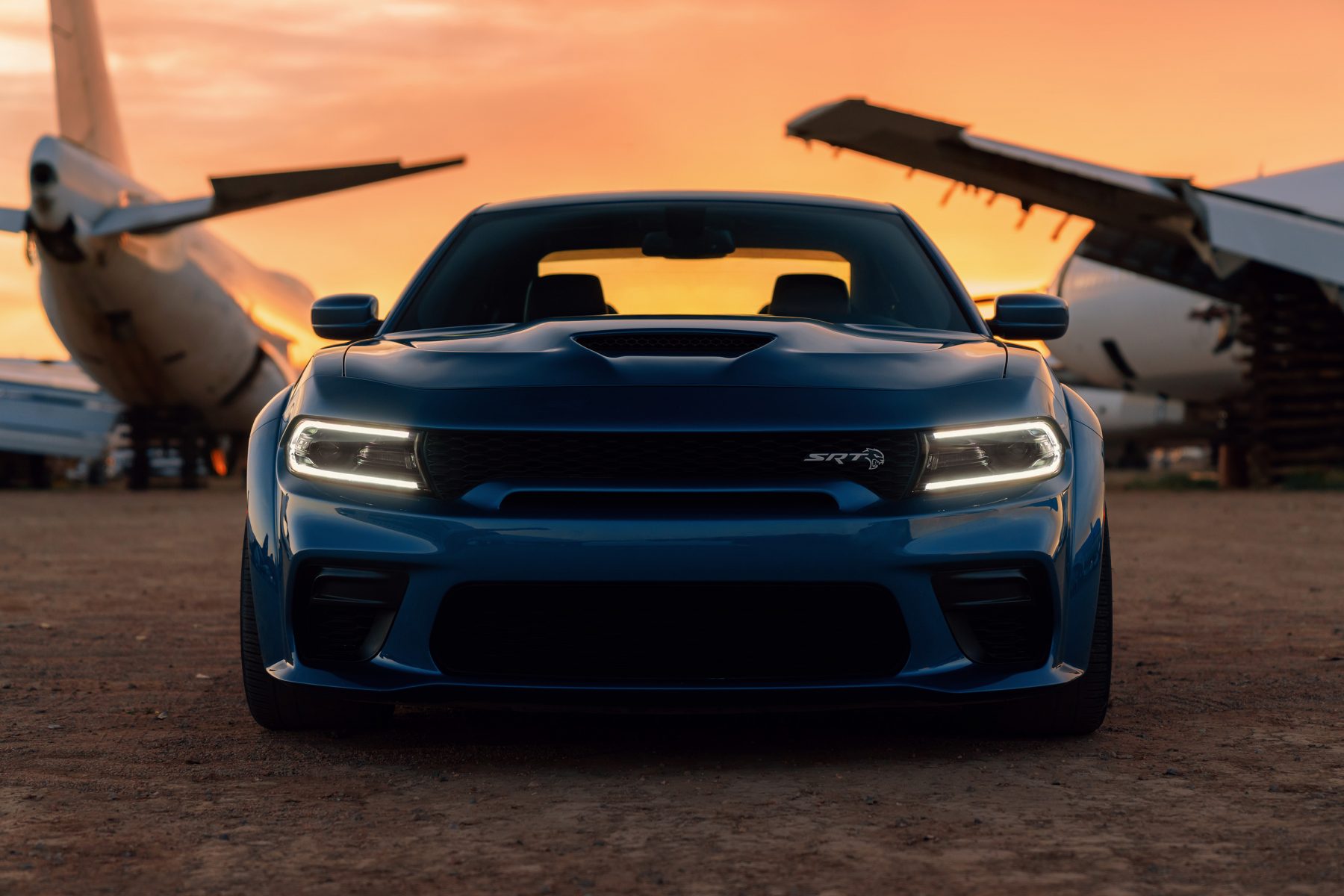 When a new wave of muscle cars arrived in the mid-2000s, there were quite a few enthusiasts who felt they simply weren’t powerful or raw enough. Dodge’s Challenger was one of the cars that received critique, which the boffins at the brand’s performance arm SRT clearly saw as a gauntlet.
When a new wave of muscle cars arrived in the mid-2000s, there were quite a few enthusiasts who felt they simply weren’t powerful or raw enough. Dodge’s Challenger was one of the cars that received critique, which the boffins at the brand’s performance arm SRT clearly saw as a gauntlet.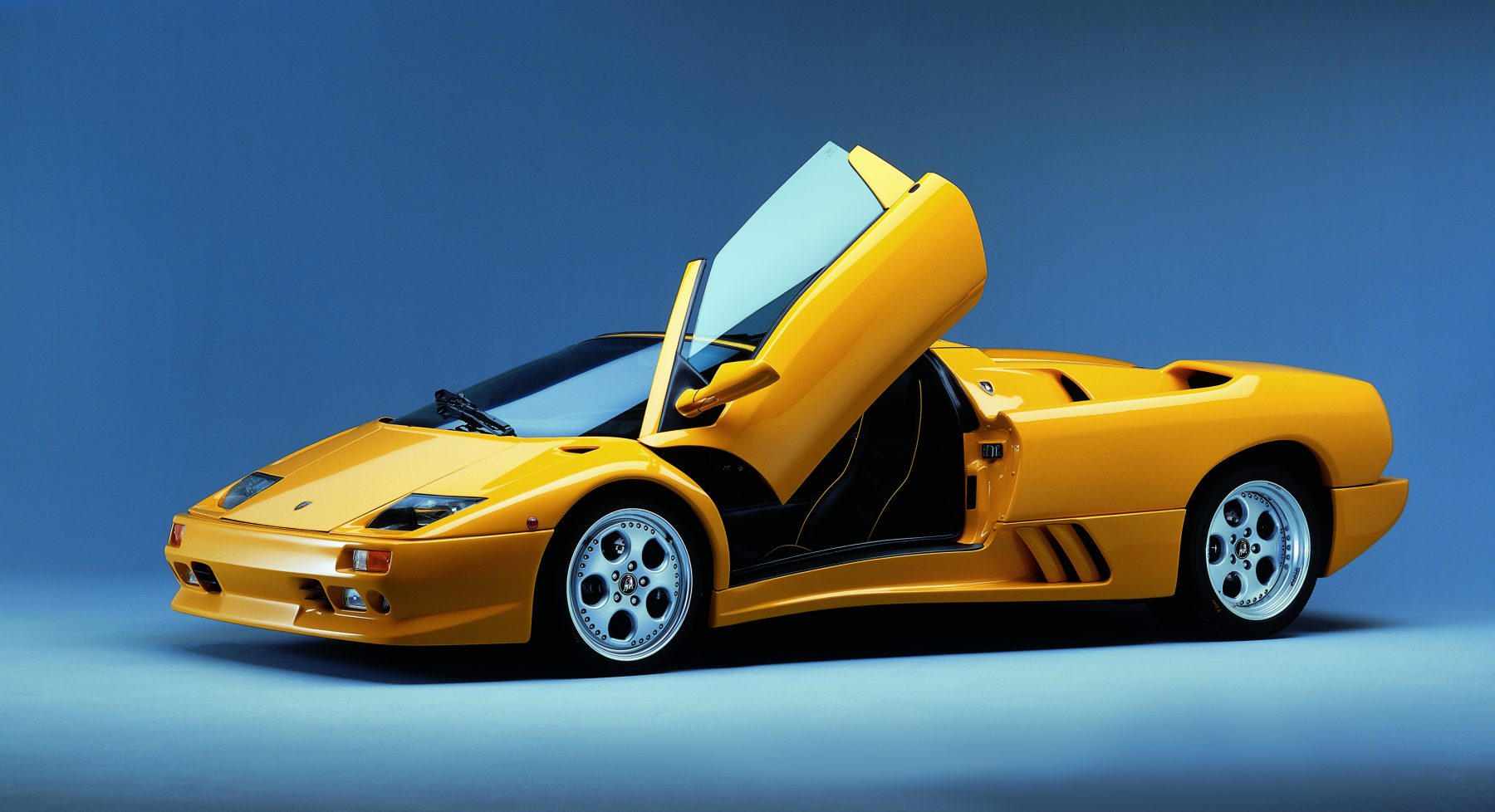 Lamborghini’s cars always seemed a little possessed, lairy and demonic given the chance, so why not skip the pretence and name one after the devil?
Lamborghini’s cars always seemed a little possessed, lairy and demonic given the chance, so why not skip the pretence and name one after the devil?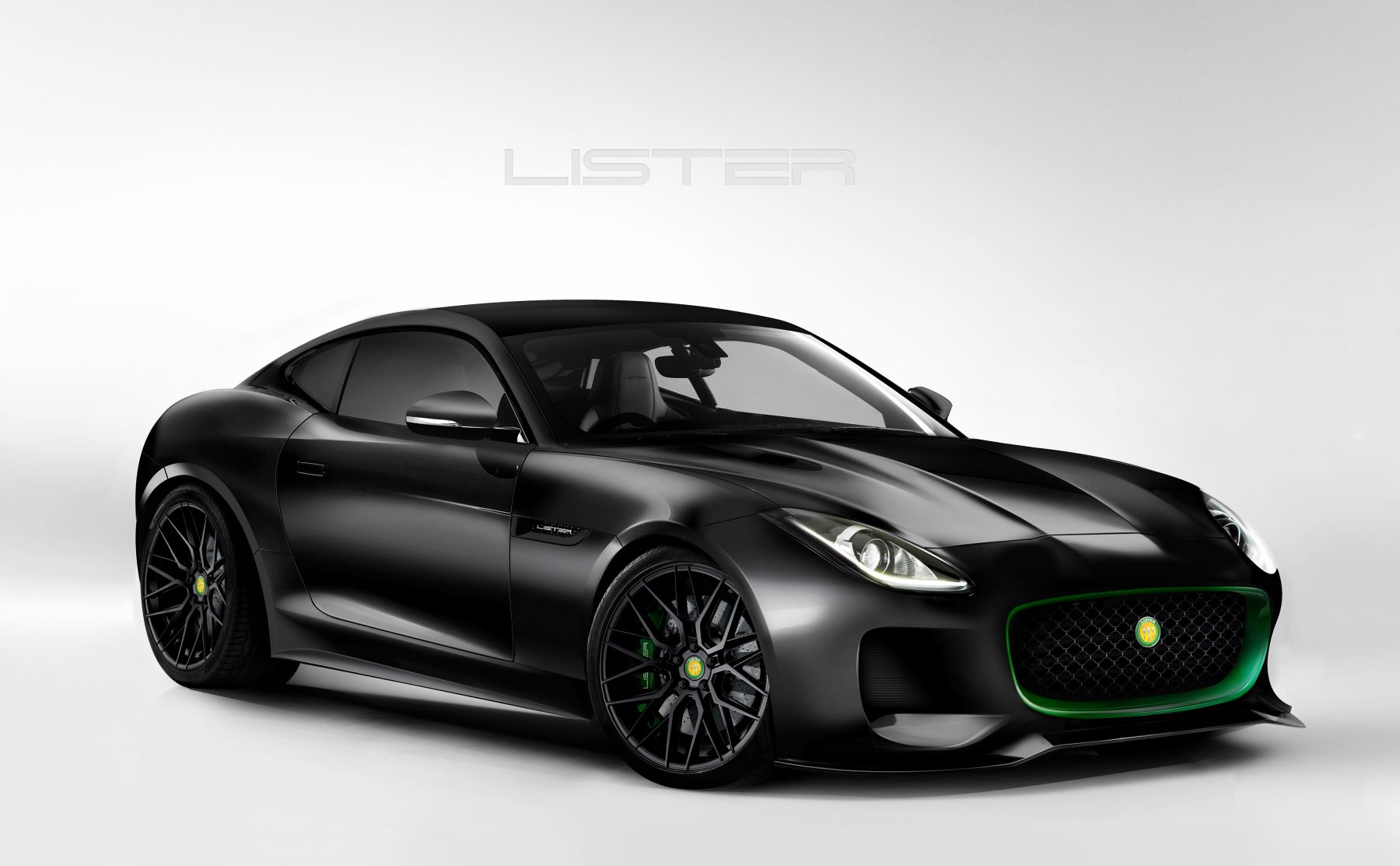 If you’ve ever so much as seen the first five seconds of a horror movie trailer before you can skip the ad on YouTube, you’ll know that the number 666 has some satanic connotations.
If you’ve ever so much as seen the first five seconds of a horror movie trailer before you can skip the ad on YouTube, you’ll know that the number 666 has some satanic connotations.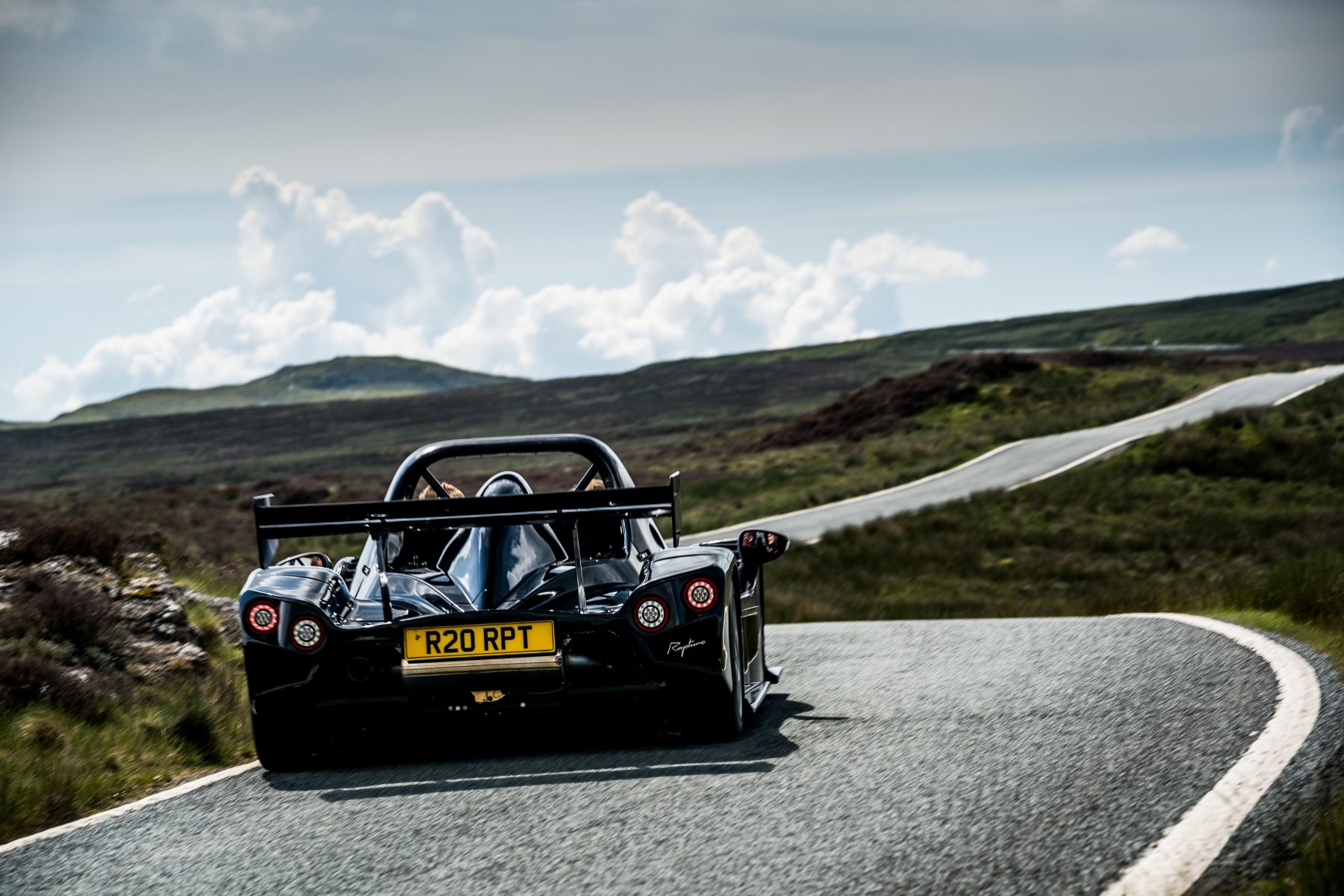 Ah yes, the end of days. If you’ve ever wondered whether you’re destined for heaven or hell, rapture will apparently be the day you find out.
Ah yes, the end of days. If you’ve ever wondered whether you’re destined for heaven or hell, rapture will apparently be the day you find out.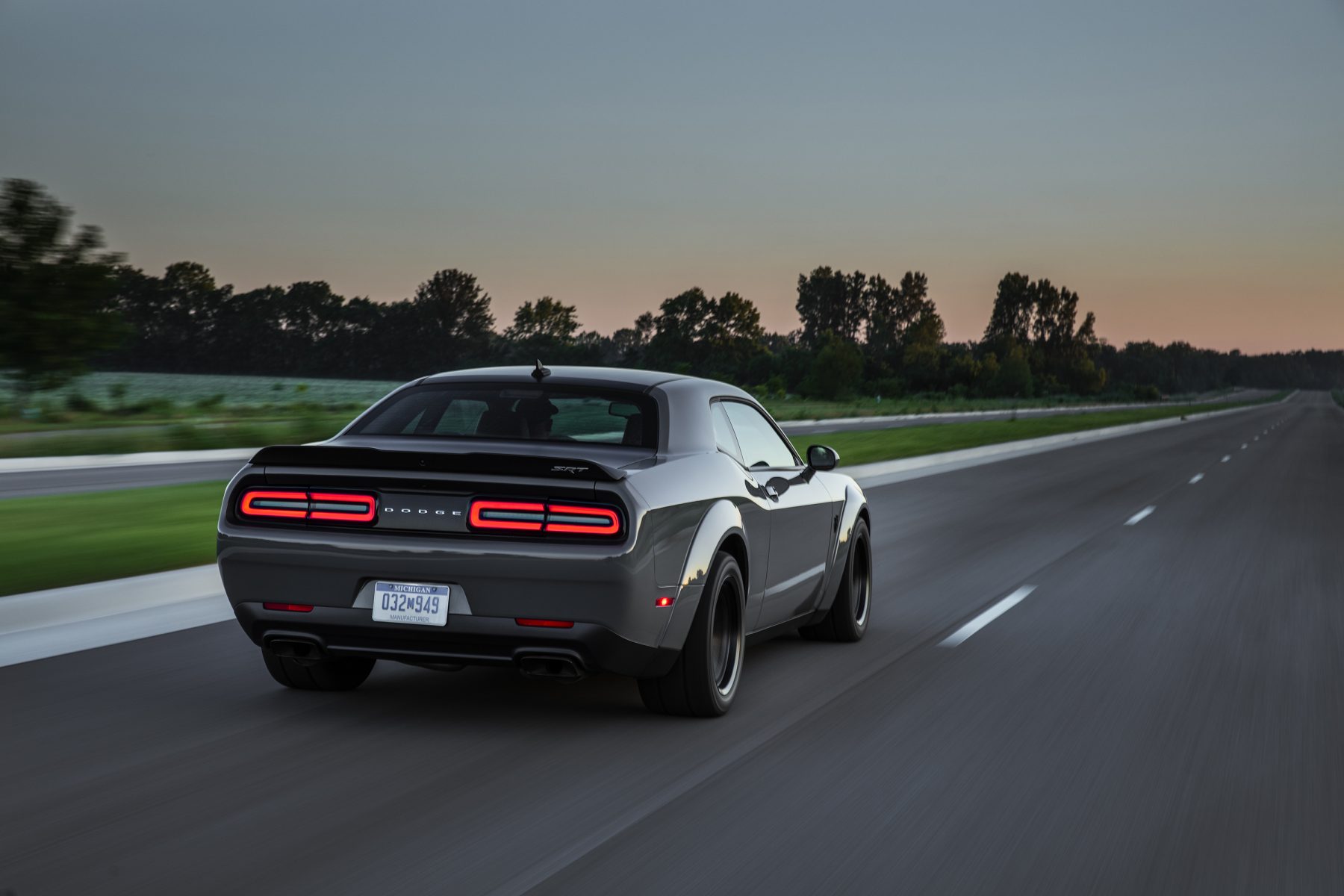 It takes a brave engineer to look at a 700bhp muscle car and say “I think more can come out of this”, but clearly someone at SRT thought exactly that.
It takes a brave engineer to look at a 700bhp muscle car and say “I think more can come out of this”, but clearly someone at SRT thought exactly that.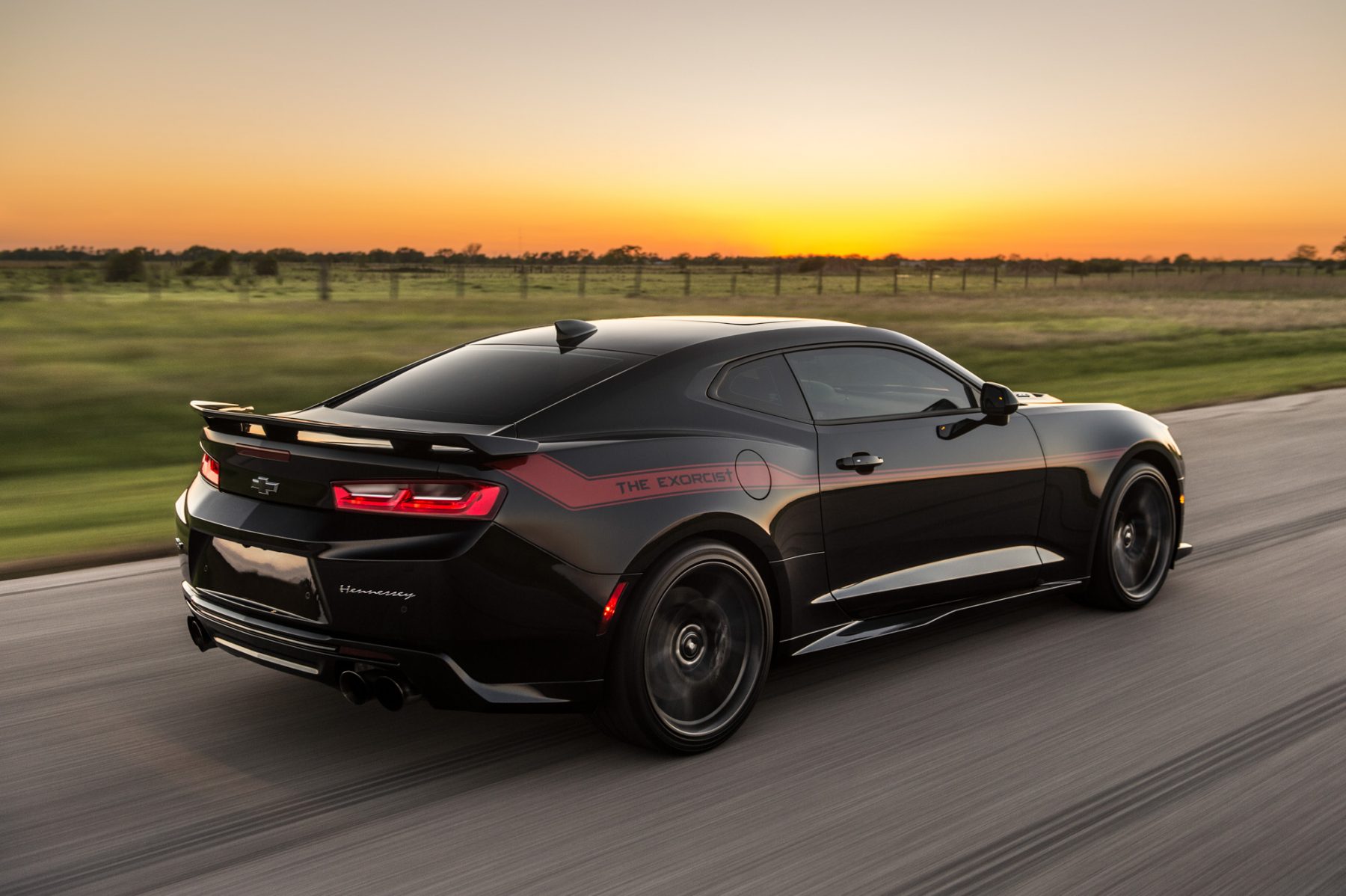 The team at Hennessey are now known for sailing against the wind, and squaring up against some of the world’s top manufacturers.
The team at Hennessey are now known for sailing against the wind, and squaring up against some of the world’s top manufacturers.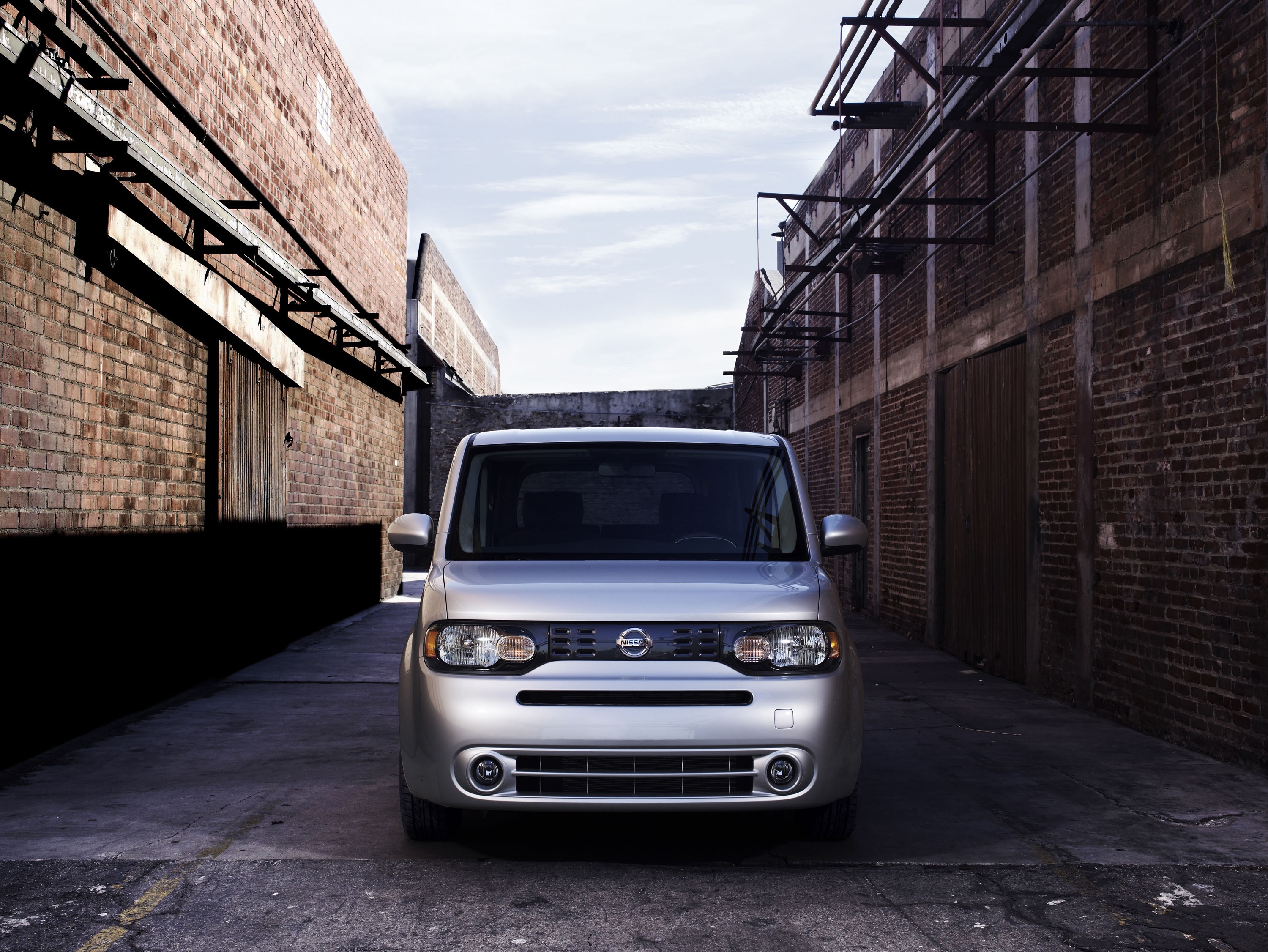
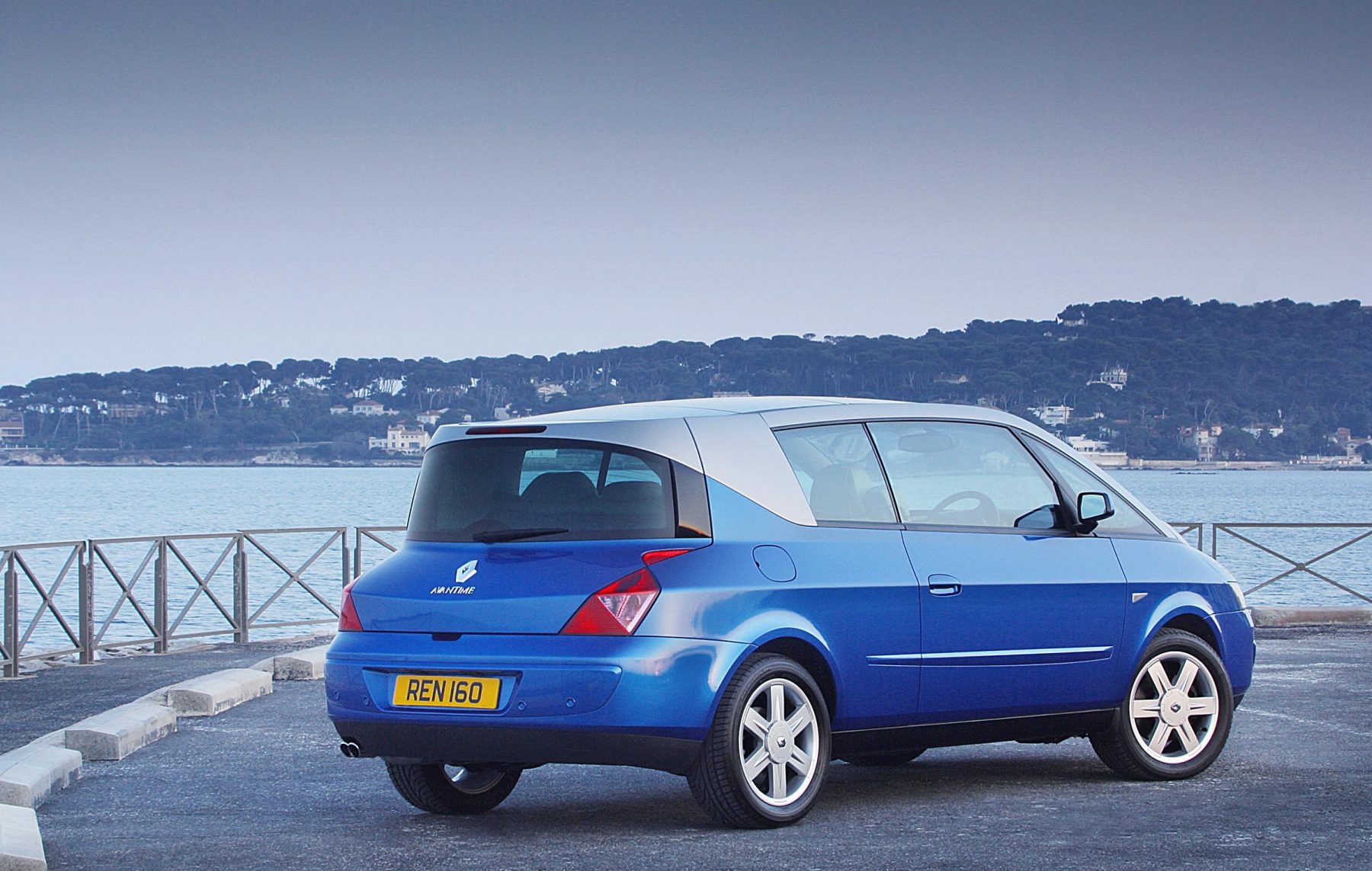 The Avantime was certainly a departure from the rest of the MPV segment. Too much of a departure? Probably. During its lifespan of less than three years, the cars seemed rather glued to the forecourt.
The Avantime was certainly a departure from the rest of the MPV segment. Too much of a departure? Probably. During its lifespan of less than three years, the cars seemed rather glued to the forecourt.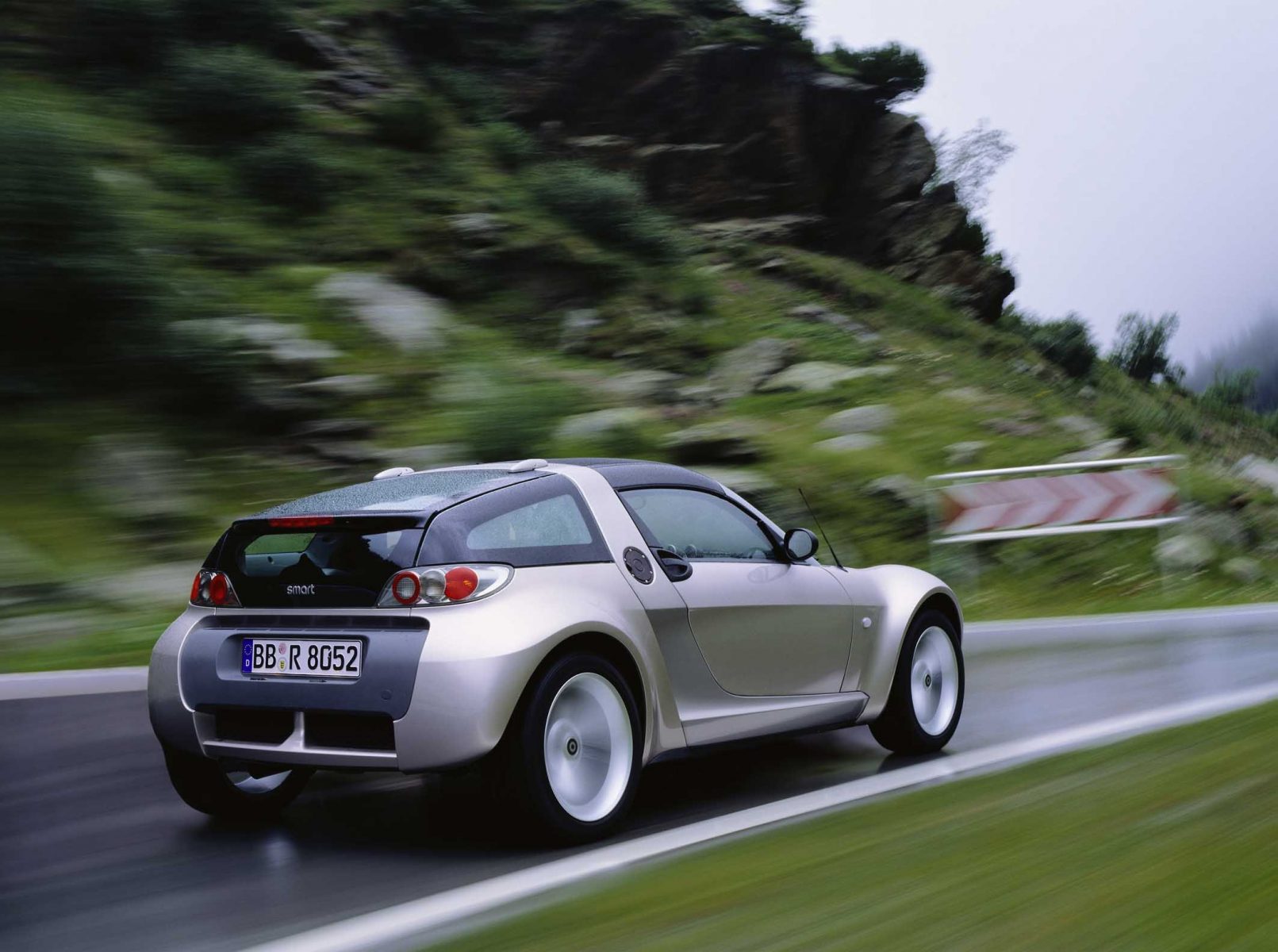 When Smart was still in its infancy, you’d have to suggest that very few motoring enthusiasts were losing sleep over what a Smart sports car would look, sound and drive like.
When Smart was still in its infancy, you’d have to suggest that very few motoring enthusiasts were losing sleep over what a Smart sports car would look, sound and drive like.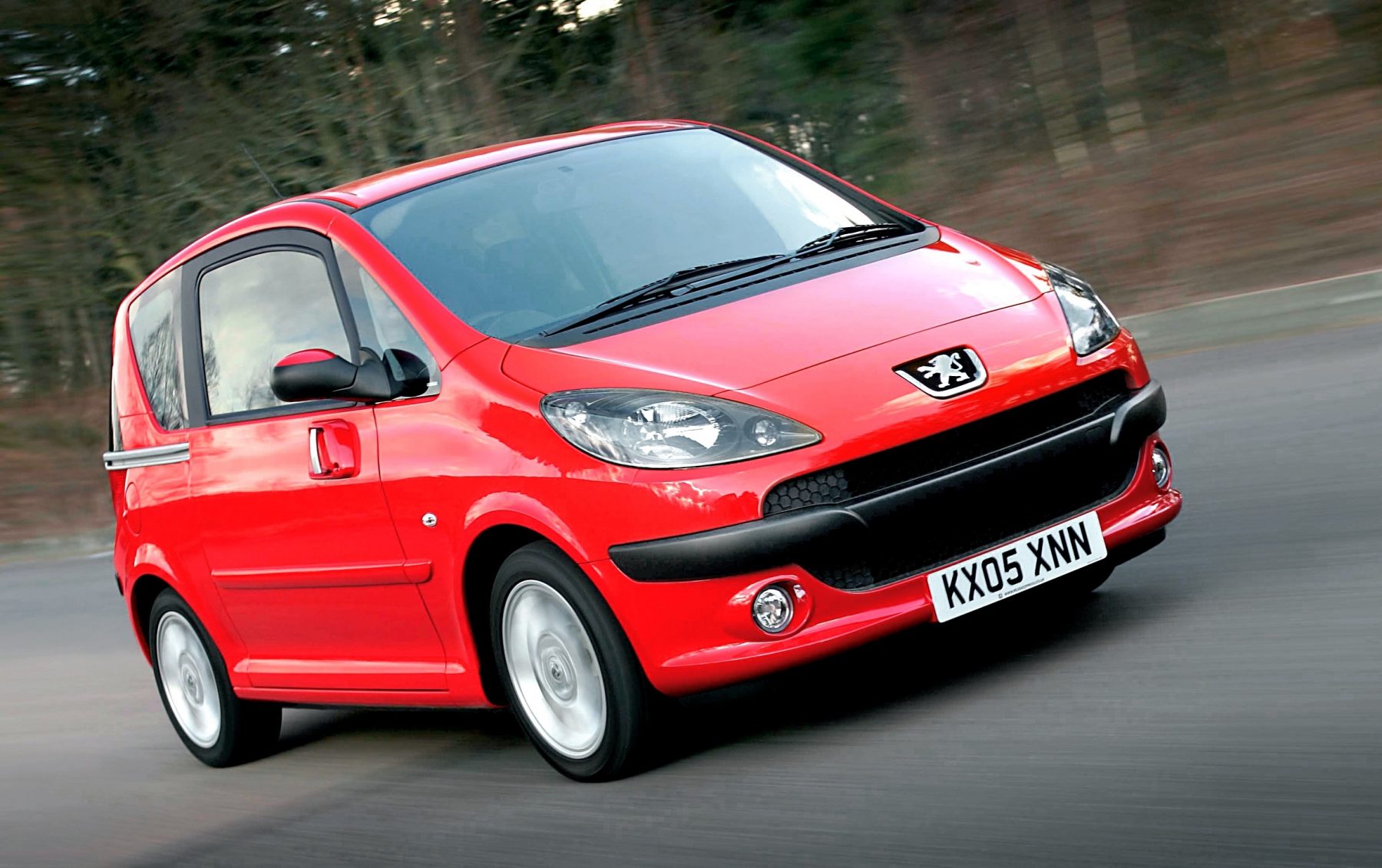 The Peugeot 1007 didn’t seem to know quite what it wanted to be. With its colourful interior trim, it felt rather youthful and exuberant, while the rest of the product looked more likely to appeal to the elderly or the disabled with its van-like silhouette and sliding doors.
The Peugeot 1007 didn’t seem to know quite what it wanted to be. With its colourful interior trim, it felt rather youthful and exuberant, while the rest of the product looked more likely to appeal to the elderly or the disabled with its van-like silhouette and sliding doors.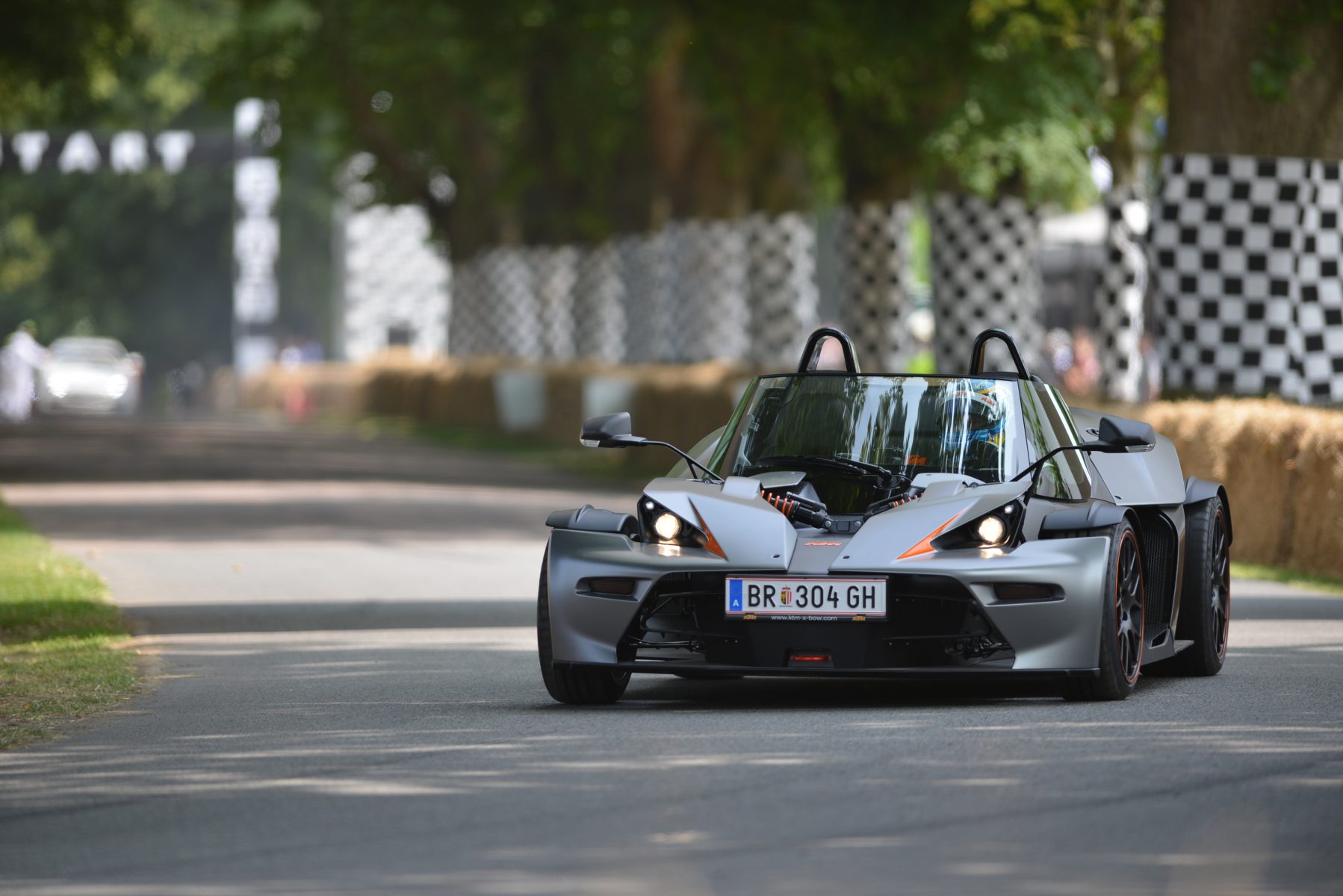 Coming into the spotlight at the tail-end of the 2000s, the X-Bow has retained a reputation as a solid track car throughout the 2010s.
Coming into the spotlight at the tail-end of the 2000s, the X-Bow has retained a reputation as a solid track car throughout the 2010s.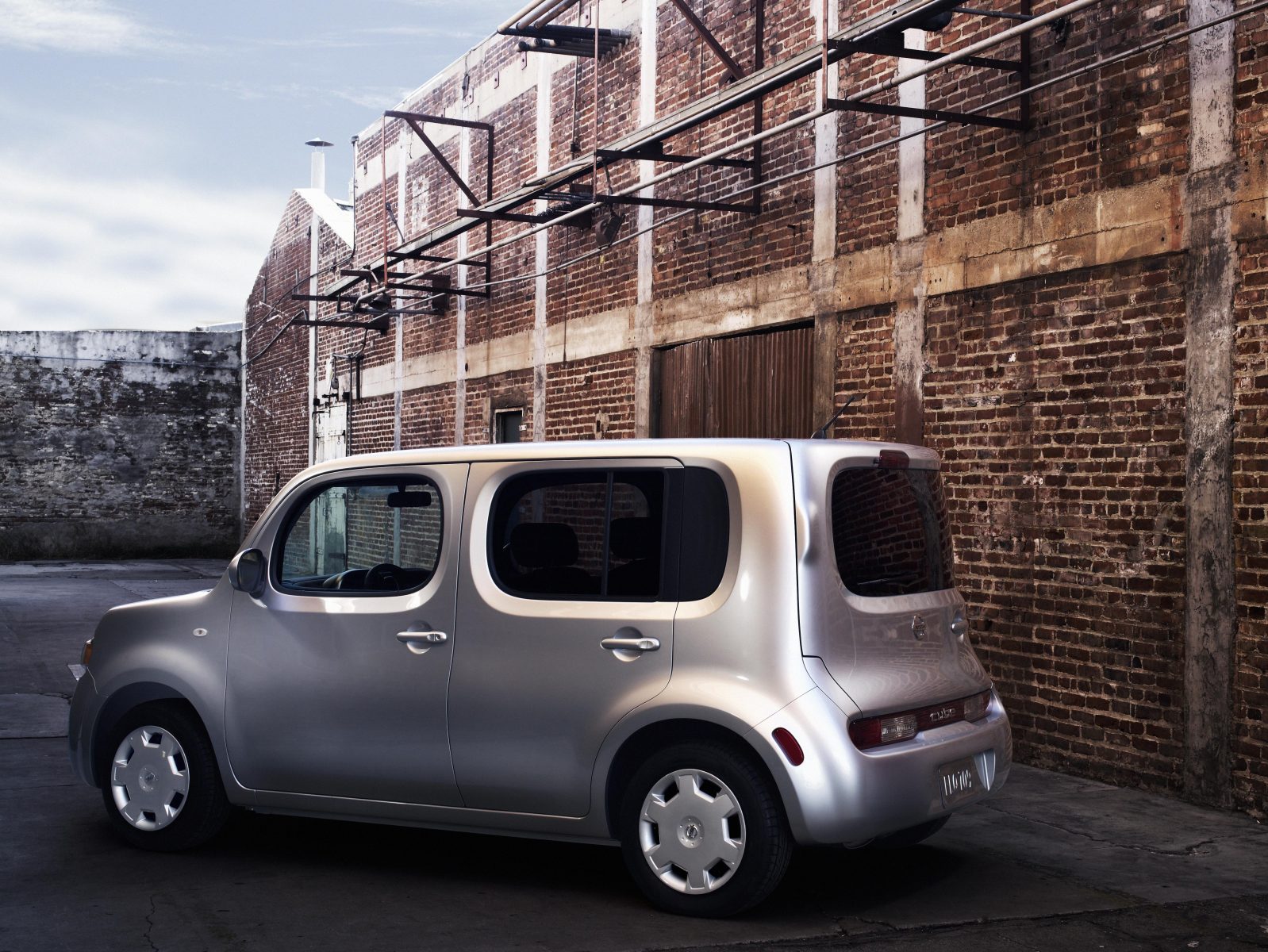 After the second-generation Cube attracted attention from the media and enthusiasts for its uniquely boxy exterior, Nissan decided to officially import the third-generation car to the UK for 2009, just about qualifying for this list as a result.
After the second-generation Cube attracted attention from the media and enthusiasts for its uniquely boxy exterior, Nissan decided to officially import the third-generation car to the UK for 2009, just about qualifying for this list as a result.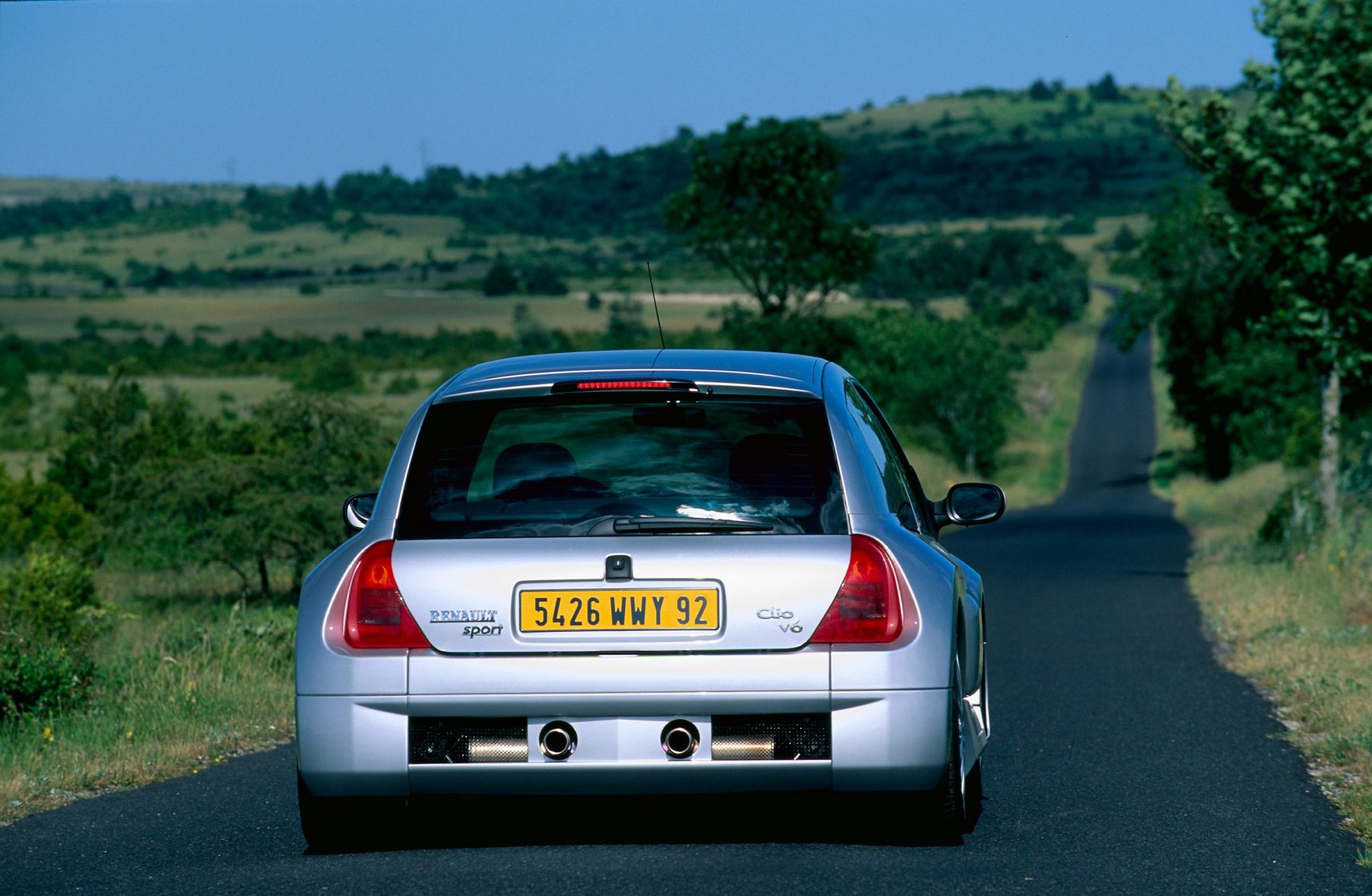 Motor racing has often been the inspiration for some truly insane road cars, but usually this is for the purpose of meeting a certain set of rules set out by race organisers, birthing ‘homologation specials’.
Motor racing has often been the inspiration for some truly insane road cars, but usually this is for the purpose of meeting a certain set of rules set out by race organisers, birthing ‘homologation specials’.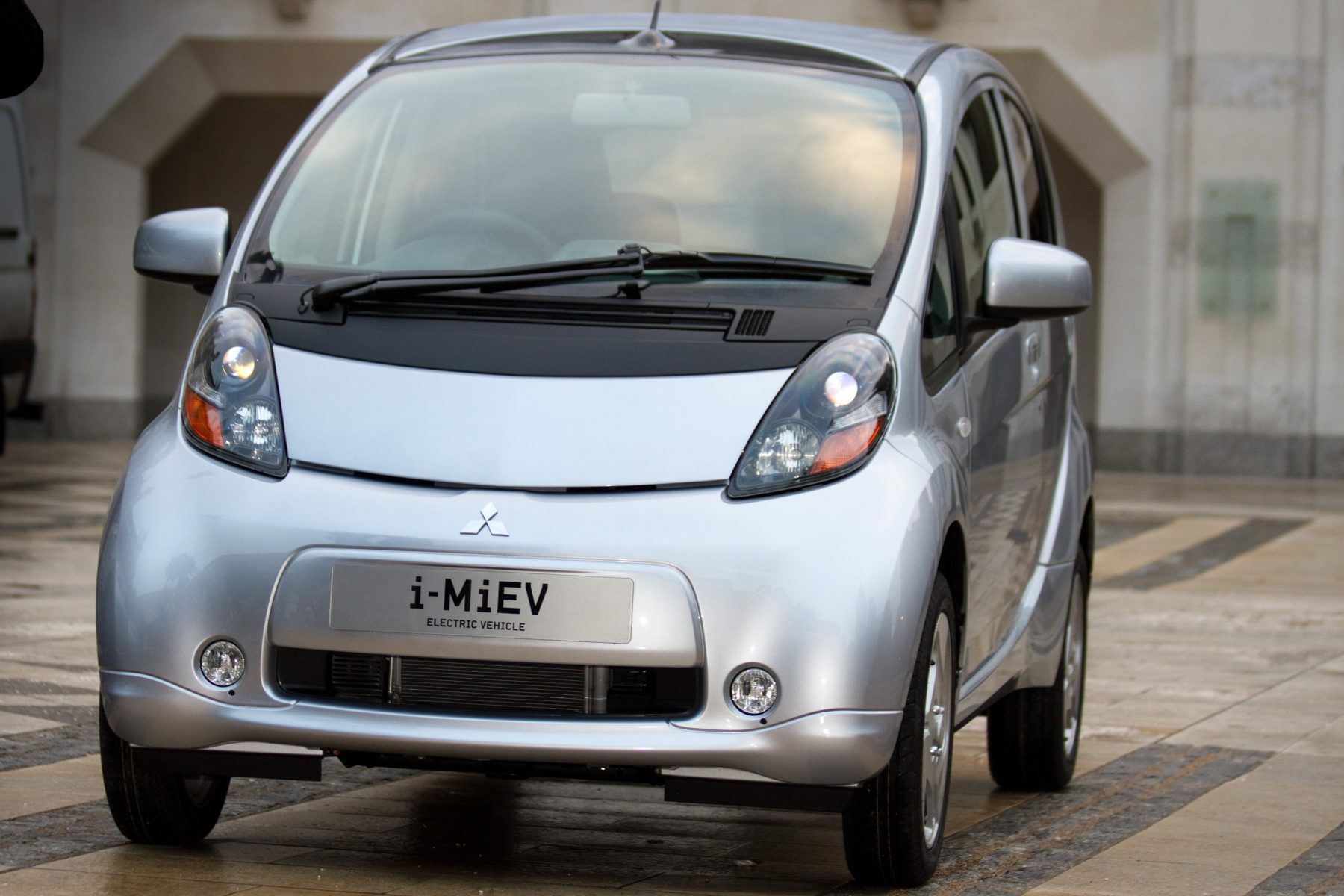 City cars and quirkiness seem to have gone hand in hand throughout the 21stcentury, and few had more eccentricities than the Mitsubishi i.
City cars and quirkiness seem to have gone hand in hand throughout the 21stcentury, and few had more eccentricities than the Mitsubishi i.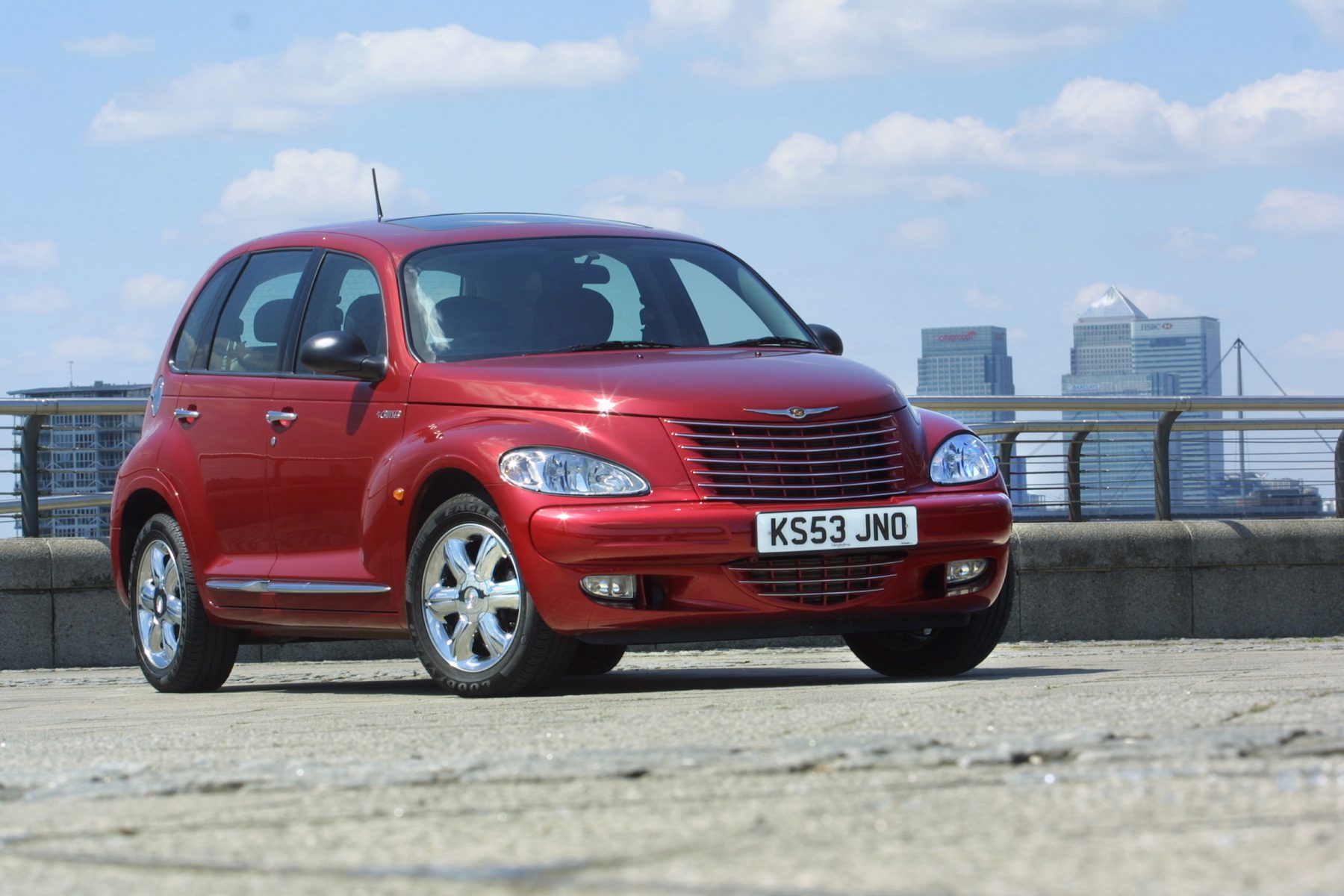 While the PT Cruiser is likely to forever illicit a poor reaction from most passionate motorists, a 10-year lifespan and a production run that topped 1.3 million units has to be an indicator that it did something right.
While the PT Cruiser is likely to forever illicit a poor reaction from most passionate motorists, a 10-year lifespan and a production run that topped 1.3 million units has to be an indicator that it did something right.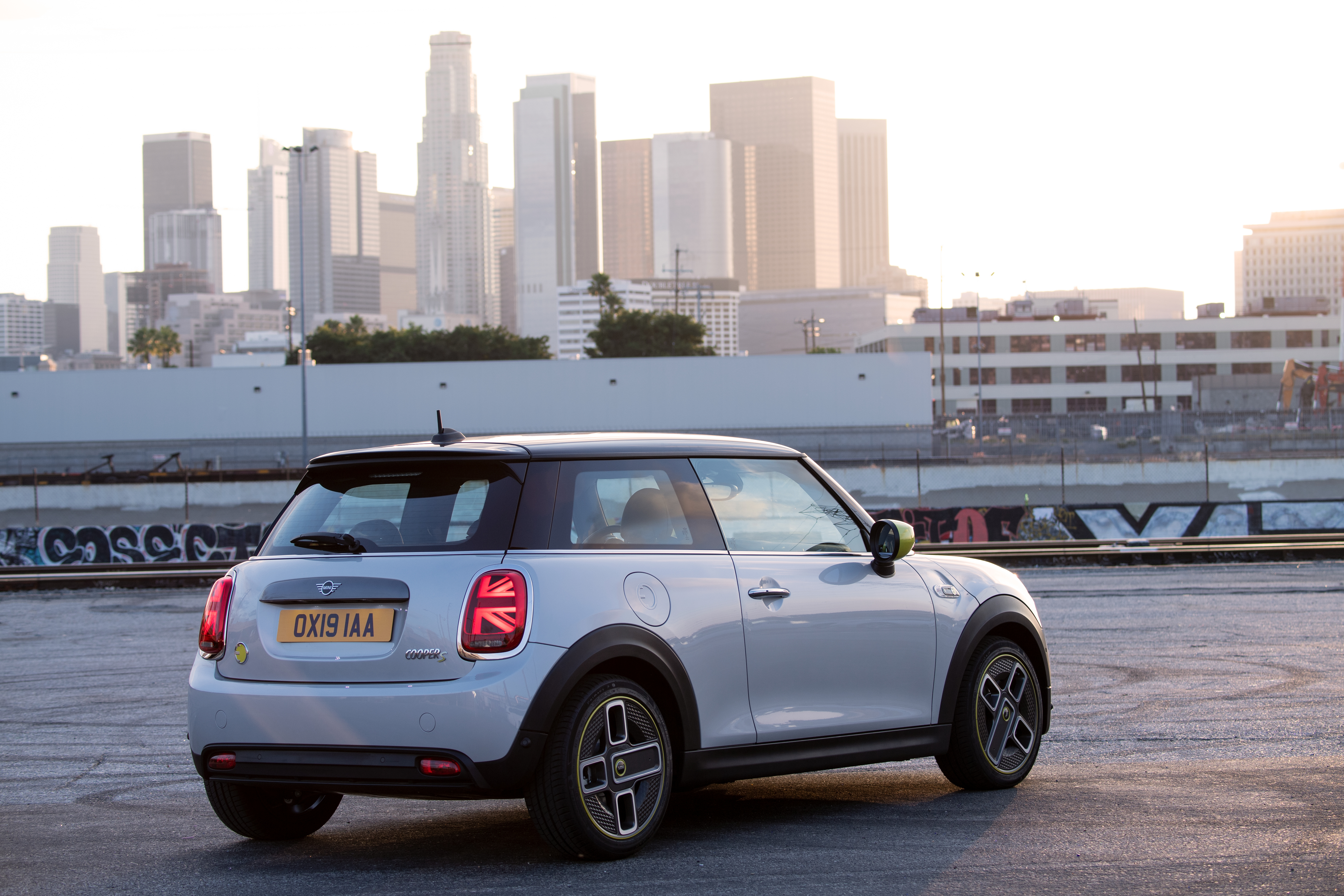
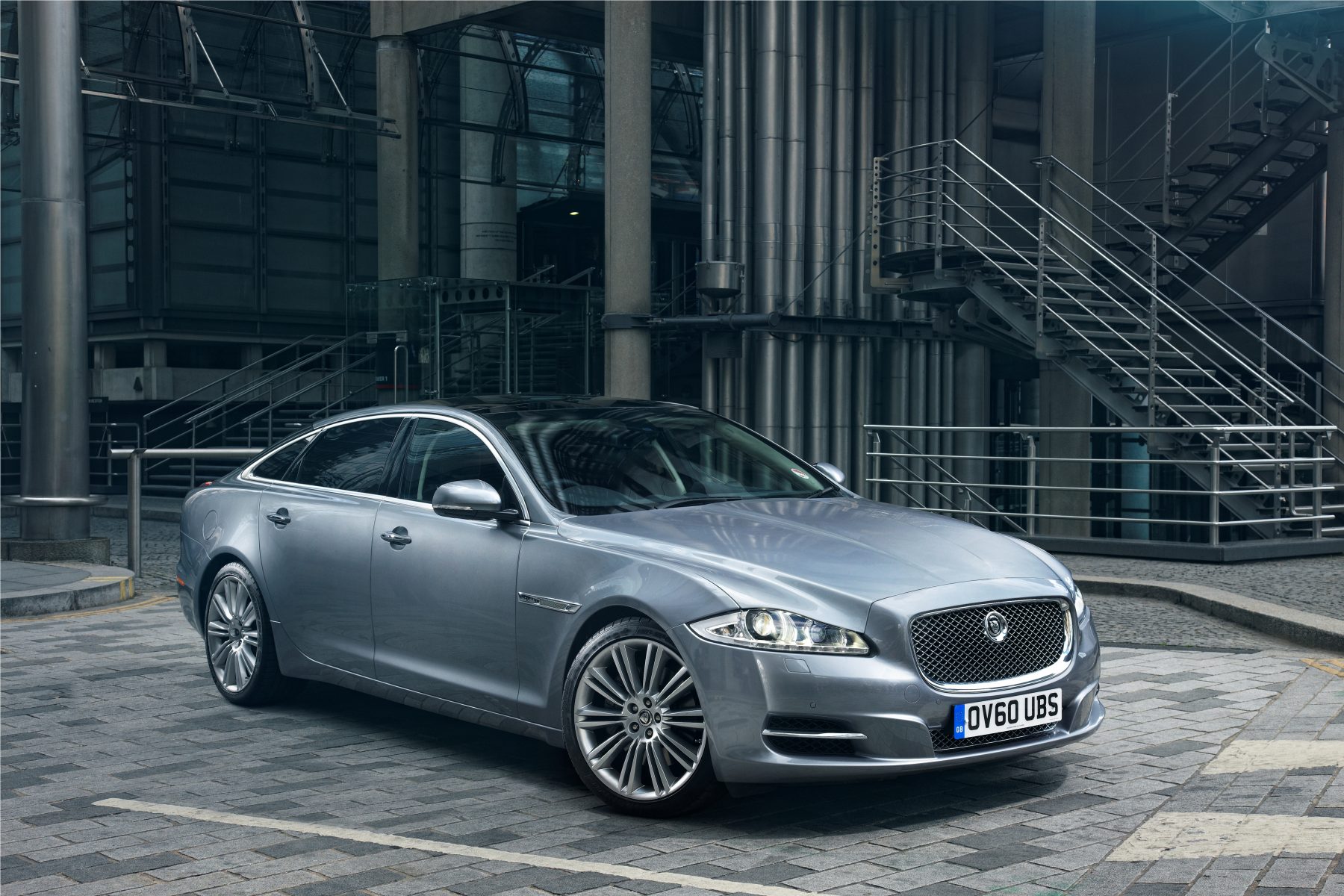 The announcement of increased investment in Jaguar’s electric car manufacturing facilities came wrapped with some surprising news; the XJ, a car that conjures up thoughts of straight-six motors or supercharged V8s, will be going all-electric.
The announcement of increased investment in Jaguar’s electric car manufacturing facilities came wrapped with some surprising news; the XJ, a car that conjures up thoughts of straight-six motors or supercharged V8s, will be going all-electric.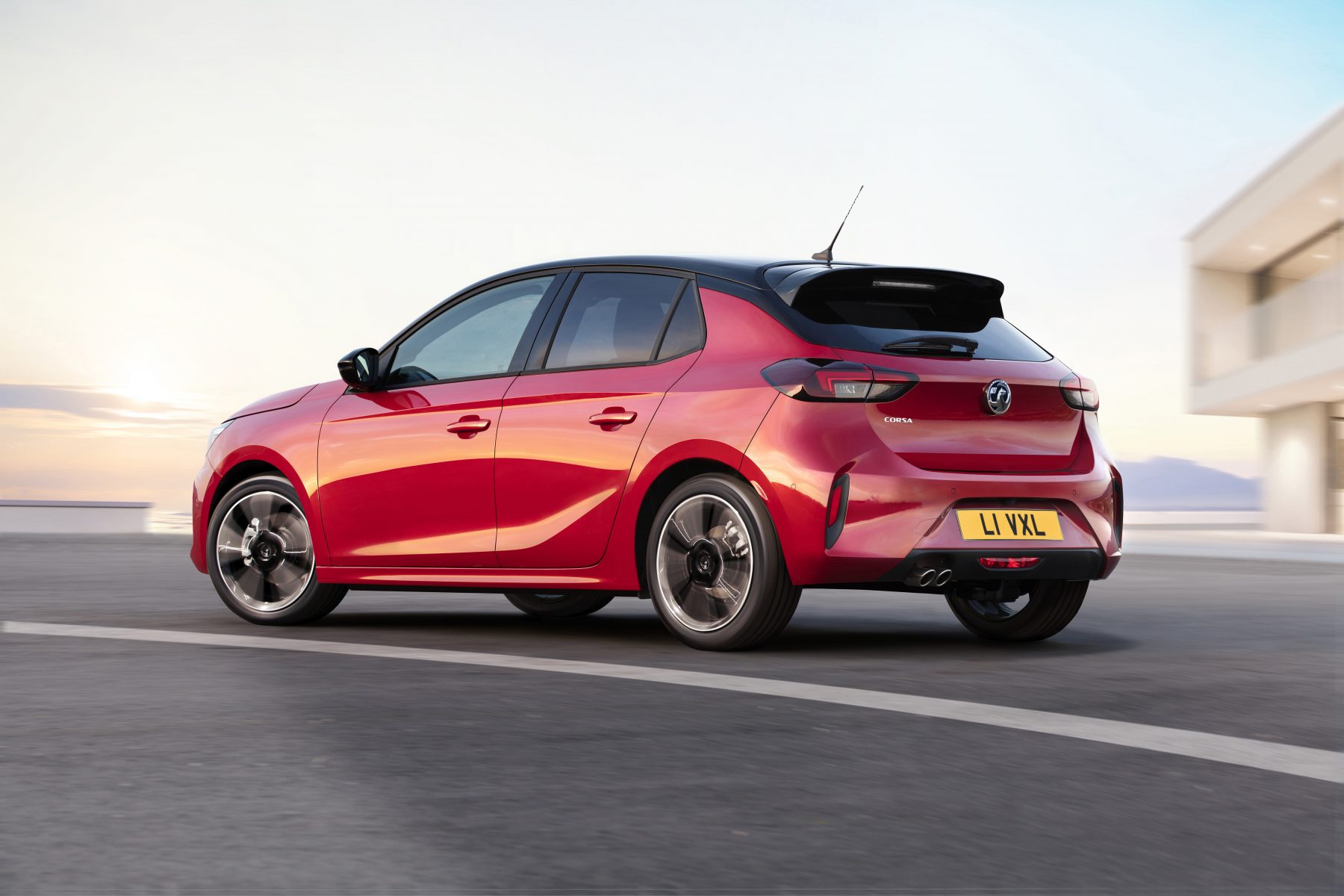 The next Vauxhall Corsa was always going to be a little different, given it’s the first example to be developed with new owners PSA, rather than General Motors.
The next Vauxhall Corsa was always going to be a little different, given it’s the first example to be developed with new owners PSA, rather than General Motors.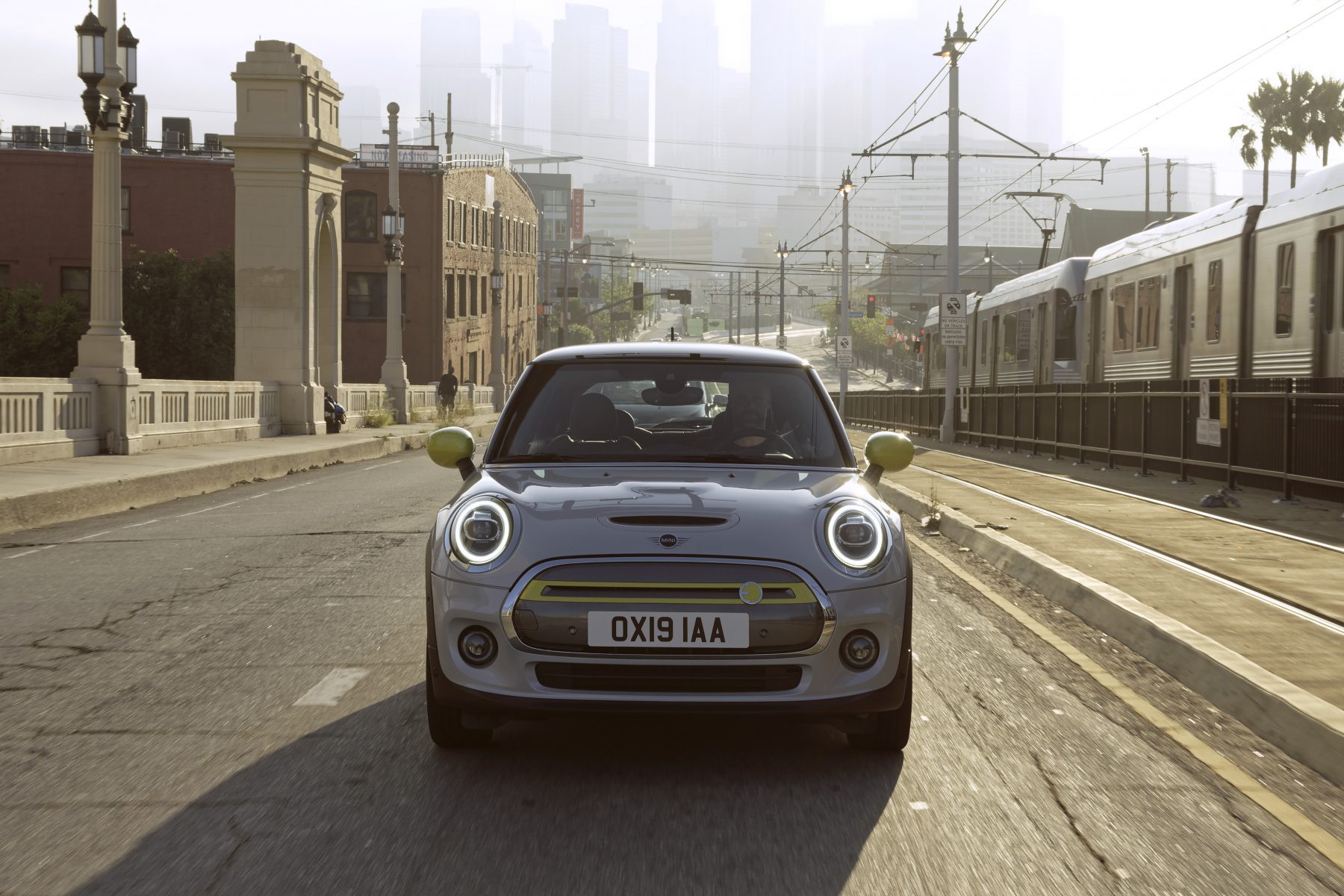 It wasn’t so long ago that the news of a hybrid Mini – albeit a Countryman – seemed like quite a big deal, so the arrival of an electric variant of the Mini itself in the model’s 60thanniversary year was quite the leap forward.
It wasn’t so long ago that the news of a hybrid Mini – albeit a Countryman – seemed like quite a big deal, so the arrival of an electric variant of the Mini itself in the model’s 60thanniversary year was quite the leap forward.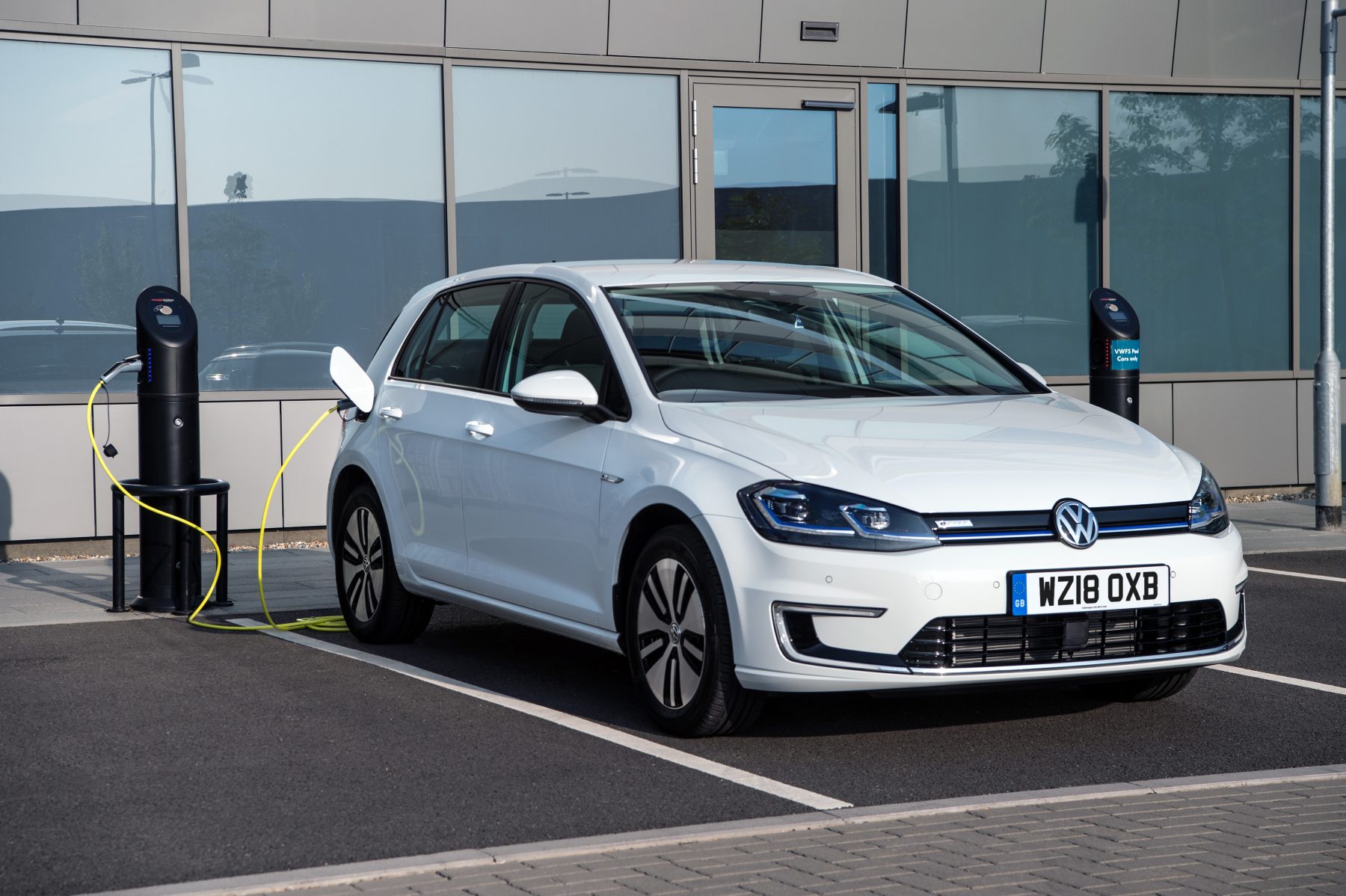 Volkswagen was well ahead of the curve when it came to an electric version of its most popular model.
Volkswagen was well ahead of the curve when it came to an electric version of its most popular model.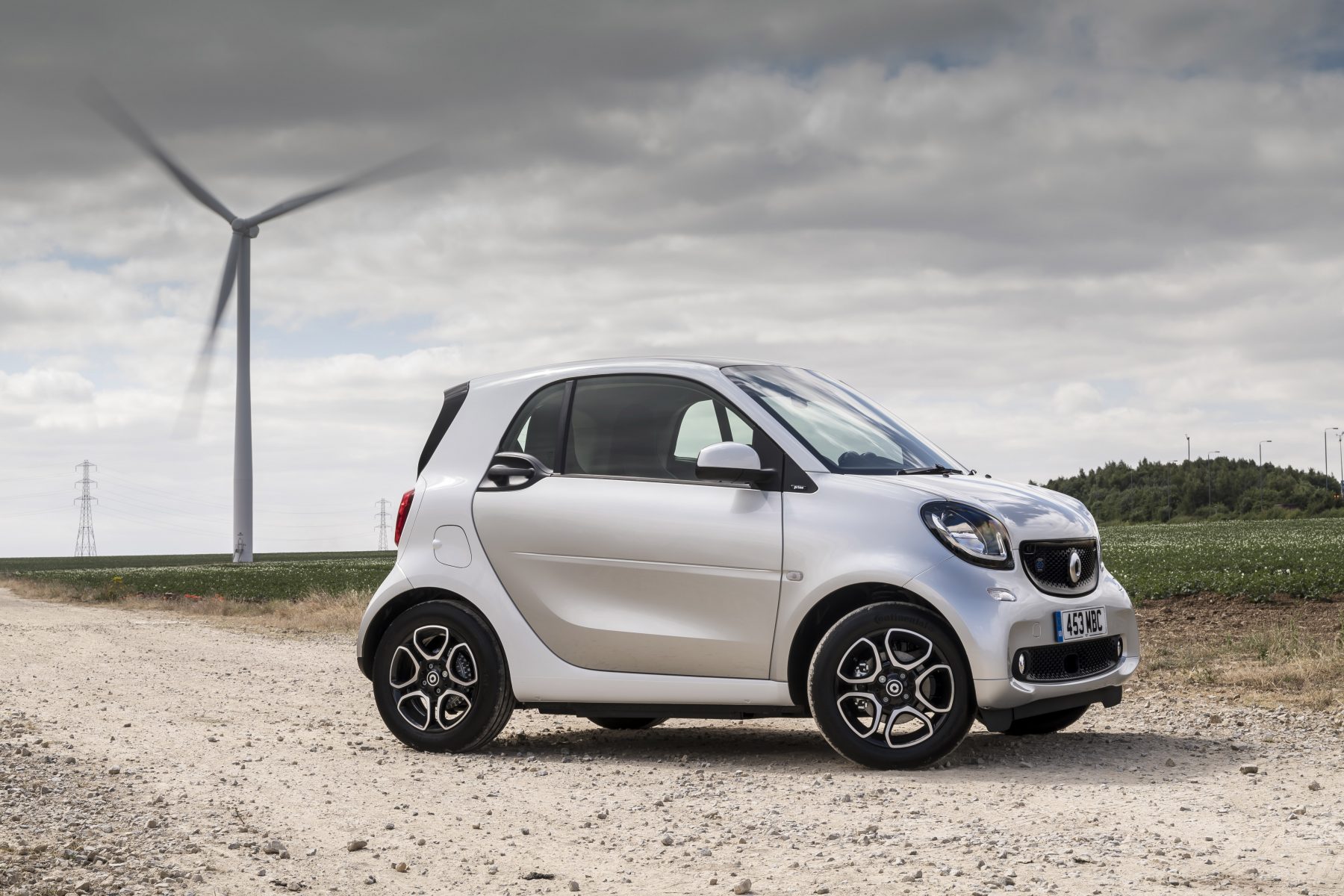 As soon as a big company took on the idea of a small electric city car for a high-volume production run, novel beasts such as the G-Wiz were never going to be long for the world. When Mercedes-owned Smart rolled out an electric version of the ForTwo in the late 2000s, the moment had finally come.
As soon as a big company took on the idea of a small electric city car for a high-volume production run, novel beasts such as the G-Wiz were never going to be long for the world. When Mercedes-owned Smart rolled out an electric version of the ForTwo in the late 2000s, the moment had finally come.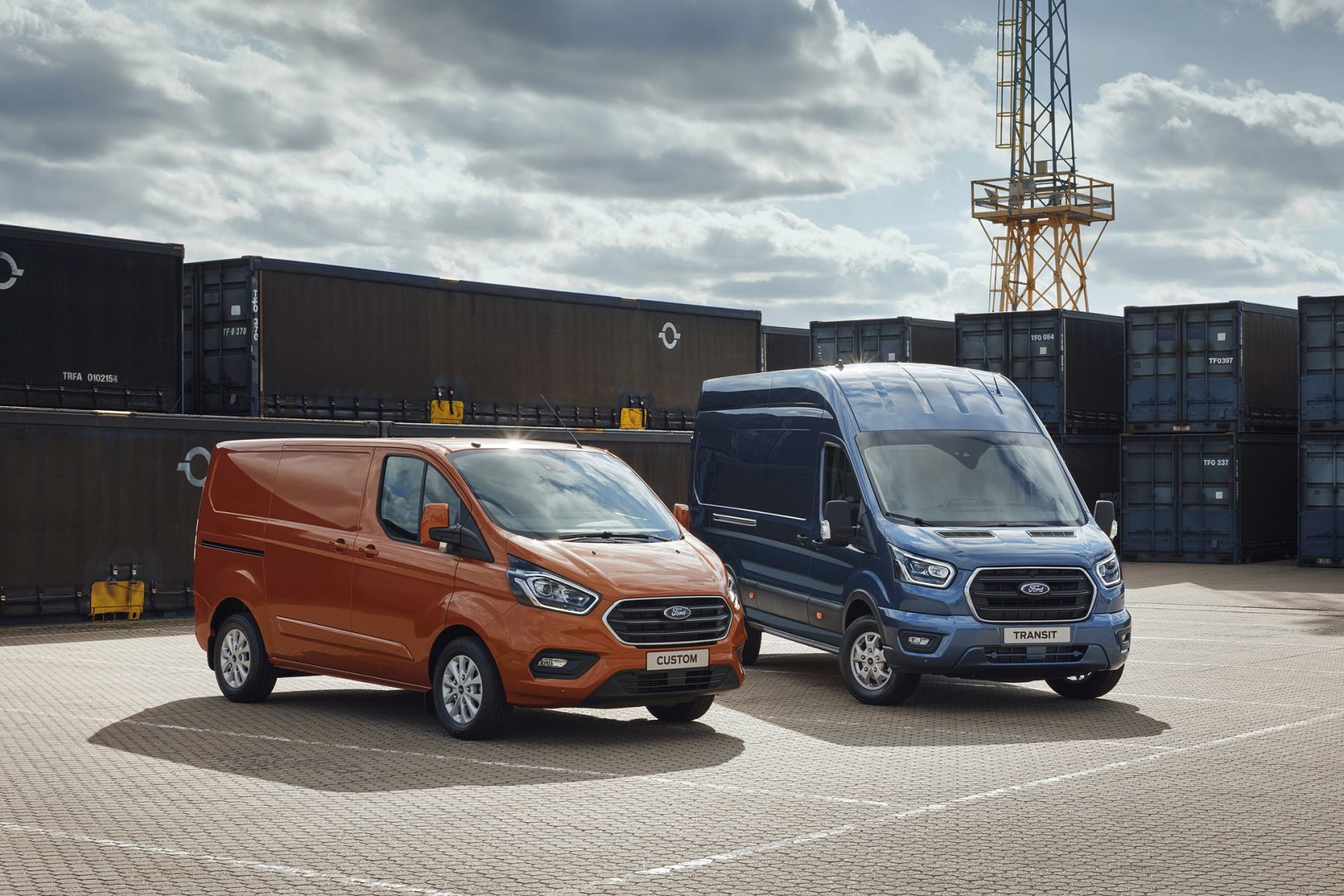 The all-electric commercial vehicle isn’t an entirely new concept, with the likes of Nissan giving businesses an electric option with the E-NV200.
The all-electric commercial vehicle isn’t an entirely new concept, with the likes of Nissan giving businesses an electric option with the E-NV200. Given the 208’s platform is the same one Vauxhall’s Corsa is built on, there will be no shortage of small electric hatchbacks in the very near future.
Given the 208’s platform is the same one Vauxhall’s Corsa is built on, there will be no shortage of small electric hatchbacks in the very near future. And now for something completely different.
And now for something completely different.
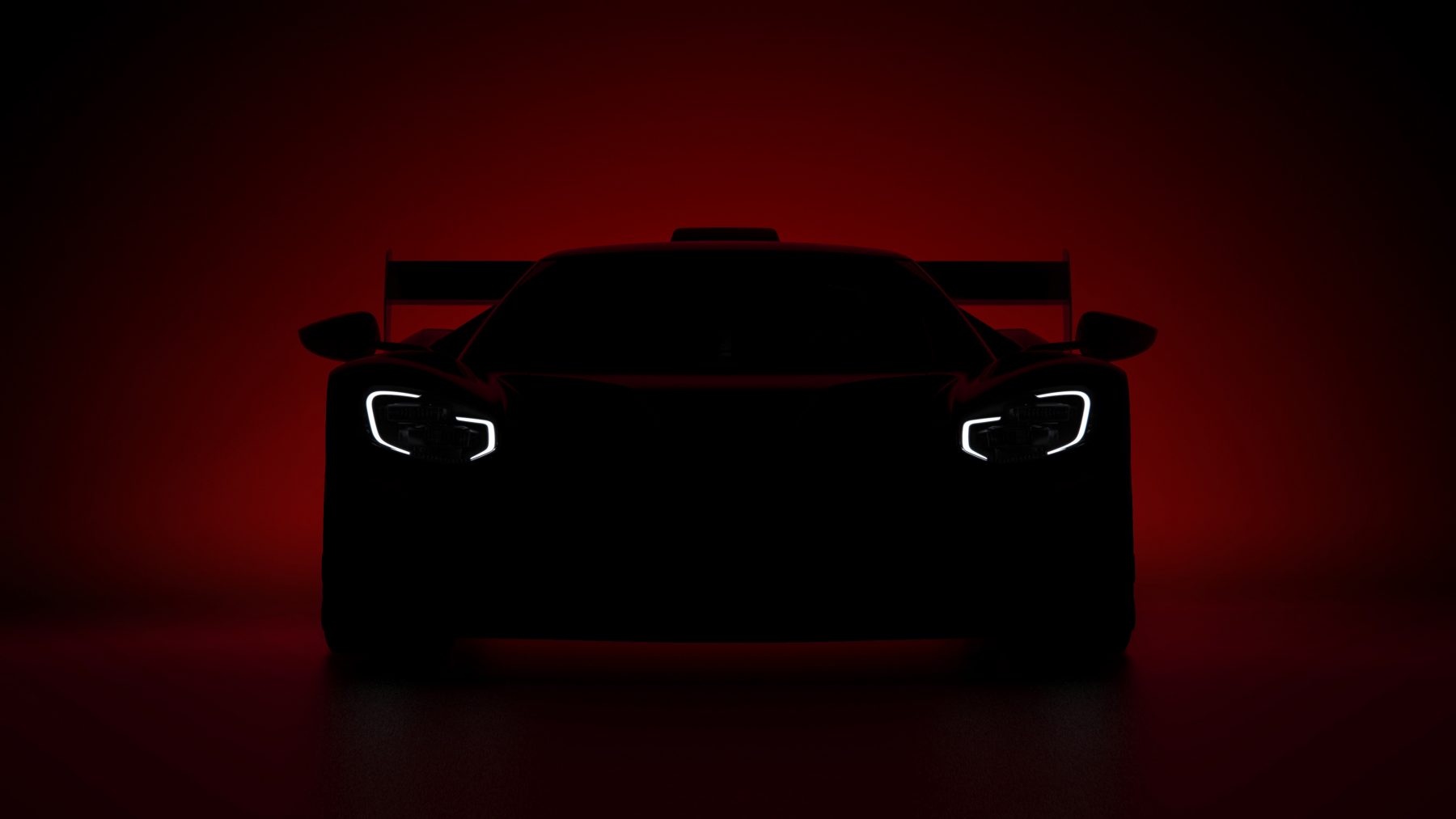 The Ford GT is certainly no slouch, but it seems that some of the power-hungry boffins at Ford Performance simply aren’t content with the standard car.
The Ford GT is certainly no slouch, but it seems that some of the power-hungry boffins at Ford Performance simply aren’t content with the standard car.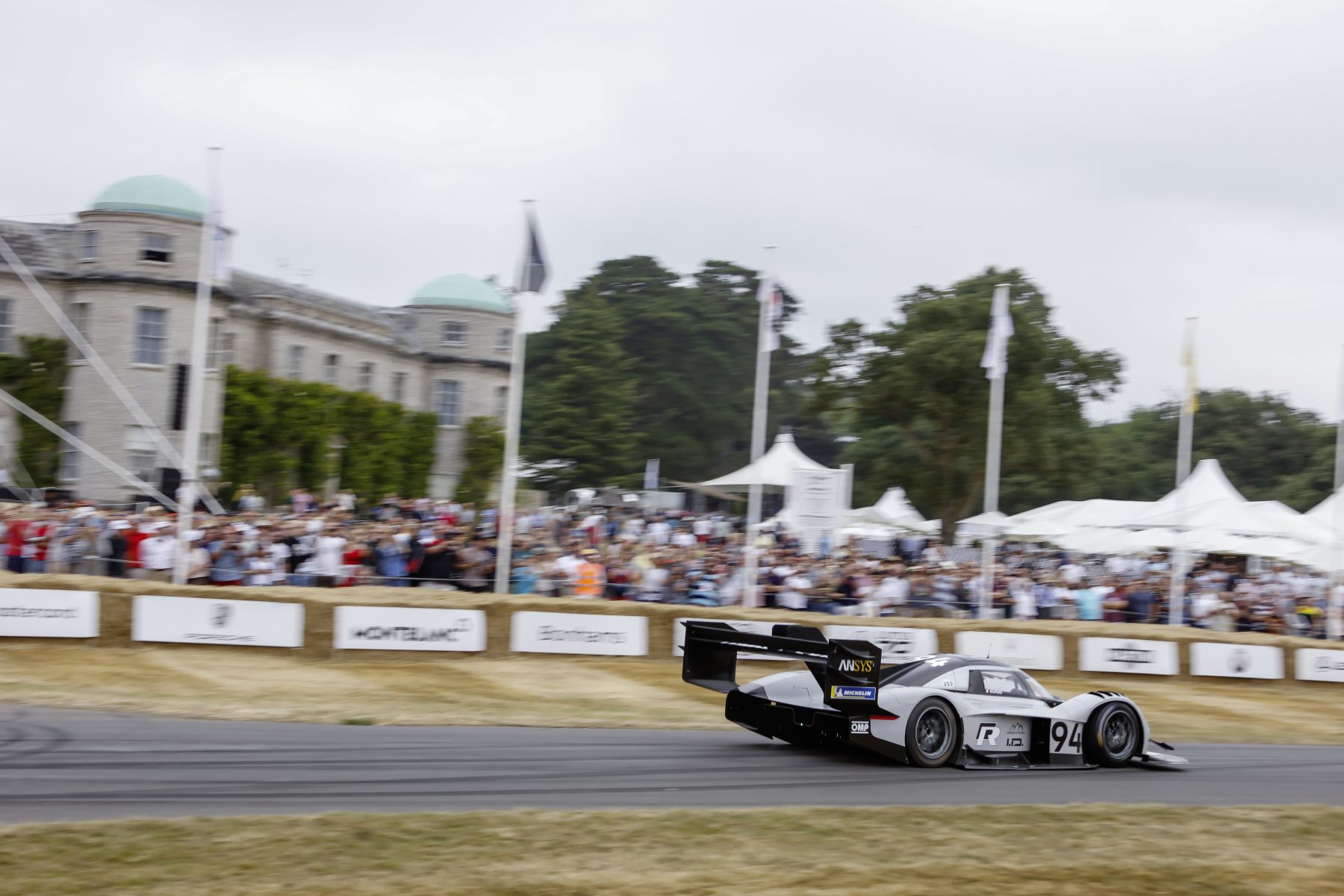 Sunday is perhaps the best day for fans of cars with stripes and numbers on the doors, as the timed shootout sees teams wheel out everything from pre-war racers to spaceship-esque electric vehicles.
Sunday is perhaps the best day for fans of cars with stripes and numbers on the doors, as the timed shootout sees teams wheel out everything from pre-war racers to spaceship-esque electric vehicles. As is so often the case at this event, there are just as many immaculate cars on display as there are on the course.
As is so often the case at this event, there are just as many immaculate cars on display as there are on the course.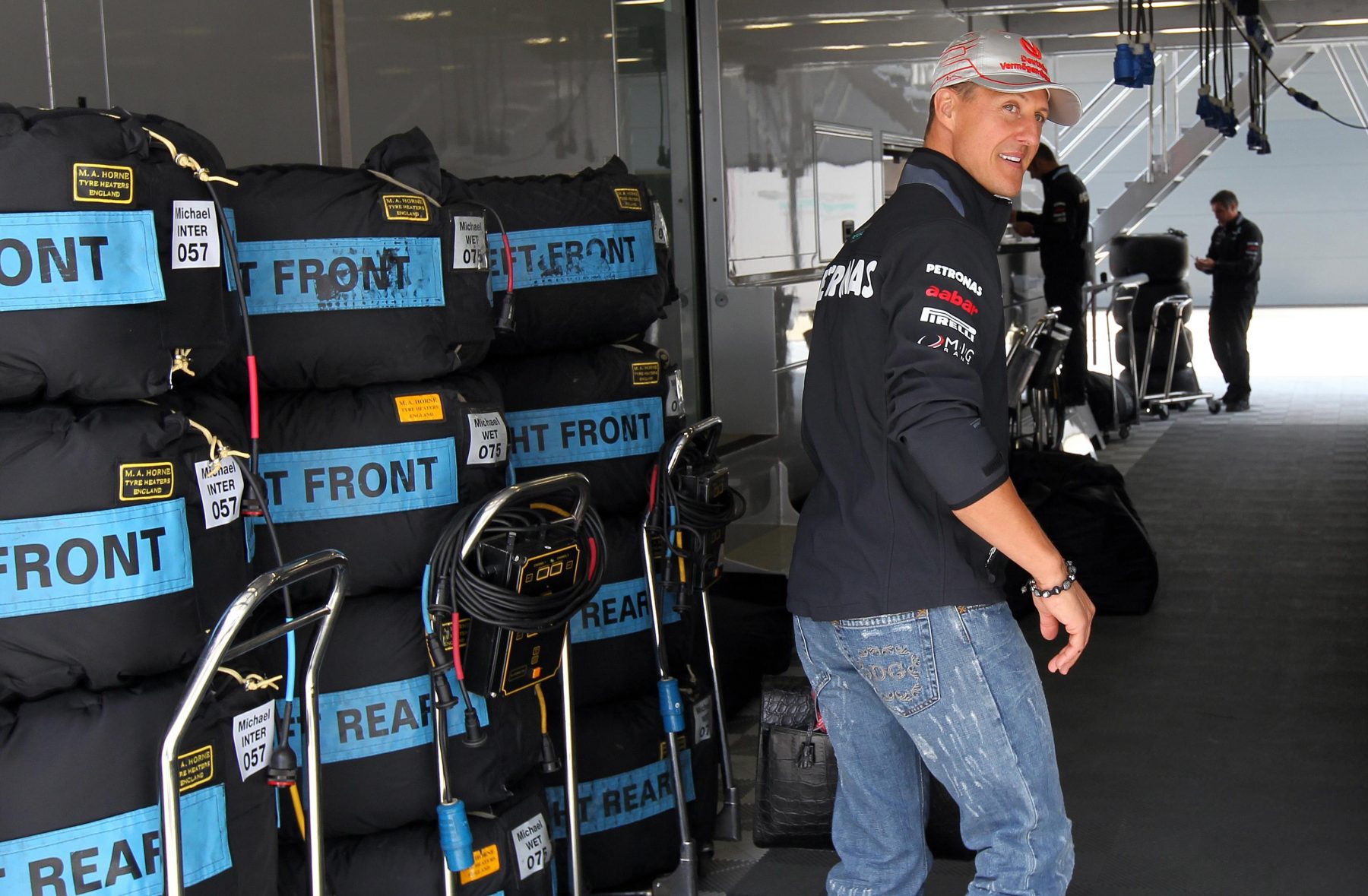 On the year of his 50thbirthday, and the 25thanniversary of his first World Championship victory in 1994, Michael Schumacher is to be celebrated at the event.
On the year of his 50thbirthday, and the 25thanniversary of his first World Championship victory in 1994, Michael Schumacher is to be celebrated at the event.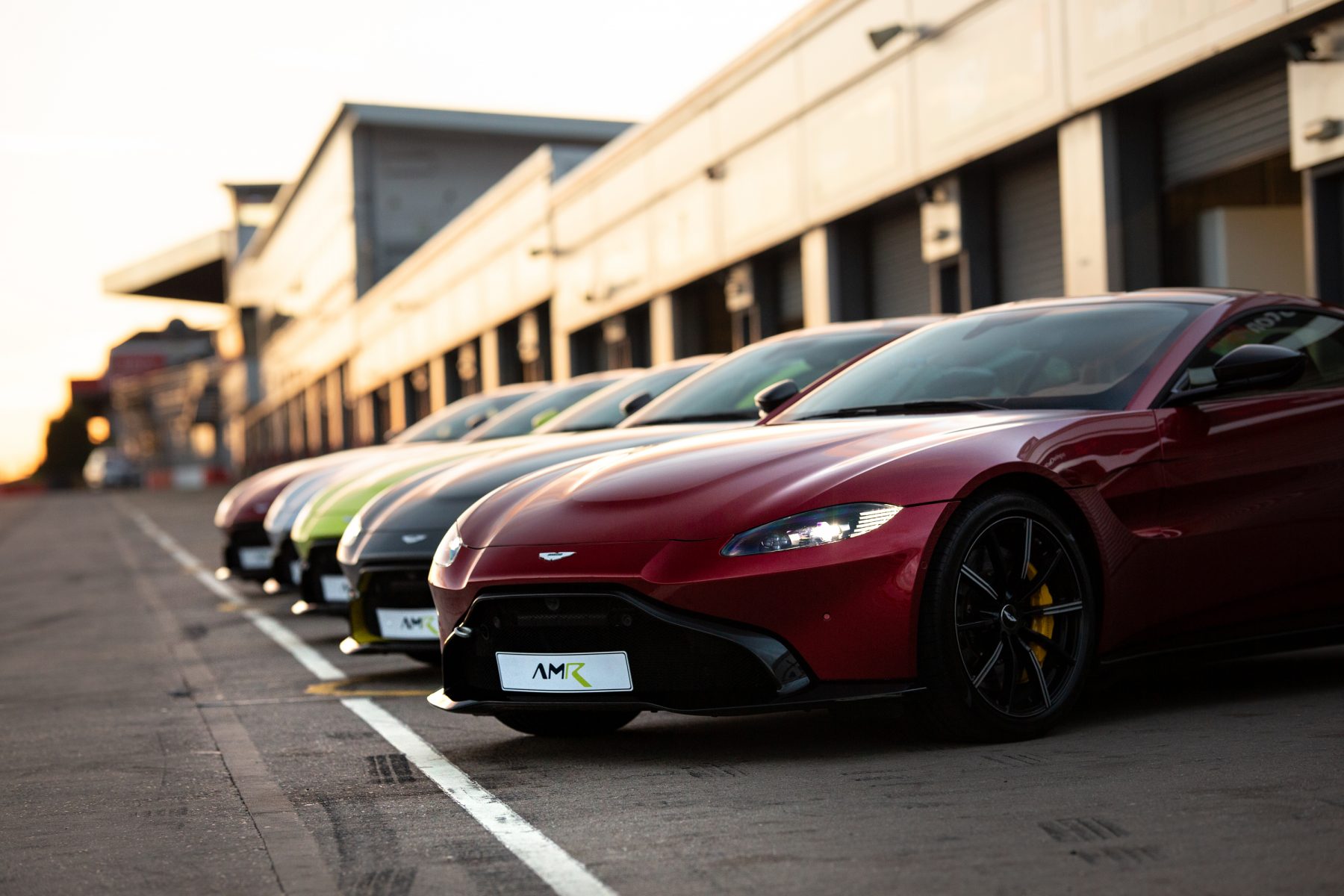 The sculpture in front of the Goodwood house has become one of the most anticipated features of the event, and this year, it is Aston Martin that takes the honour of being showcased on the Duke of Richmond’s front lawn.
The sculpture in front of the Goodwood house has become one of the most anticipated features of the event, and this year, it is Aston Martin that takes the honour of being showcased on the Duke of Richmond’s front lawn.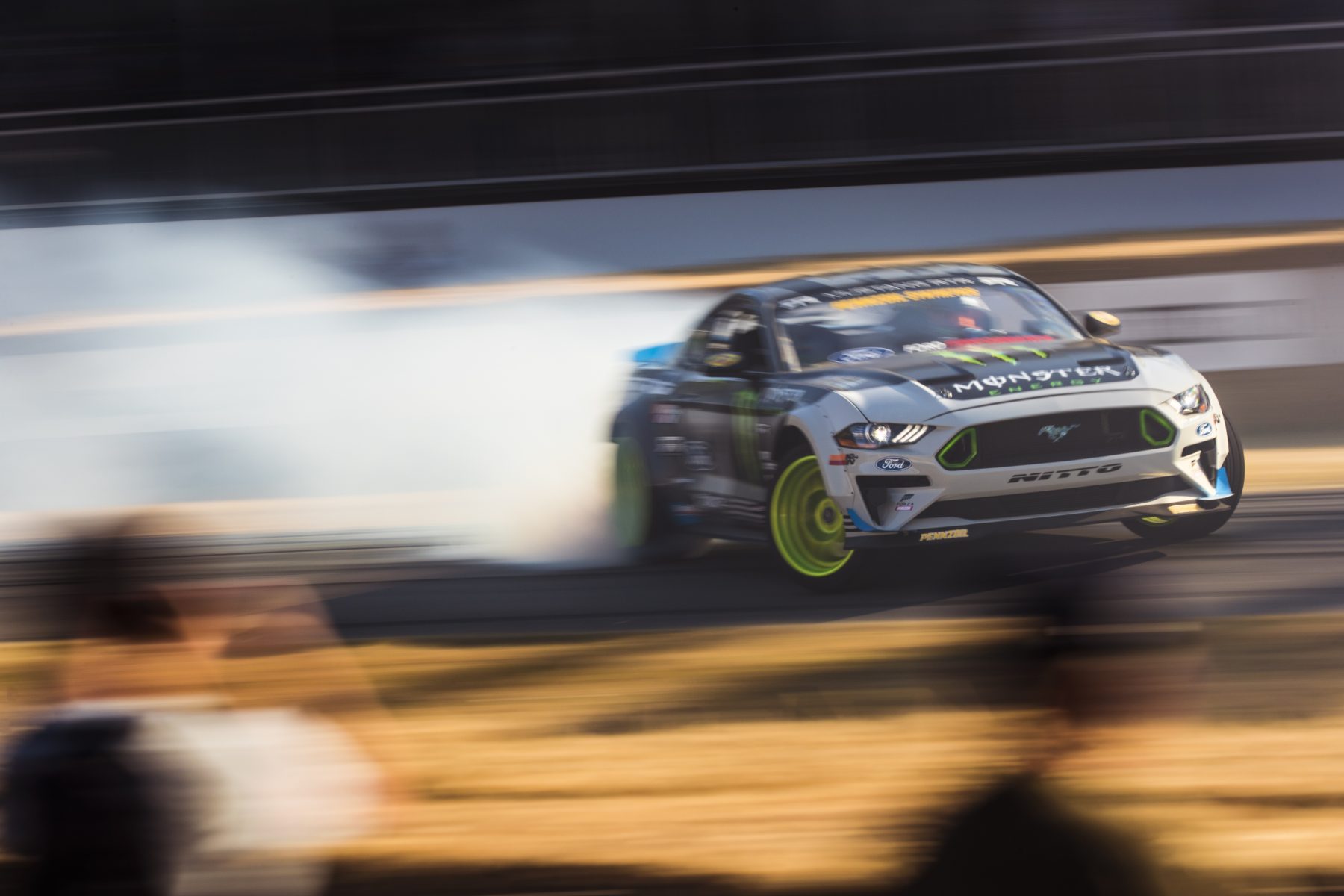 While the strictly sideways, extreme drivers of the world seemed an odd match for the stately home setting of Goodwood, the antics of Ken Block, Terry Grant and Vaughn Gittin Jr have become an unmissable part of the event.
While the strictly sideways, extreme drivers of the world seemed an odd match for the stately home setting of Goodwood, the antics of Ken Block, Terry Grant and Vaughn Gittin Jr have become an unmissable part of the event.
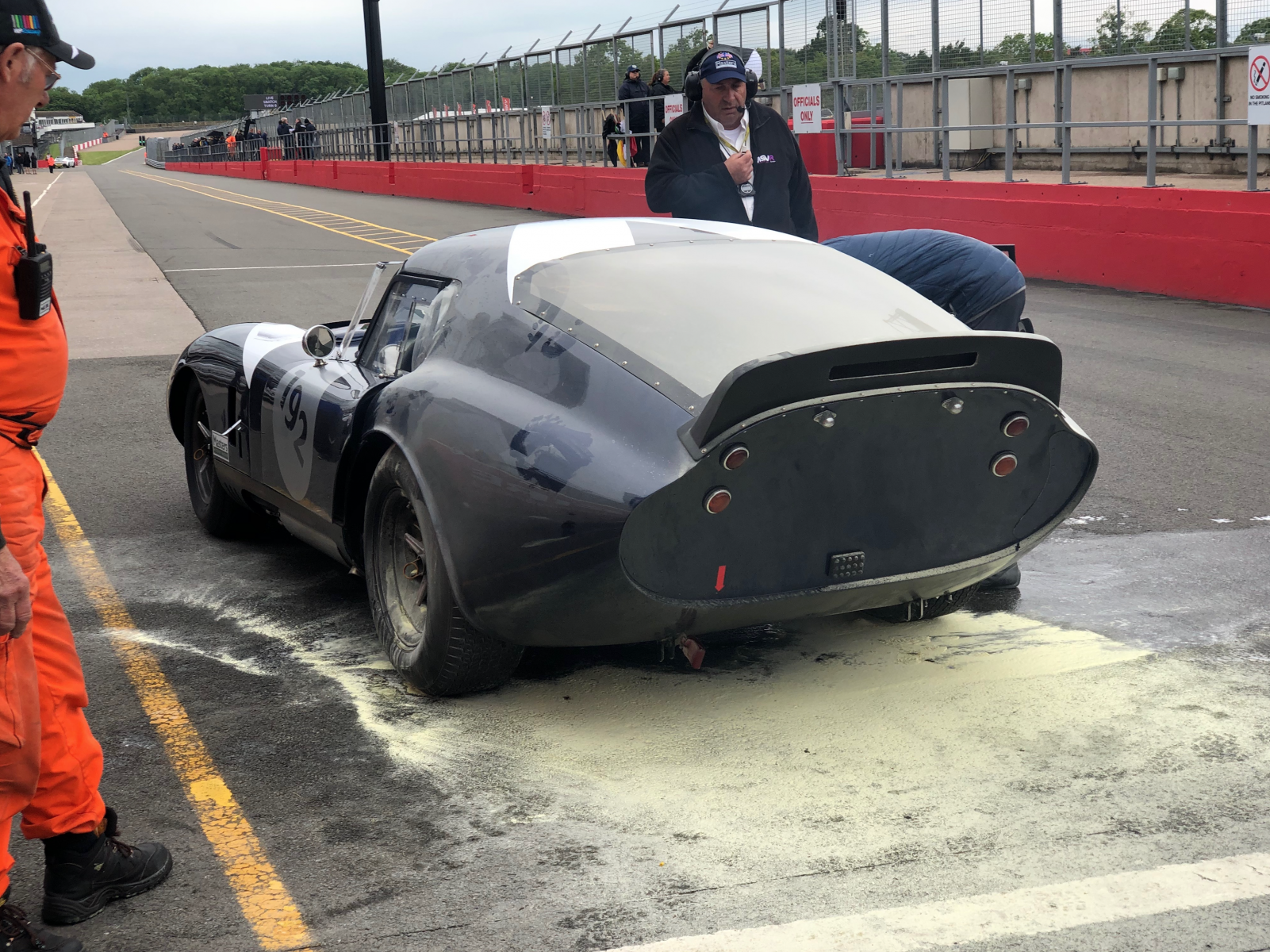
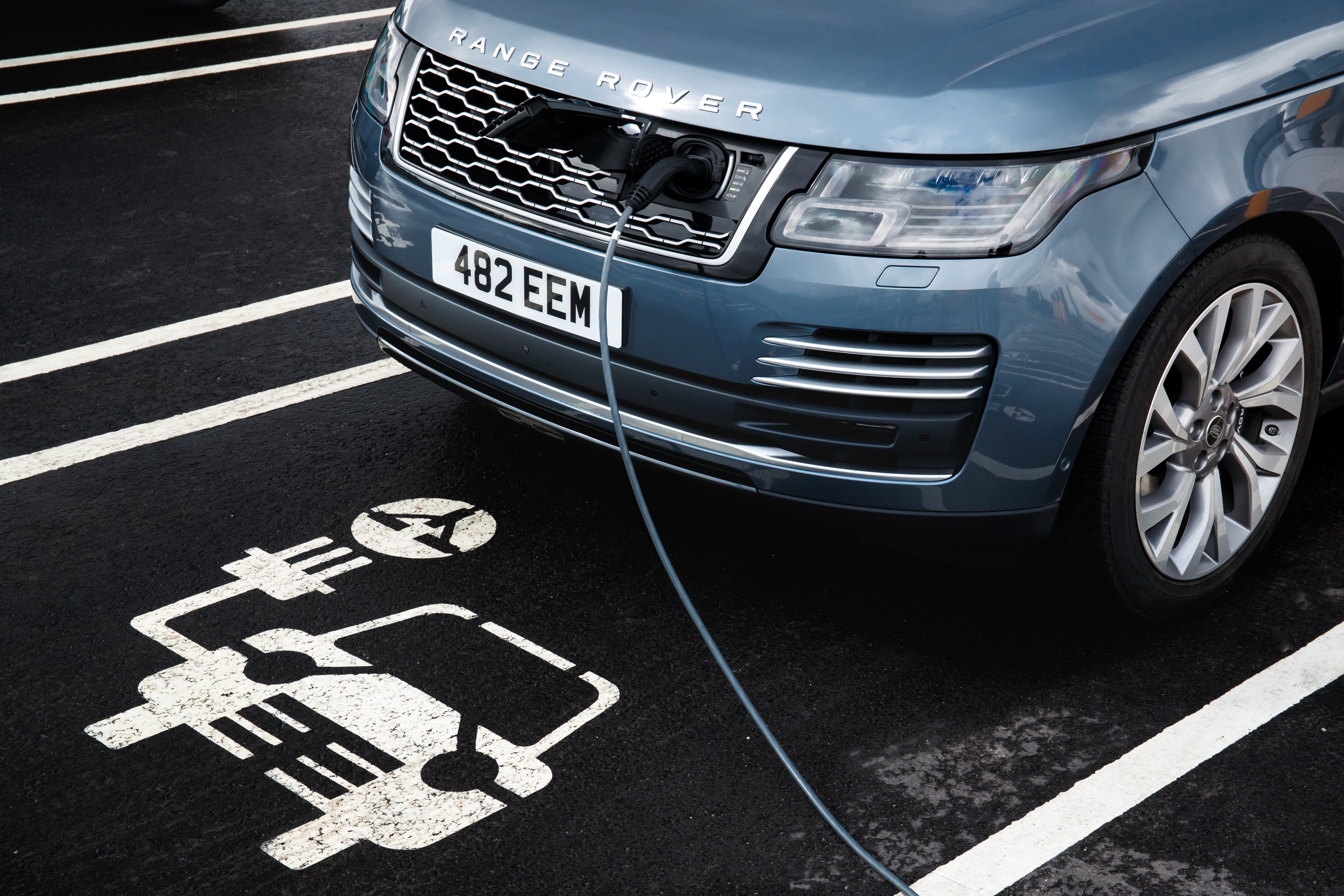
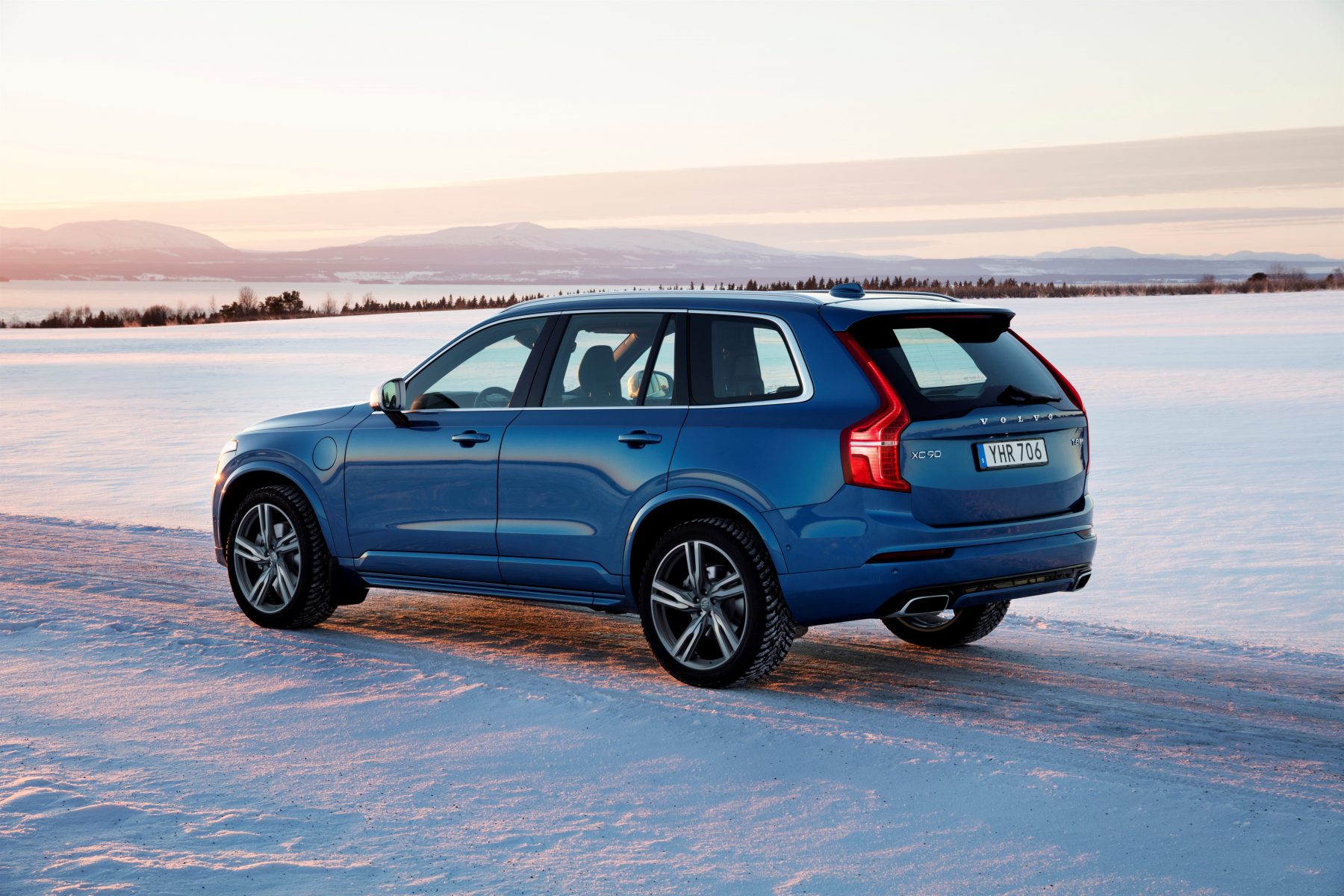 The T8 badge denotes the flagship variant of a Volvo model. In years past, it would also point to a V8 engine under the bonnet, but this is no longer the case.
The T8 badge denotes the flagship variant of a Volvo model. In years past, it would also point to a V8 engine under the bonnet, but this is no longer the case.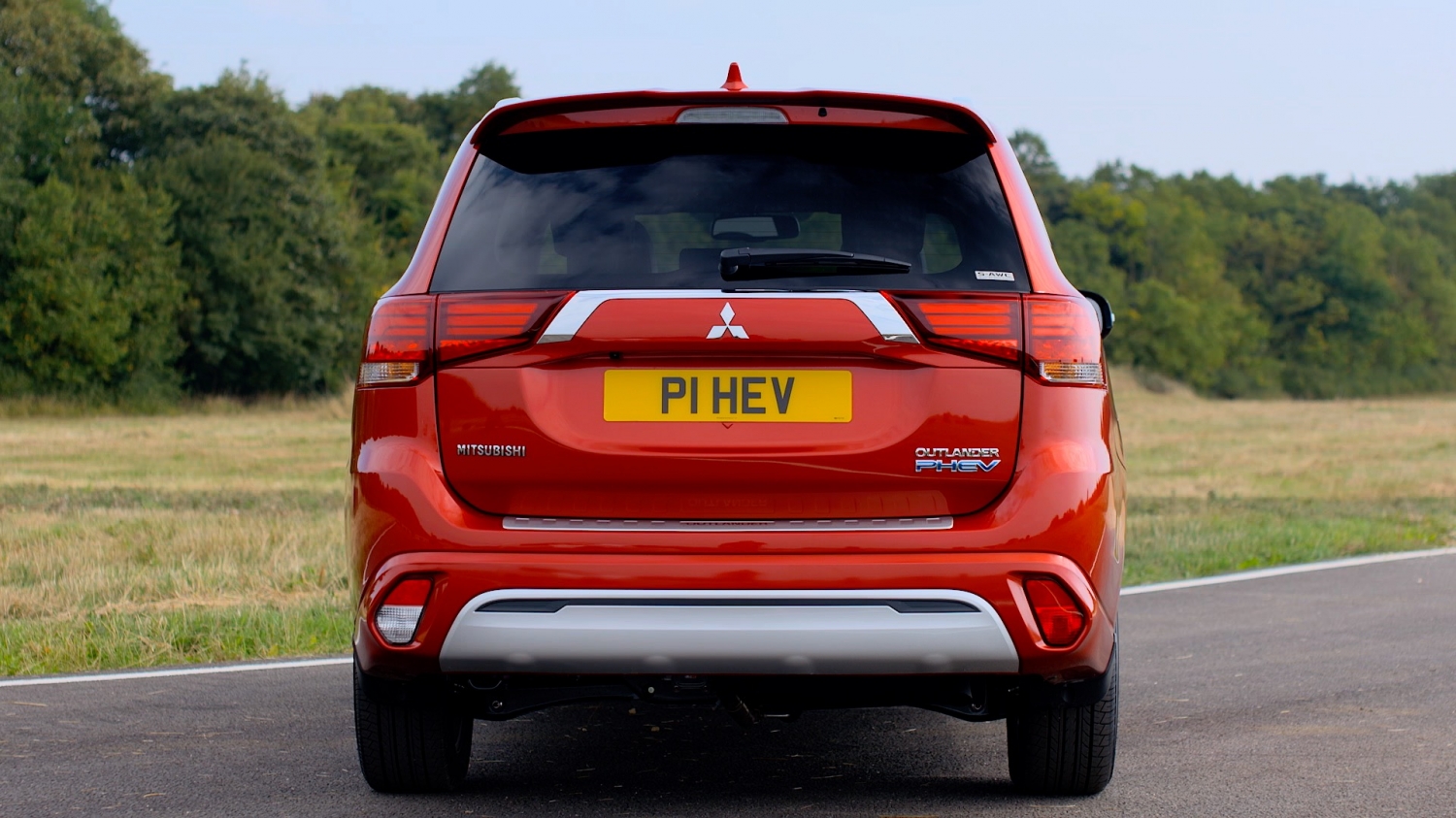 Mitsubishi’s Outlander PHEV has been the most popular hybrid SUV of all over the past few years, and that’s understandable, as it not only looks the part and performs well, but it also represents good value compared with other plug-in hybrids.
Mitsubishi’s Outlander PHEV has been the most popular hybrid SUV of all over the past few years, and that’s understandable, as it not only looks the part and performs well, but it also represents good value compared with other plug-in hybrids.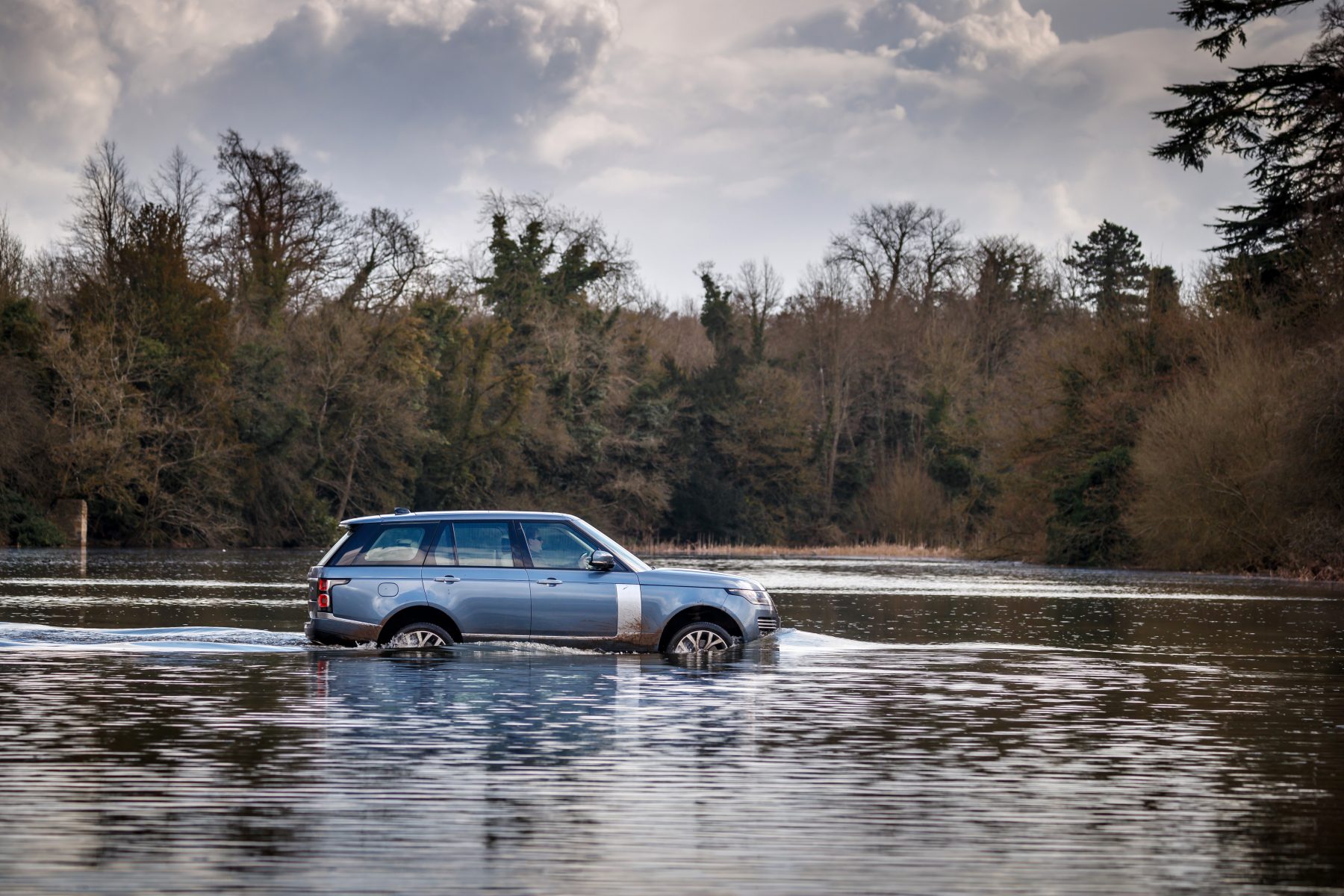 This is one of the more luxurious choices on the list.
This is one of the more luxurious choices on the list.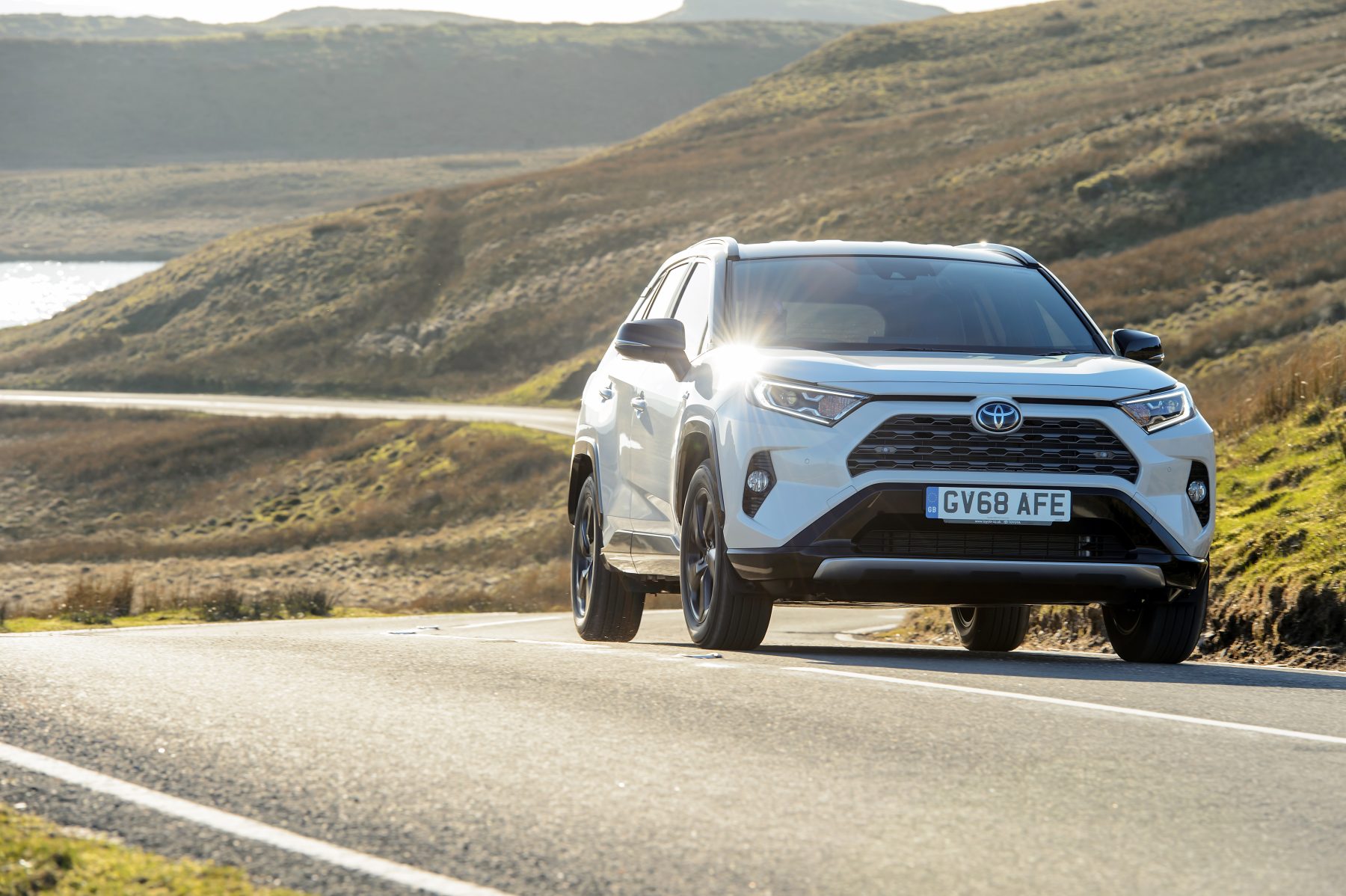 Toyota has long been a pioneer of hybrid cars, courtesy of models such as the Prius. As such, it’s little surprise that it is among the first to convert one of its mainstream models into a pure hybrid.
Toyota has long been a pioneer of hybrid cars, courtesy of models such as the Prius. As such, it’s little surprise that it is among the first to convert one of its mainstream models into a pure hybrid.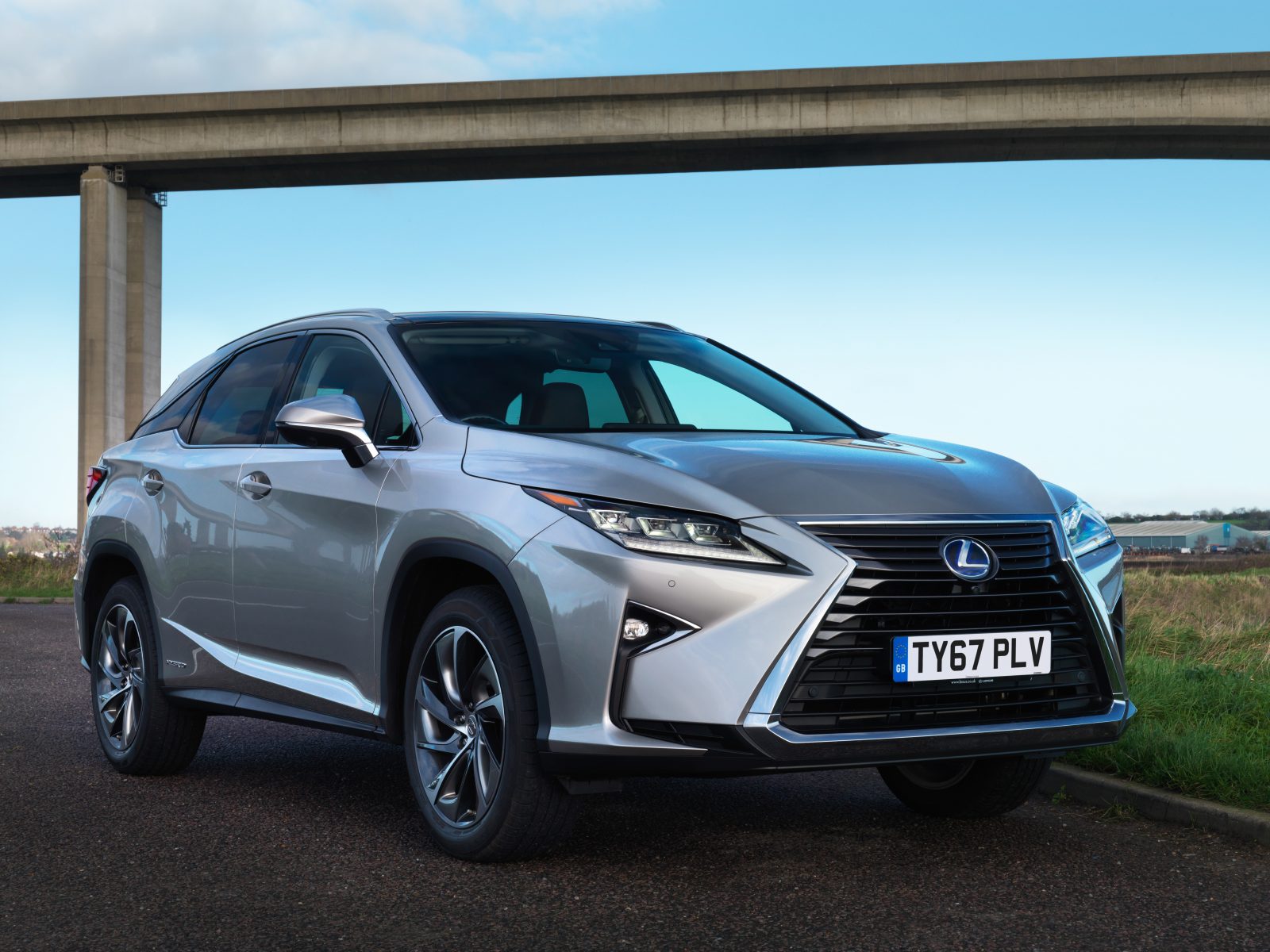 With claimed fuel economy of just 37.1mpg, the RX 450h is fairly thirsty compared to some on this list, though this claimed figure is arguably one of the more realistic you will find on the market.
With claimed fuel economy of just 37.1mpg, the RX 450h is fairly thirsty compared to some on this list, though this claimed figure is arguably one of the more realistic you will find on the market.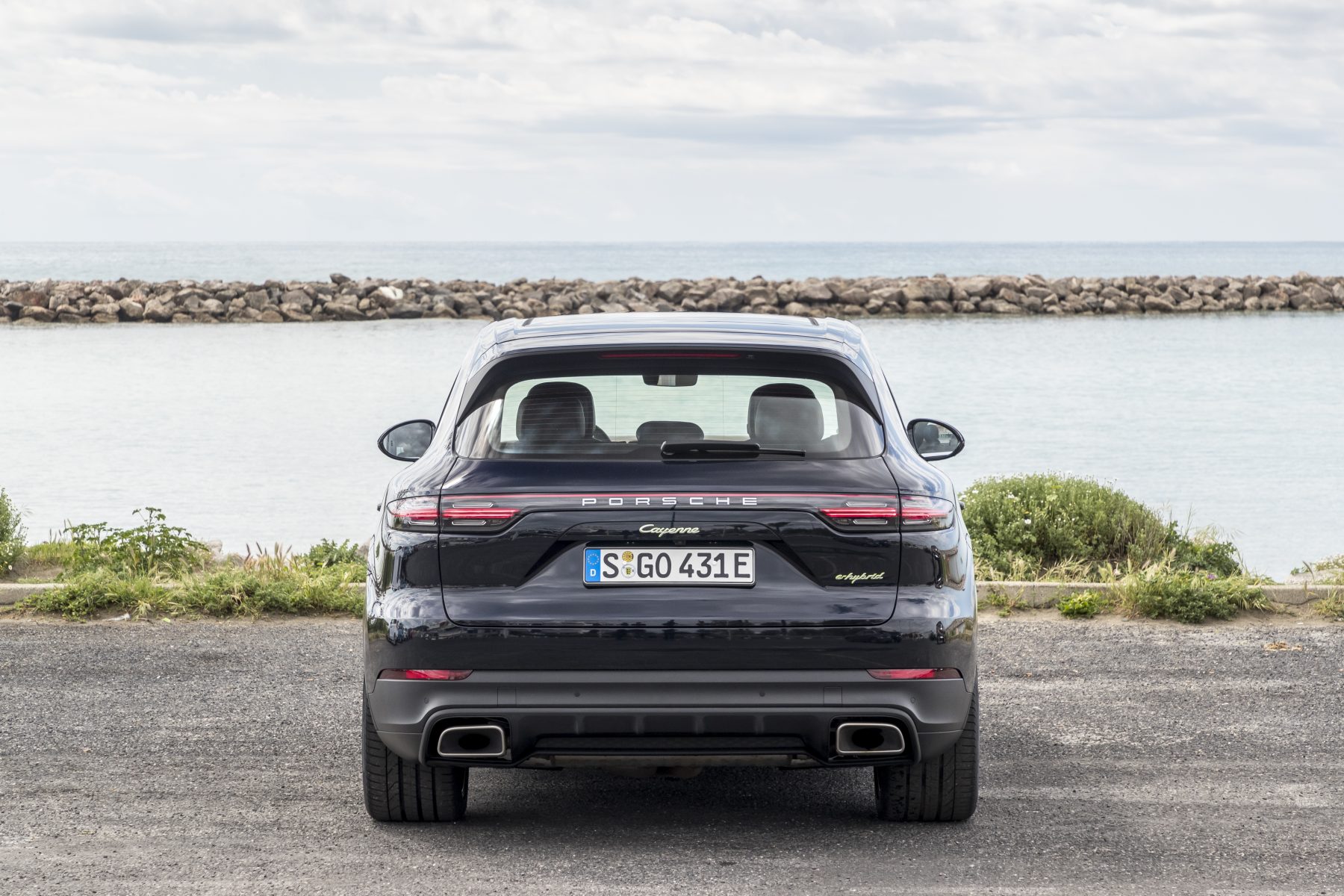 Perhaps the most dynamic SUV on the market, from a brand that has long been pushing the electric agenda; it’s fair to say that the hybrid Cayenne was anything but a surprise.
Perhaps the most dynamic SUV on the market, from a brand that has long been pushing the electric agenda; it’s fair to say that the hybrid Cayenne was anything but a surprise.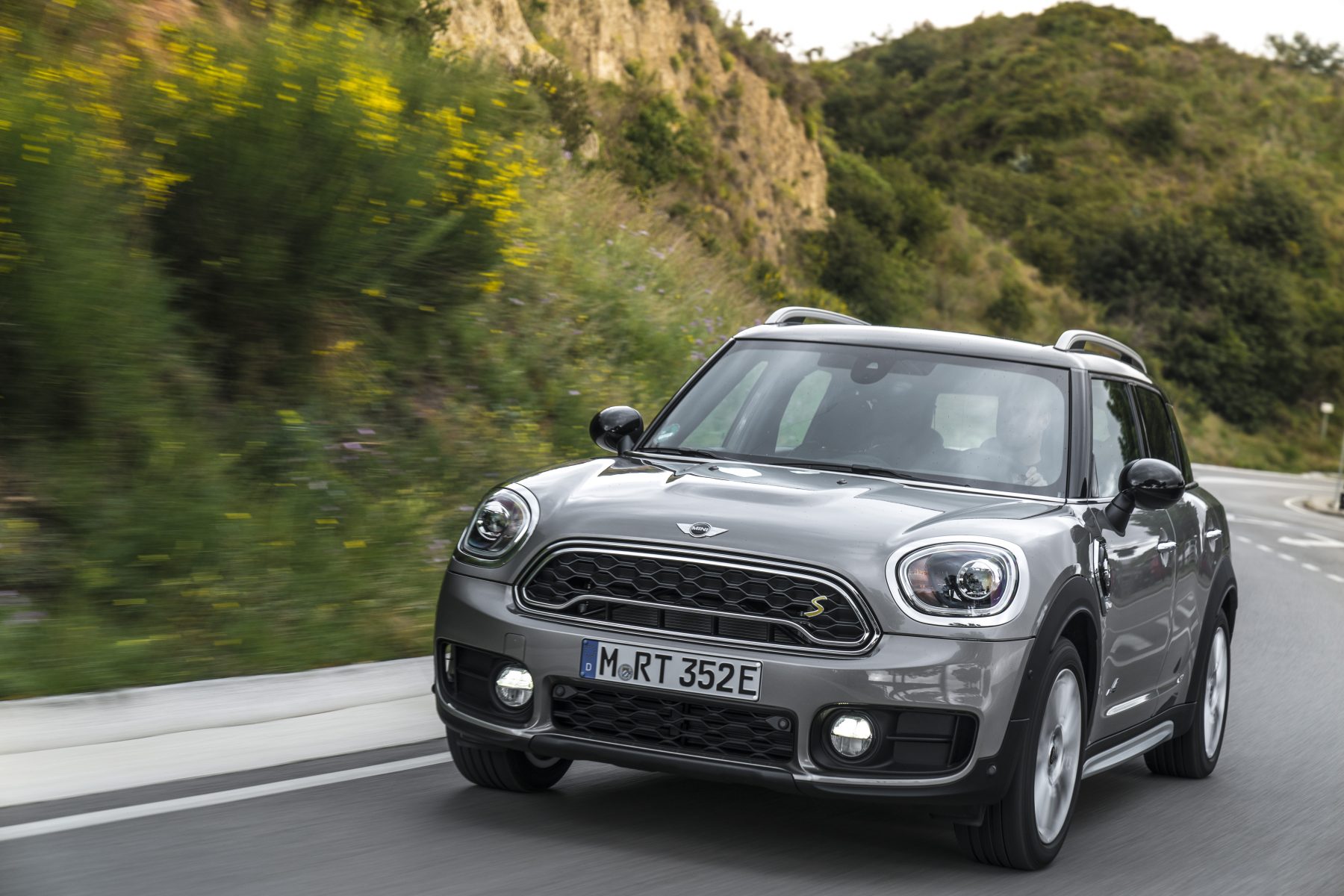 Even the more compact end of the SUV scale is becoming more and more hybrid friendly.
Even the more compact end of the SUV scale is becoming more and more hybrid friendly.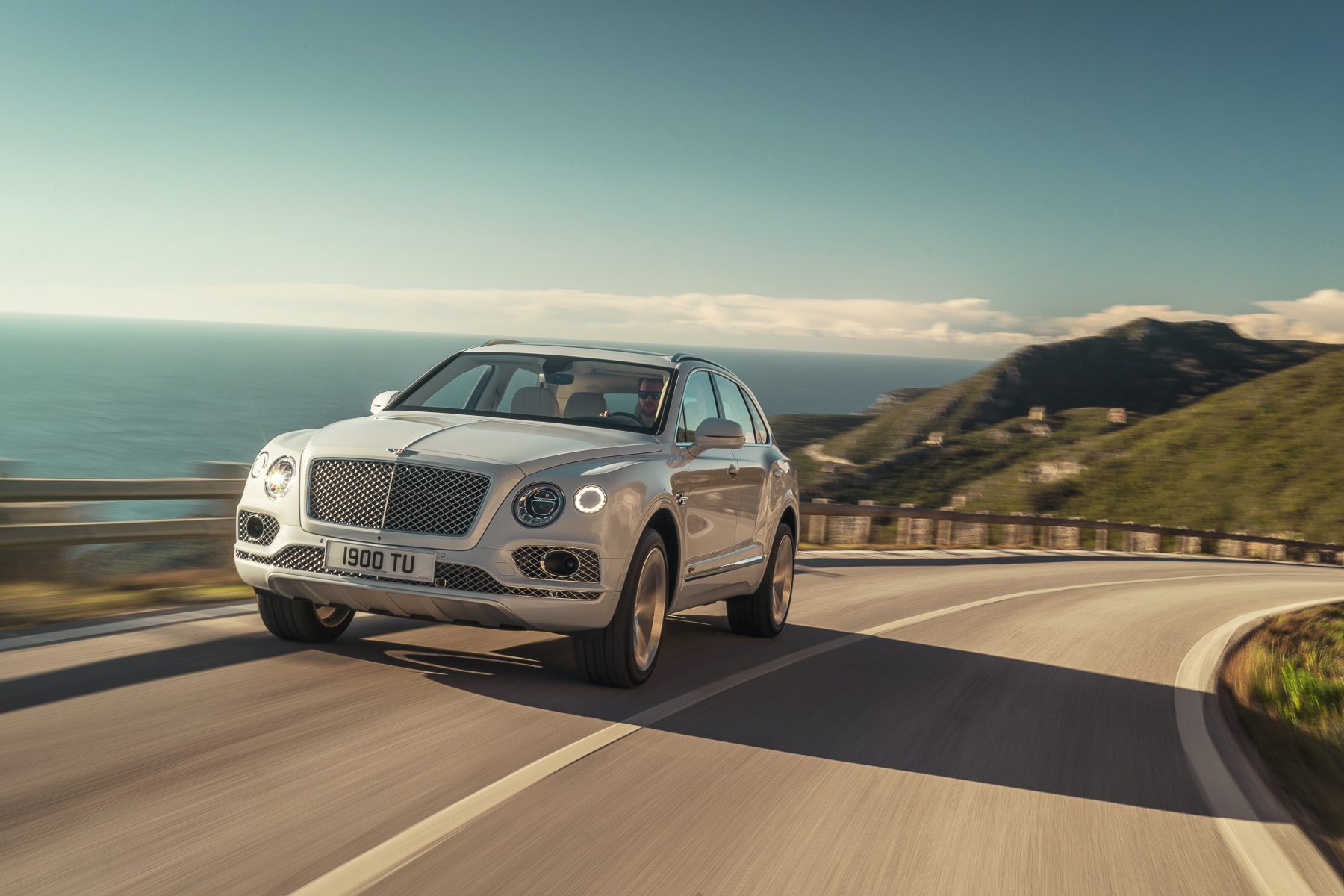 When it comes to luxury, few can beat Bentley, and it’s clear that the British marque is going to be gunning for the Range Rover PHEV’s ‘most luxurious hybrid SUV’ crown with this car.
When it comes to luxury, few can beat Bentley, and it’s clear that the British marque is going to be gunning for the Range Rover PHEV’s ‘most luxurious hybrid SUV’ crown with this car.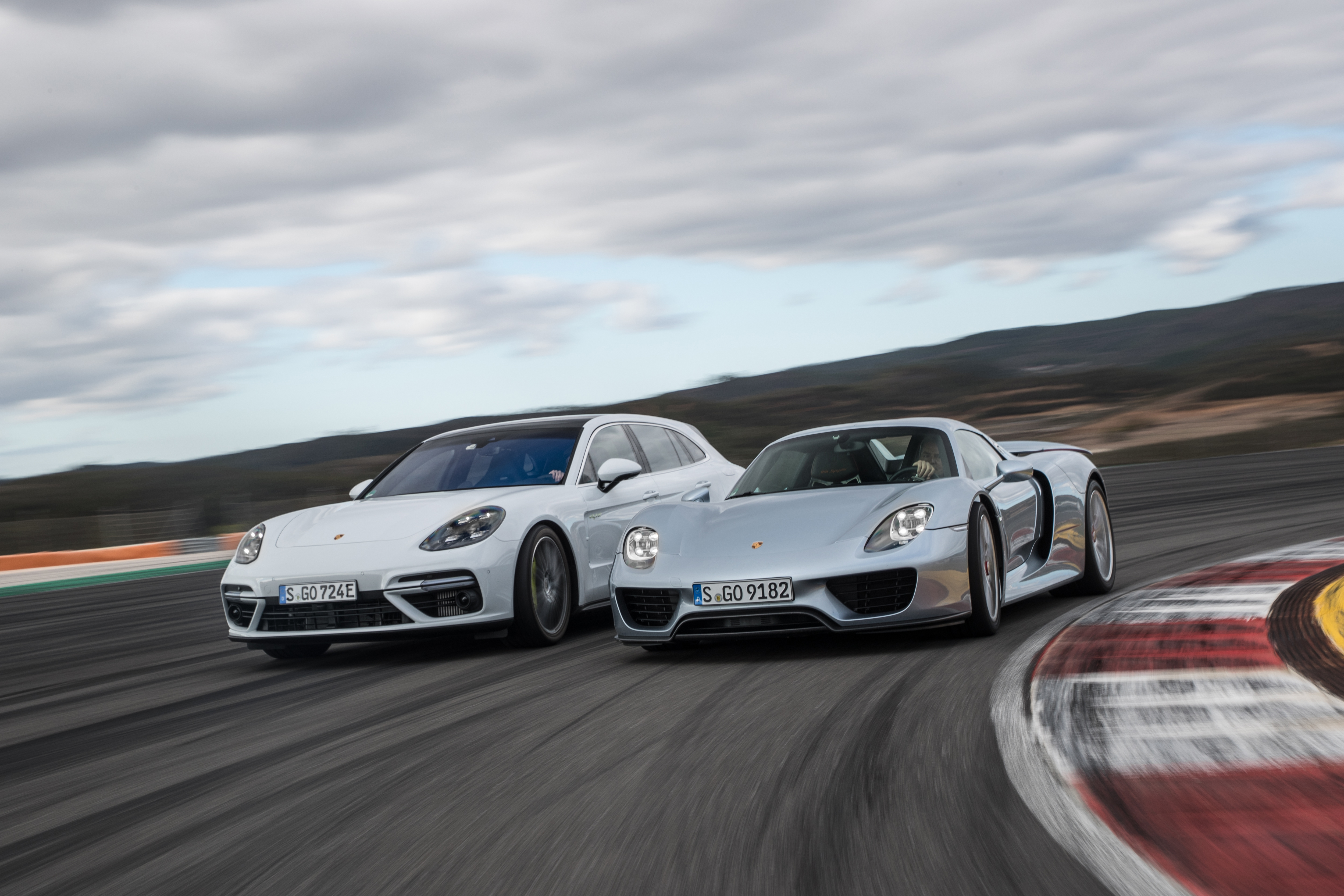
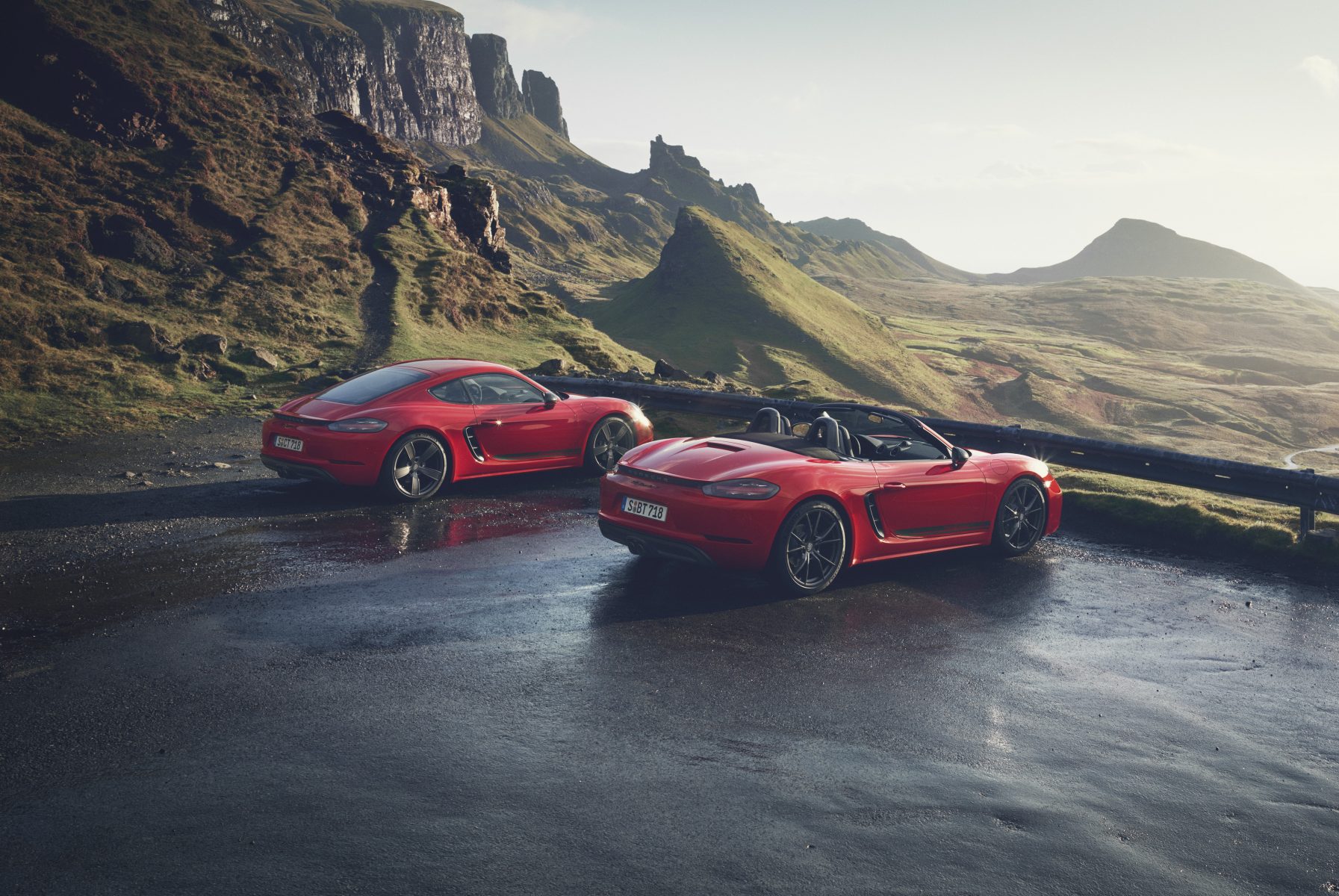 When the Boxster first arrived on the scene in 1996, it was looked down upon in some circles for being the Porsche aimed at those who couldn’t afford a 911.
When the Boxster first arrived on the scene in 1996, it was looked down upon in some circles for being the Porsche aimed at those who couldn’t afford a 911.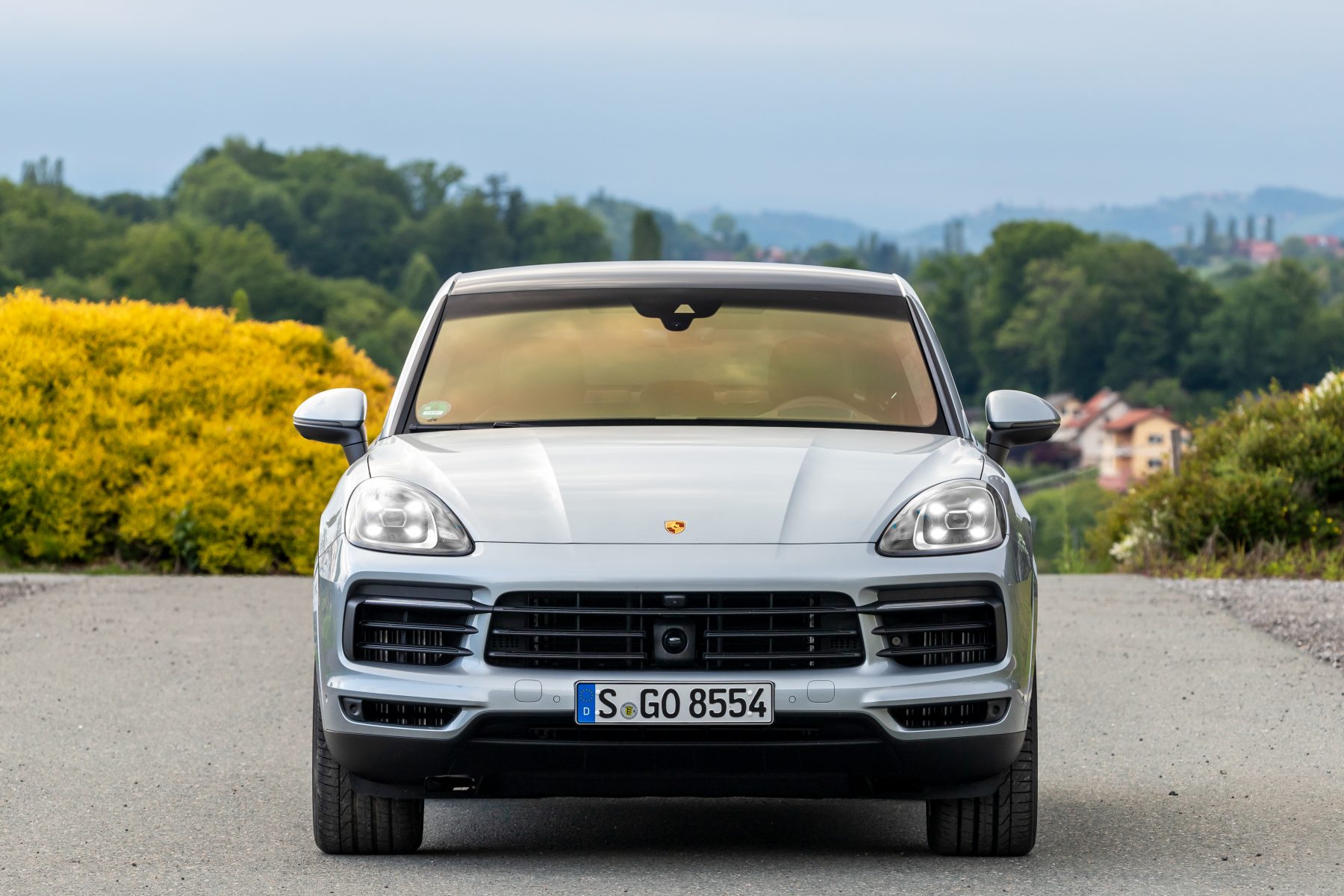 The Cayenne SUV was a bold choice for the marque, flying in the face of what purists saw as the brand’s identity. The perception of the Cayenne being a turn away from what Porsche had been known for to that point was not helped by the fact that a factory Le Mans racing programme was scrapped in favour of the Cayenne.
The Cayenne SUV was a bold choice for the marque, flying in the face of what purists saw as the brand’s identity. The perception of the Cayenne being a turn away from what Porsche had been known for to that point was not helped by the fact that a factory Le Mans racing programme was scrapped in favour of the Cayenne.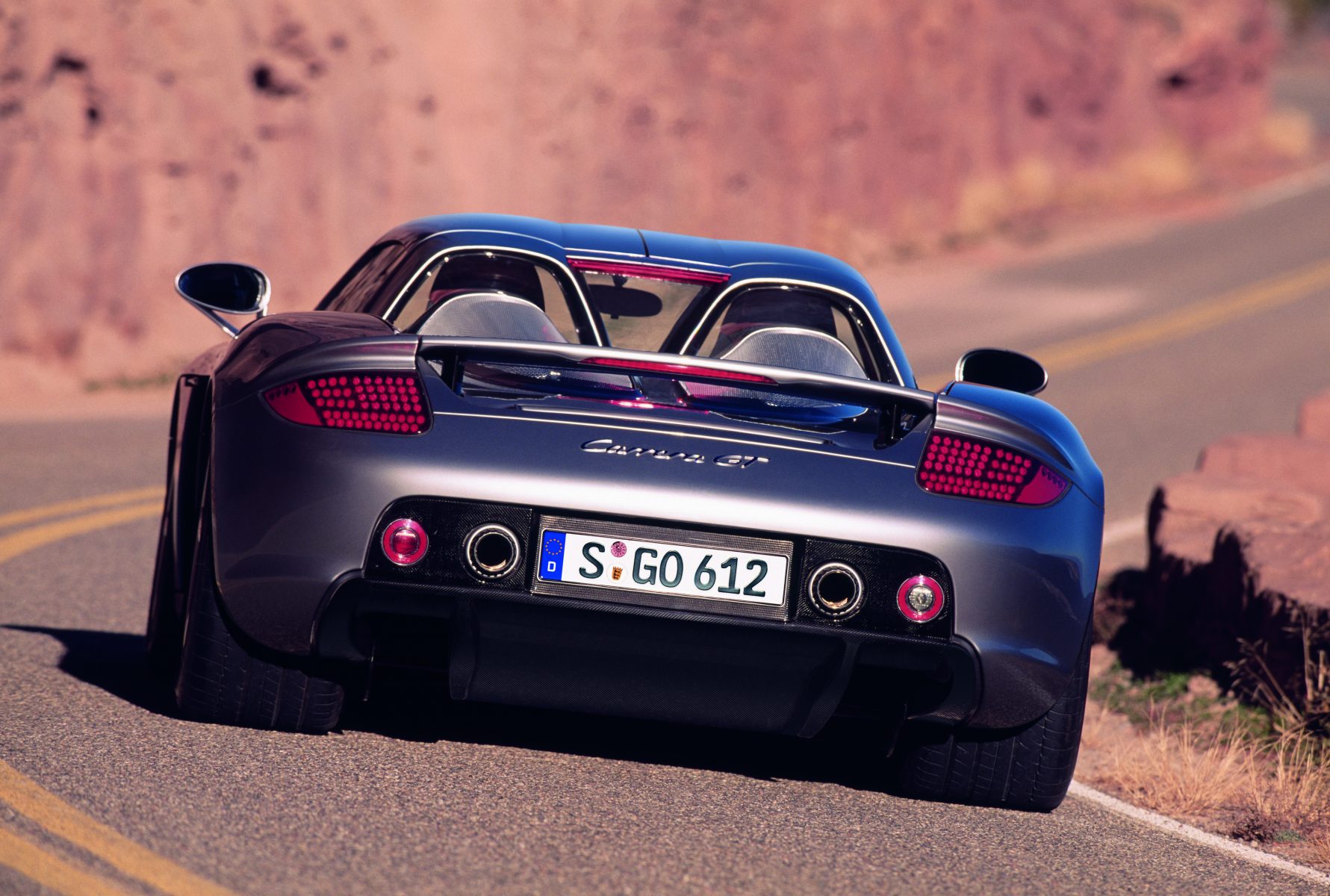 While the Cayenne did mean the end of a racing programme at the eleventh hour, the hard work of the engineers wasn’t put to waste.
While the Cayenne did mean the end of a racing programme at the eleventh hour, the hard work of the engineers wasn’t put to waste.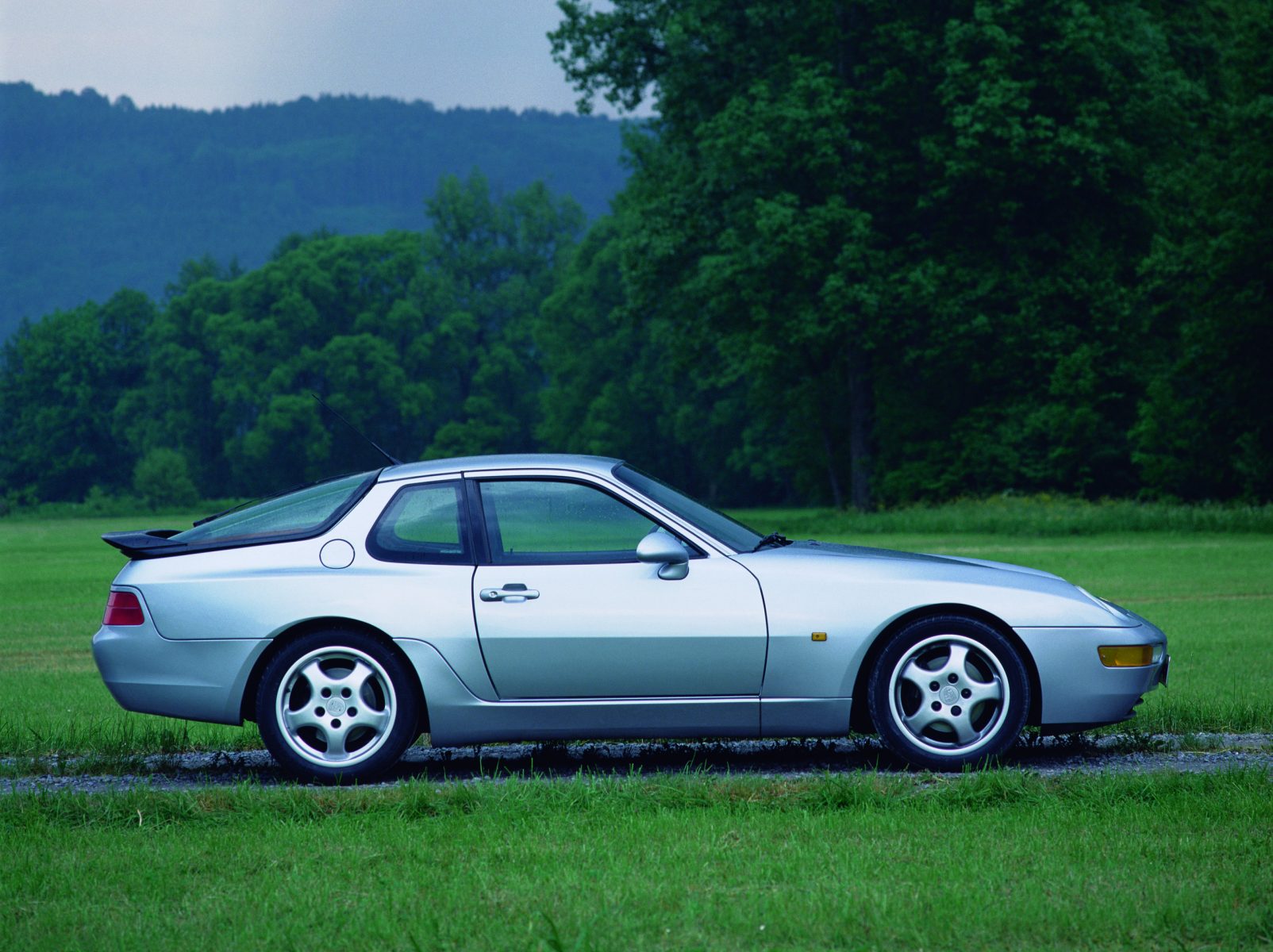 When it comes to Porsche’s front-engined offering of the late 70s, 80s and early 90s, it seems that time has done a lot to make the heart grow fonder.
When it comes to Porsche’s front-engined offering of the late 70s, 80s and early 90s, it seems that time has done a lot to make the heart grow fonder.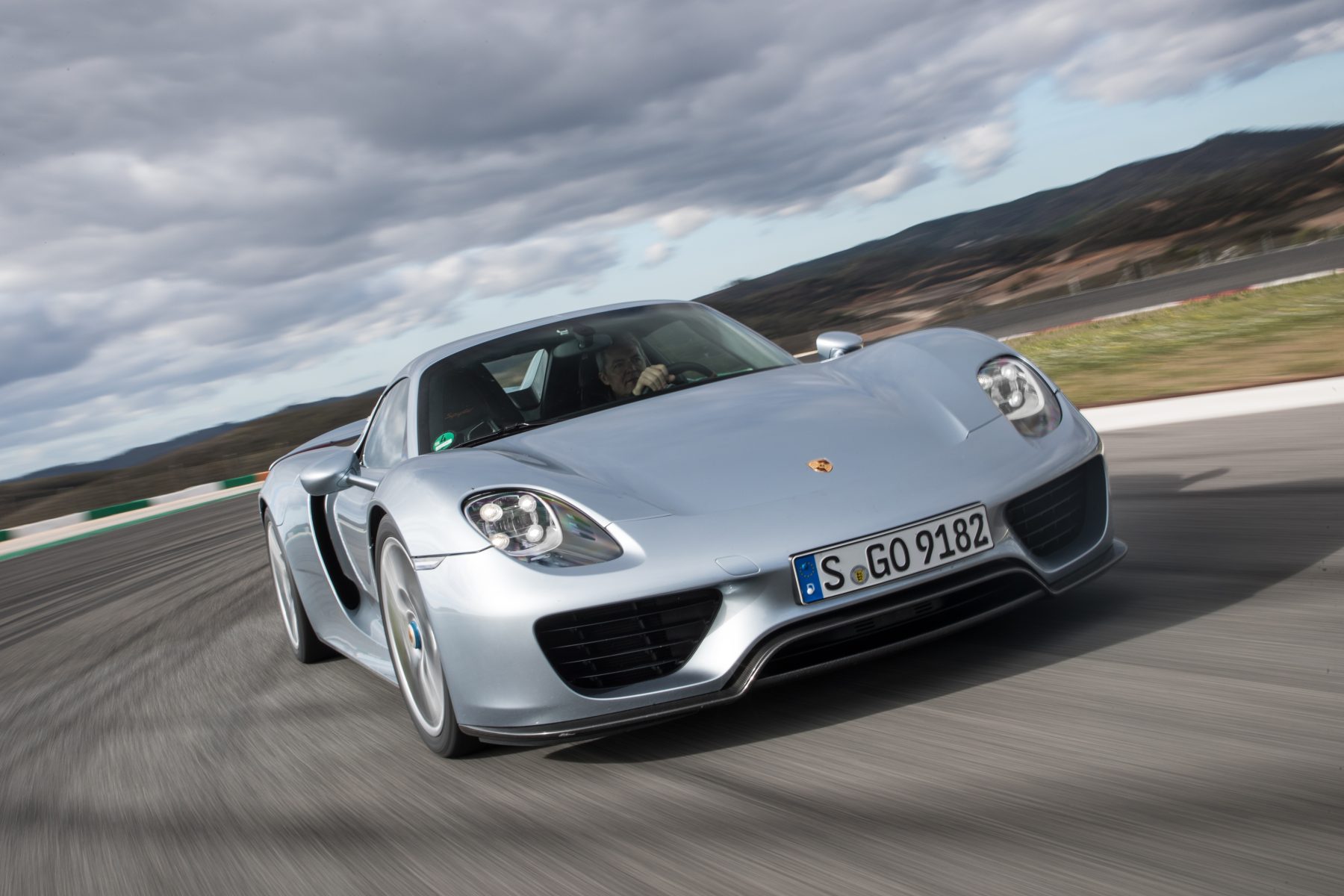 To say that the 918 Spyder had a lot to live up to is perhaps the mother of all understatements.
To say that the 918 Spyder had a lot to live up to is perhaps the mother of all understatements.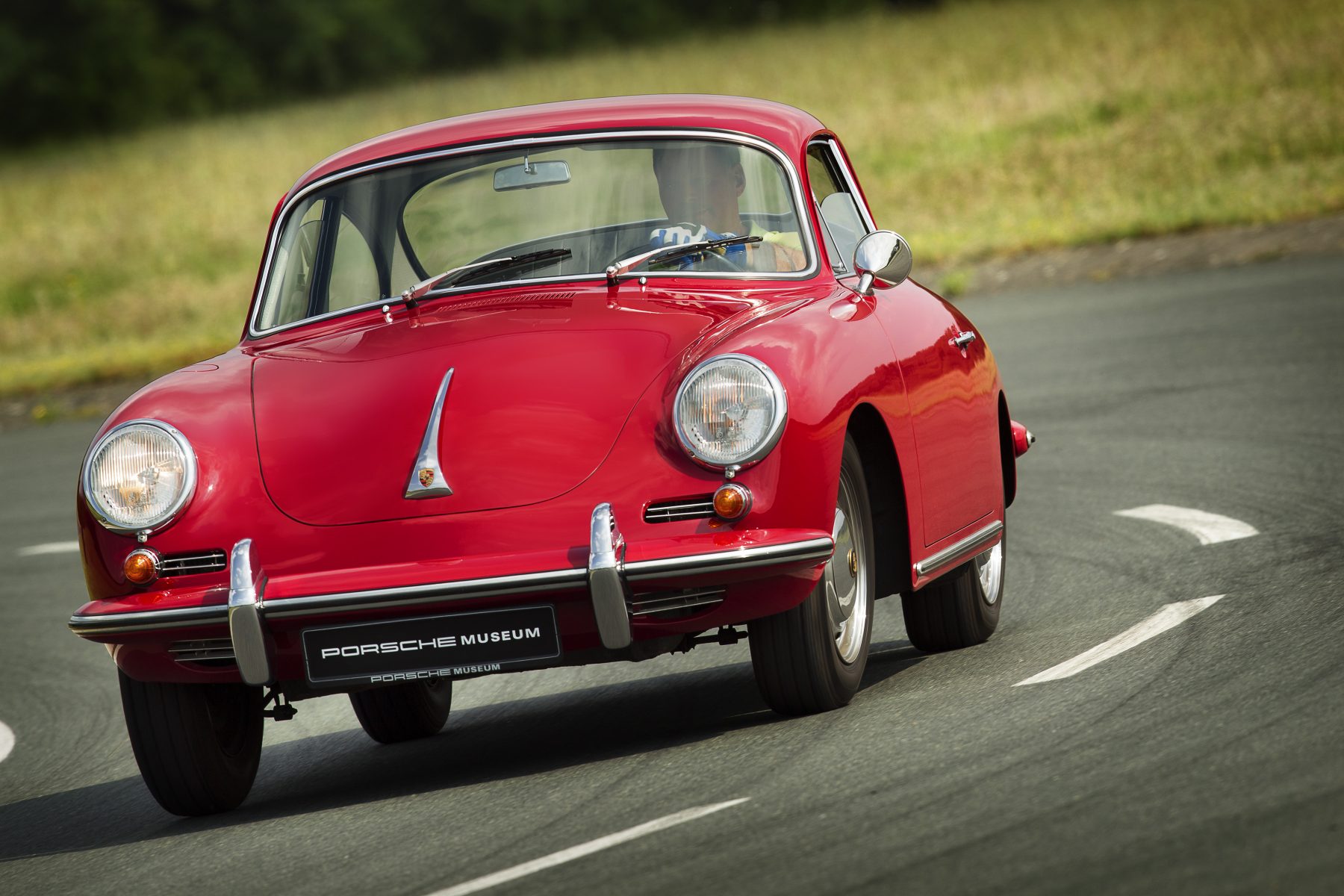 While it would be a bold move to argue in favour of this Porsche being the best, it is certainly the original.
While it would be a bold move to argue in favour of this Porsche being the best, it is certainly the original.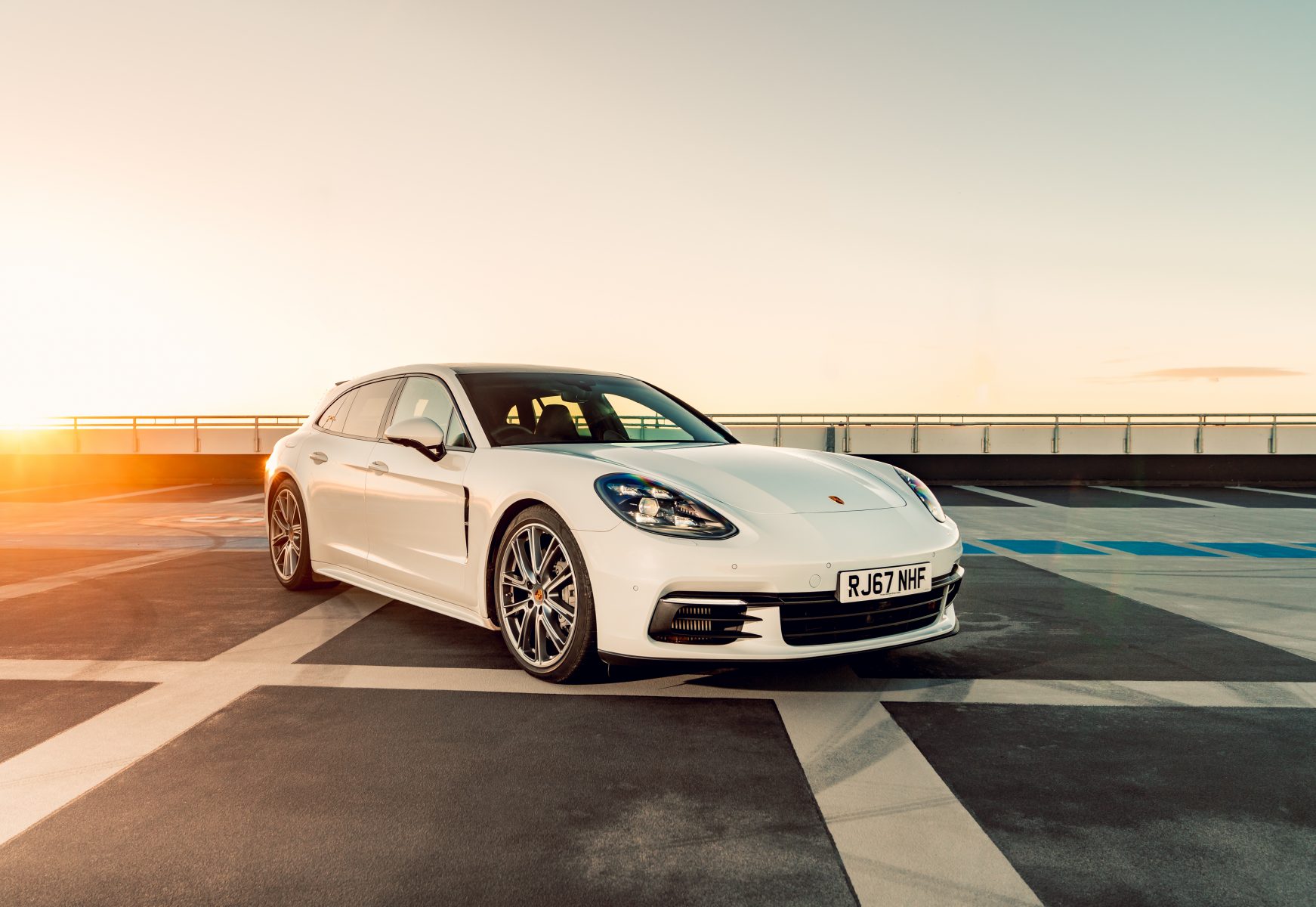 Porsche had been experimenting with the idea of a saloon-style car long before the arrival of this car, as can be seen courtesy of the 989 concept of the late-1980s.
Porsche had been experimenting with the idea of a saloon-style car long before the arrival of this car, as can be seen courtesy of the 989 concept of the late-1980s.